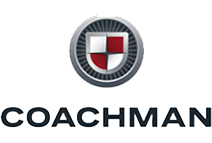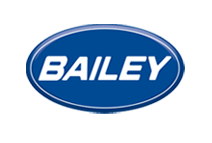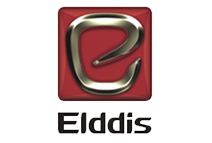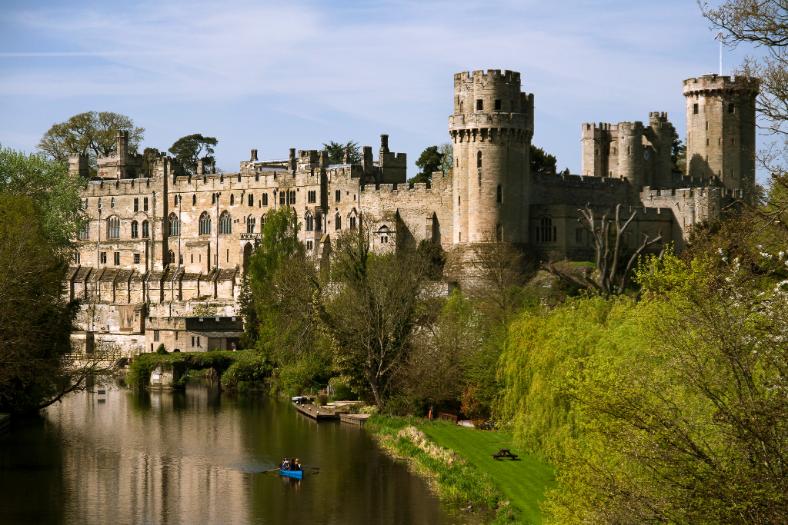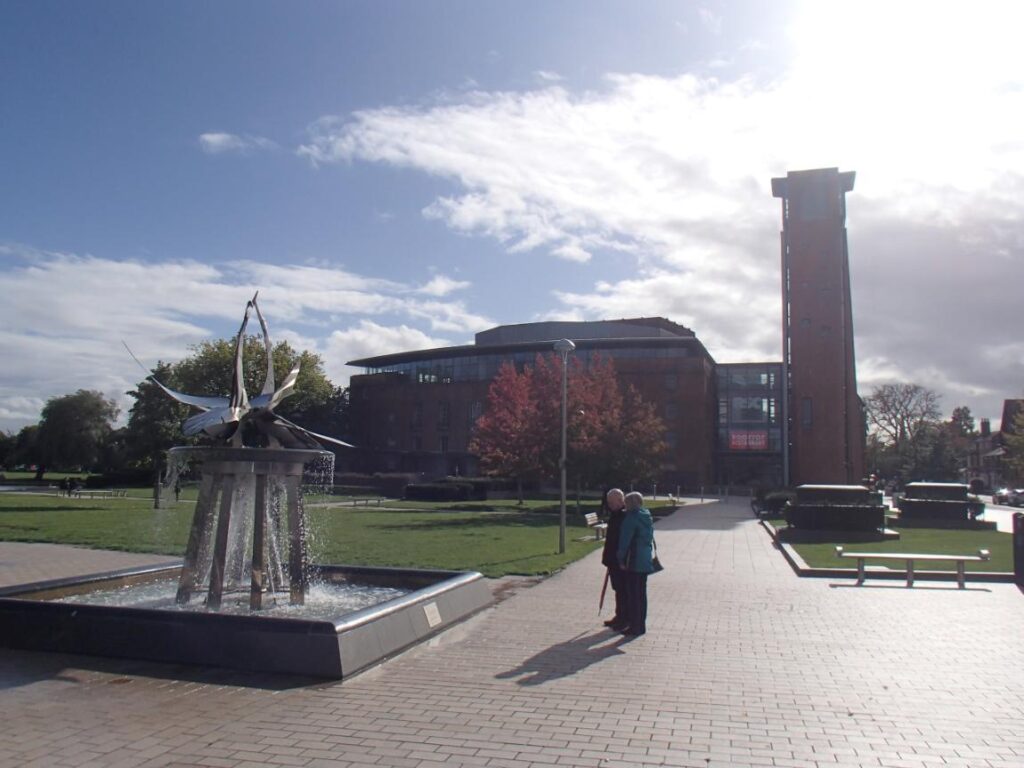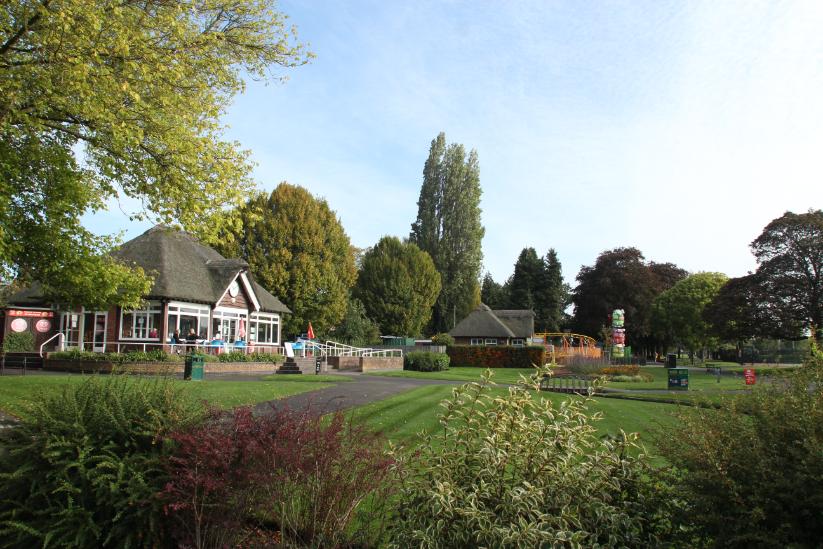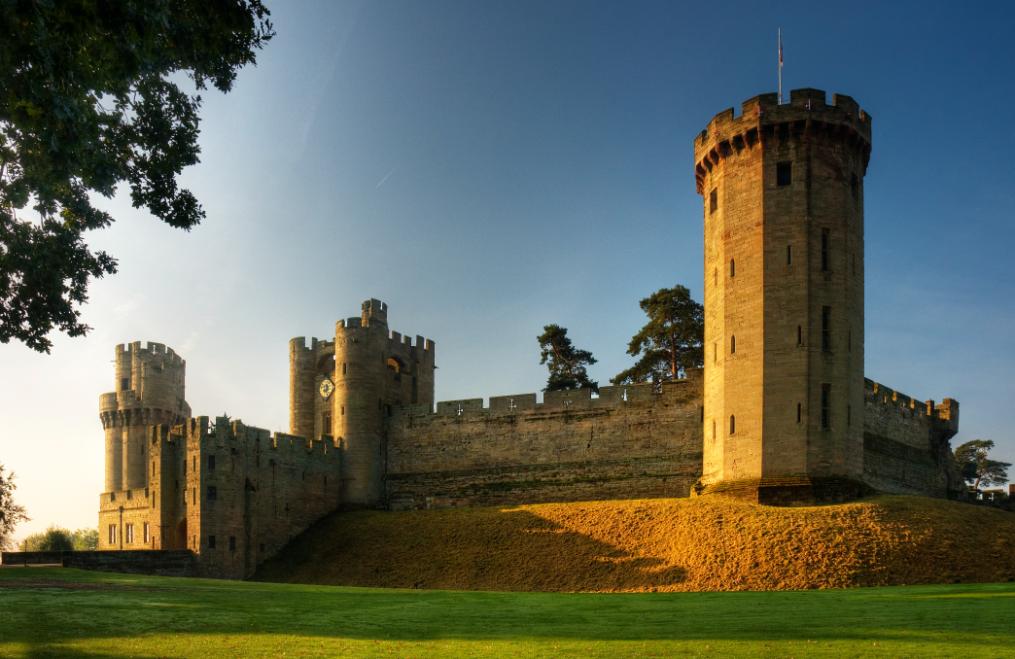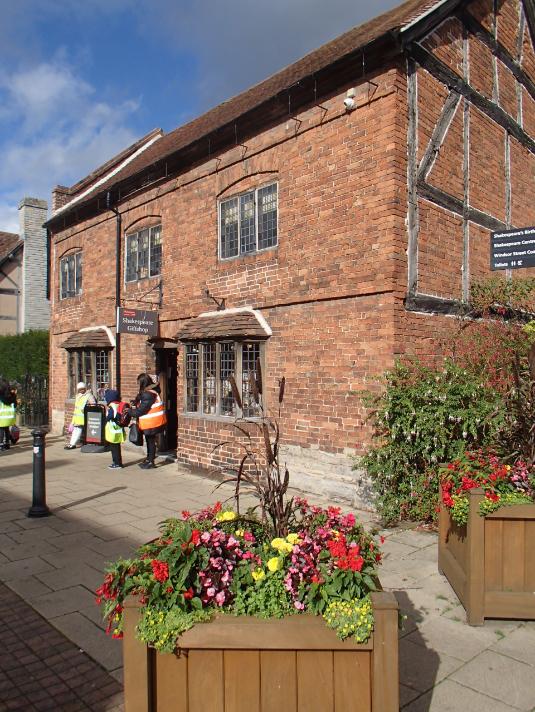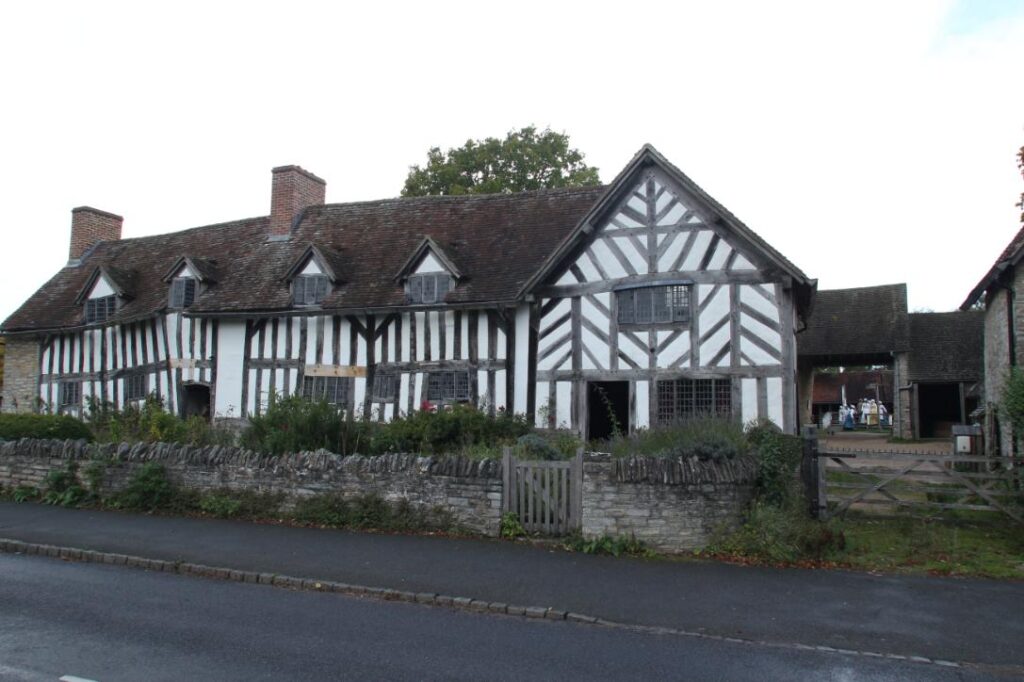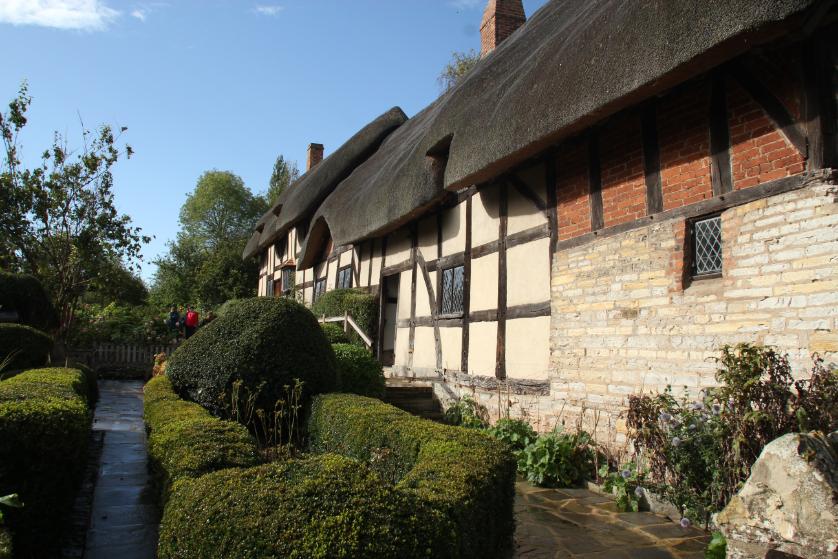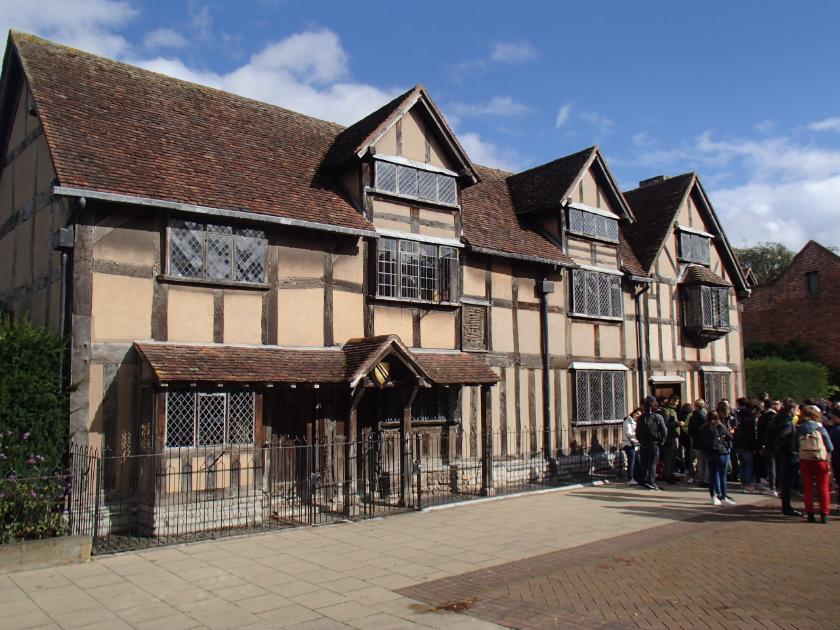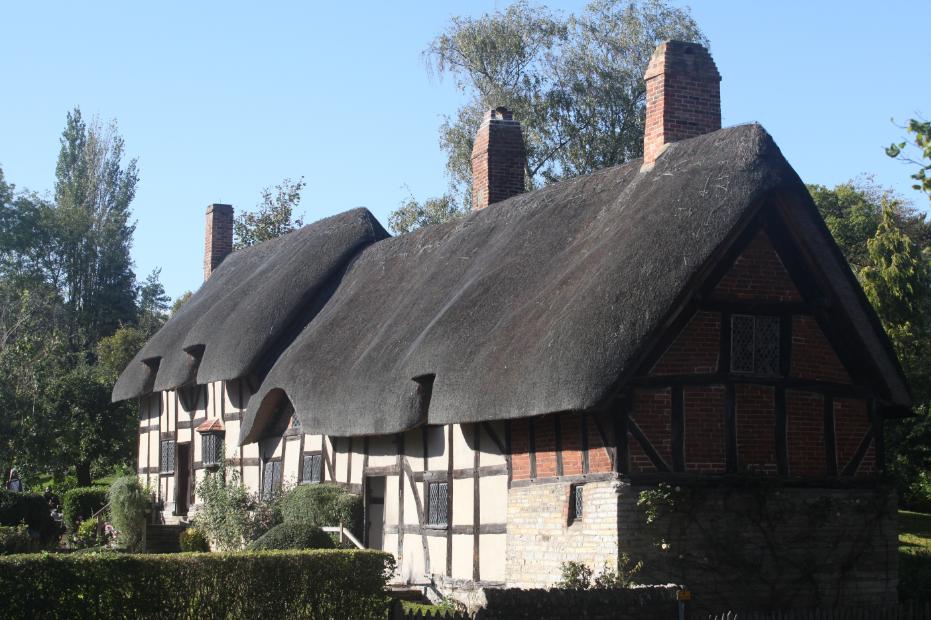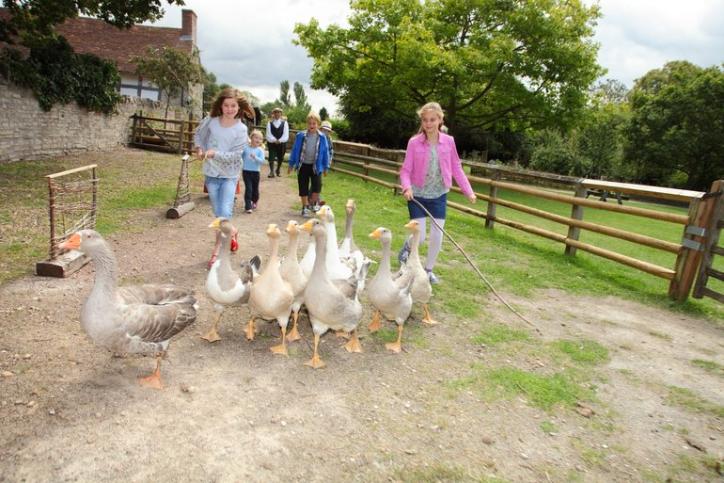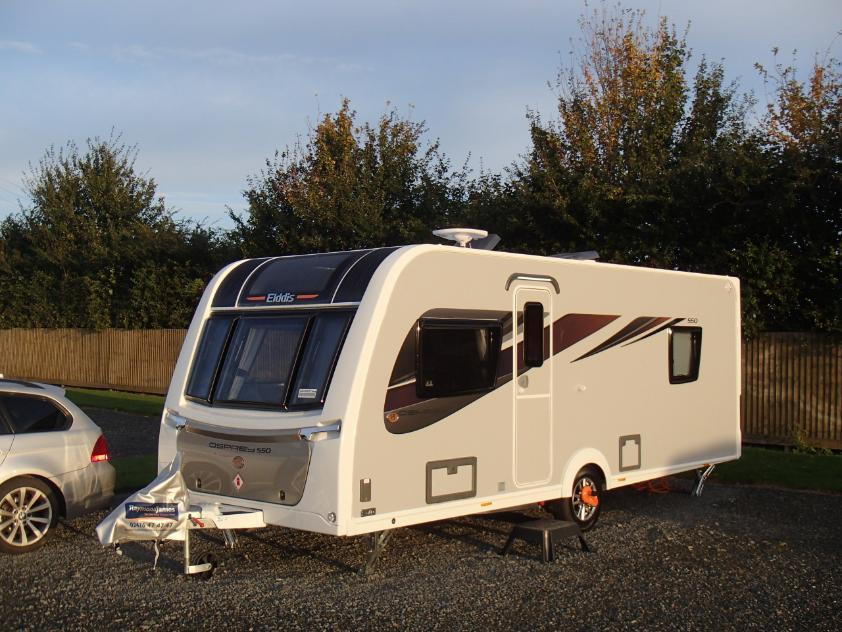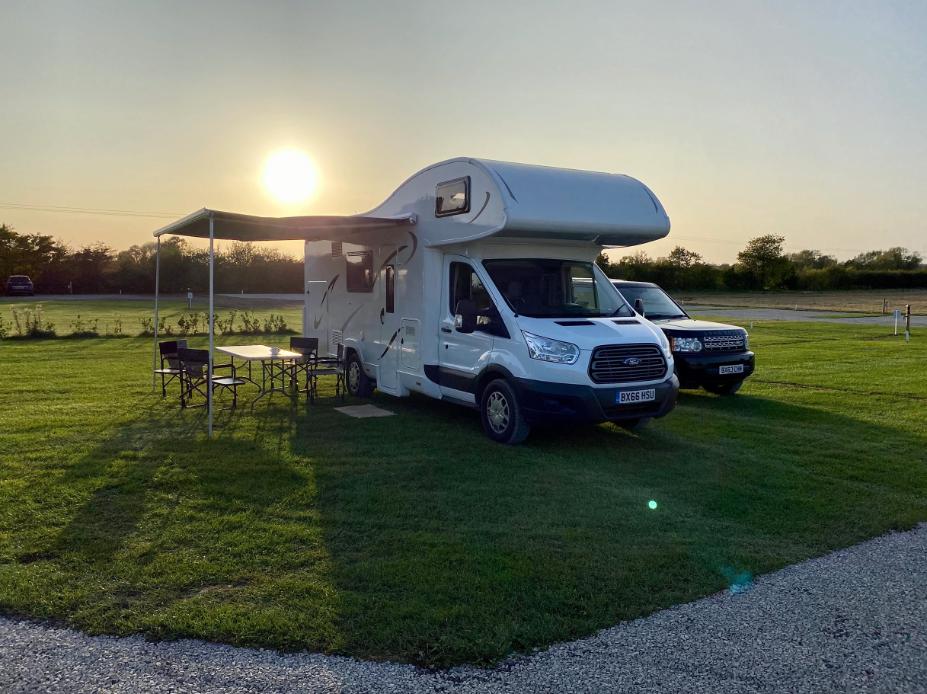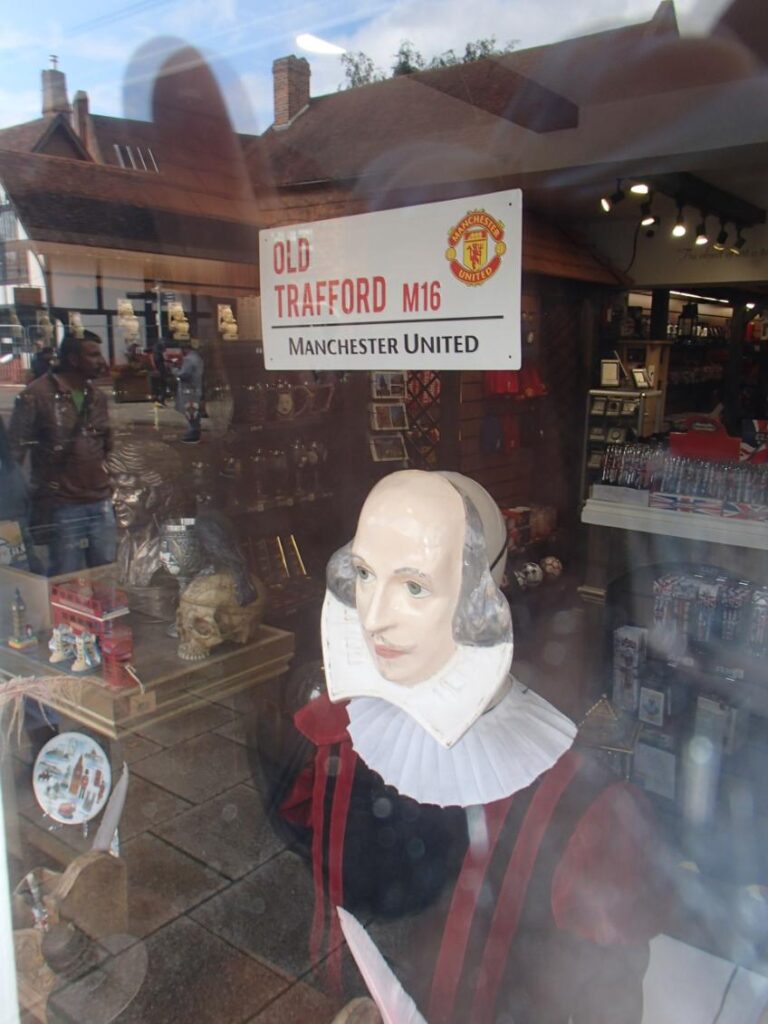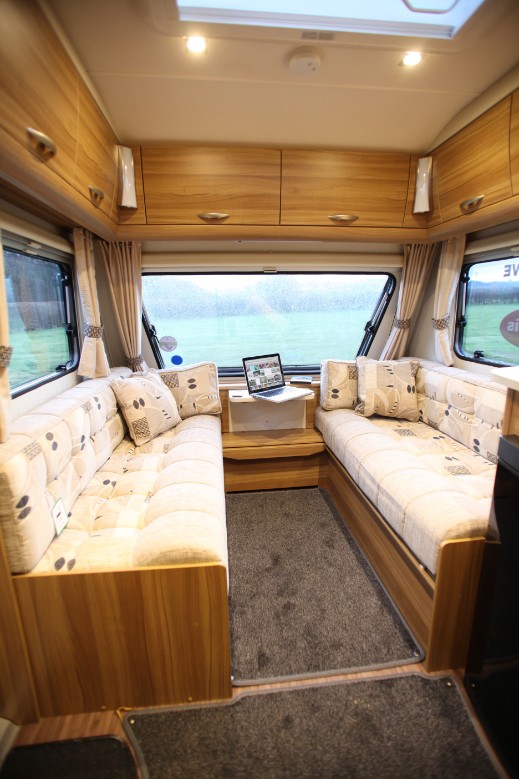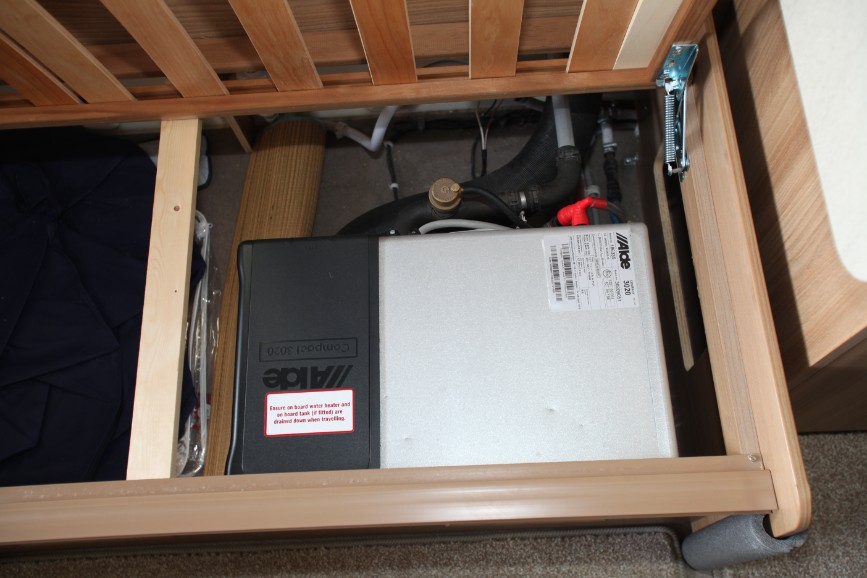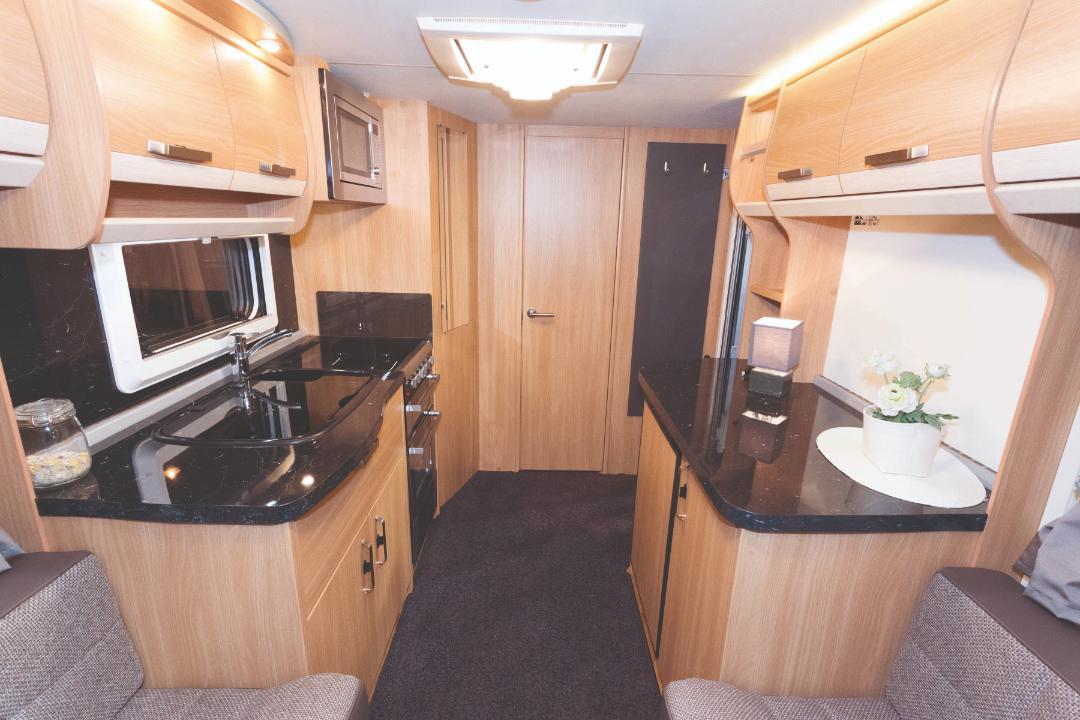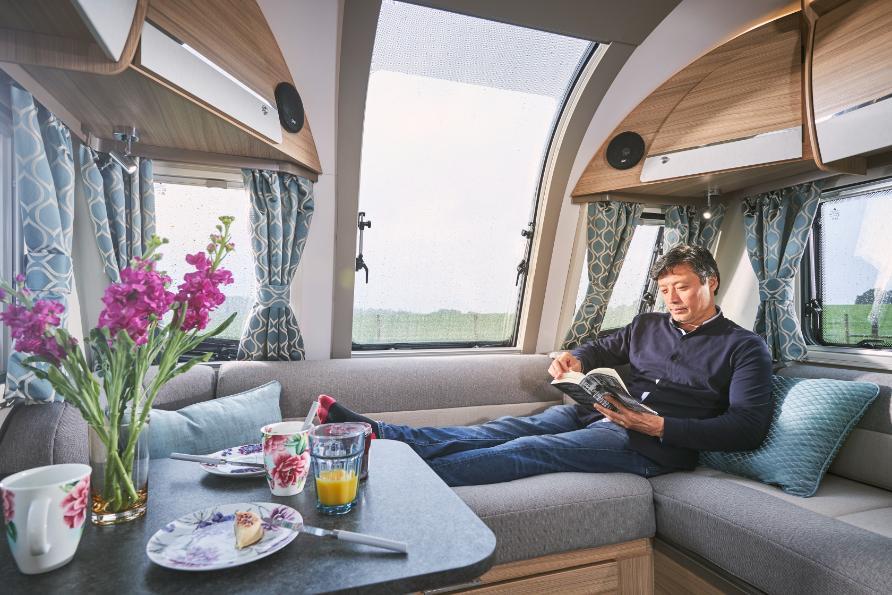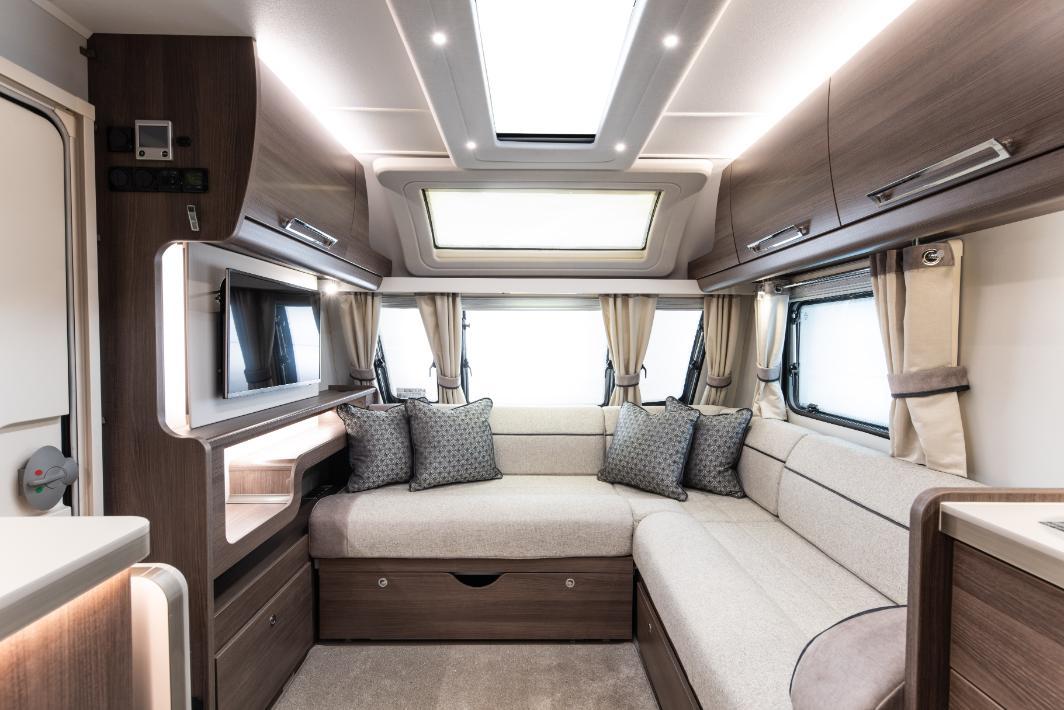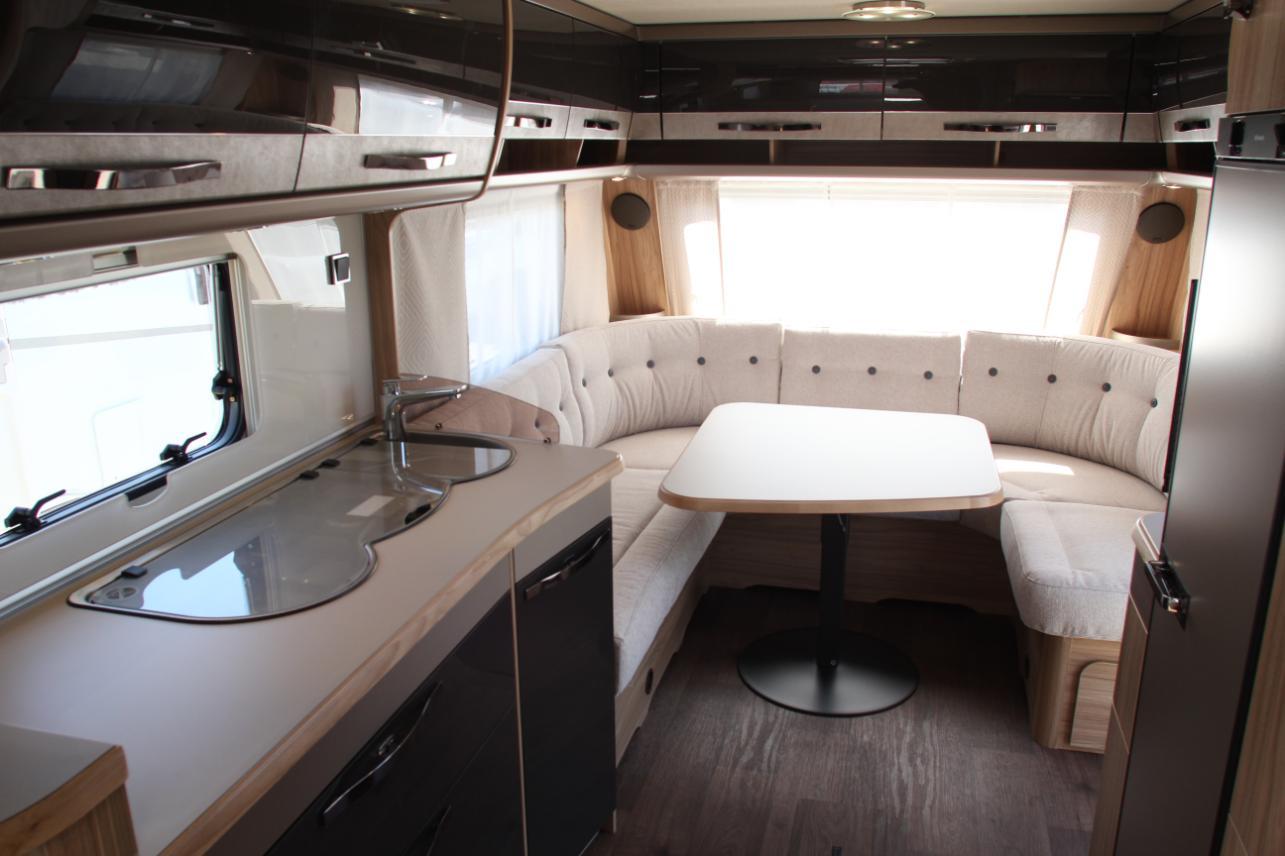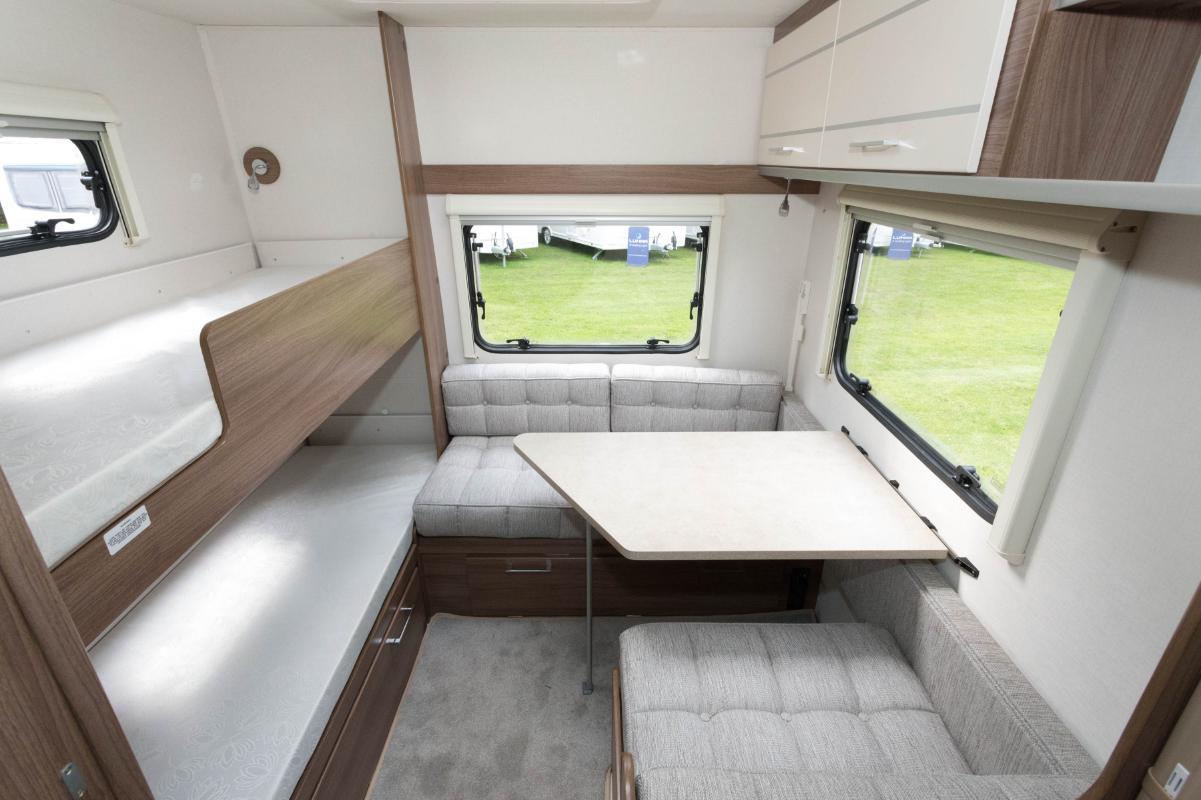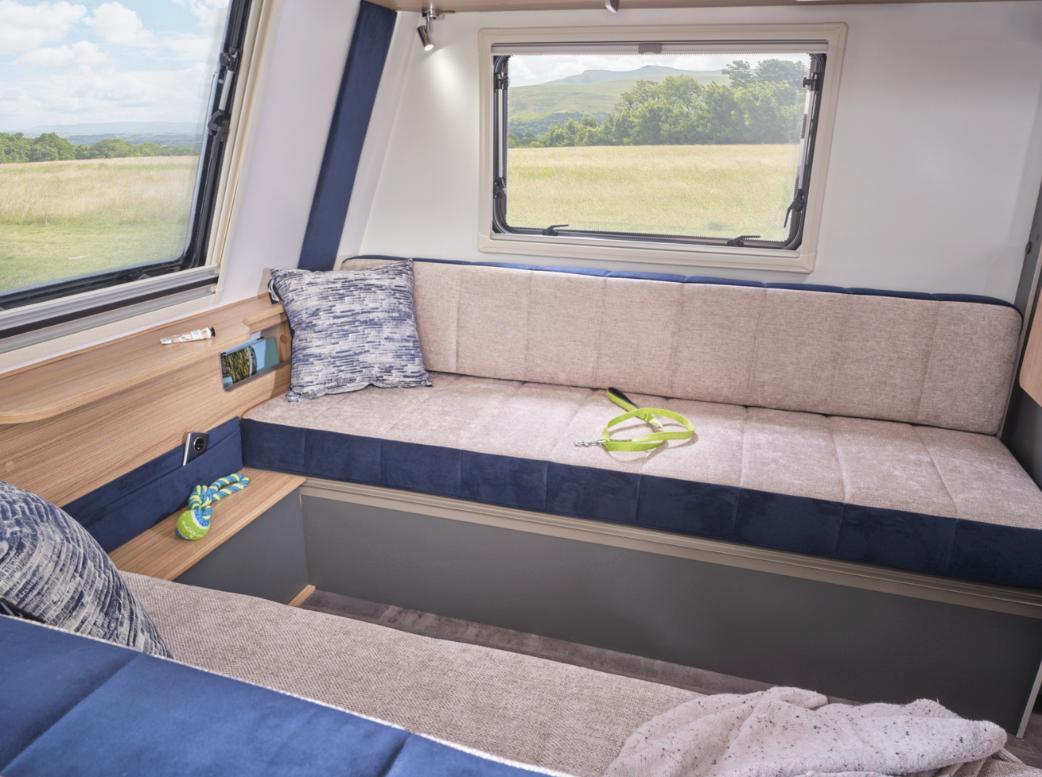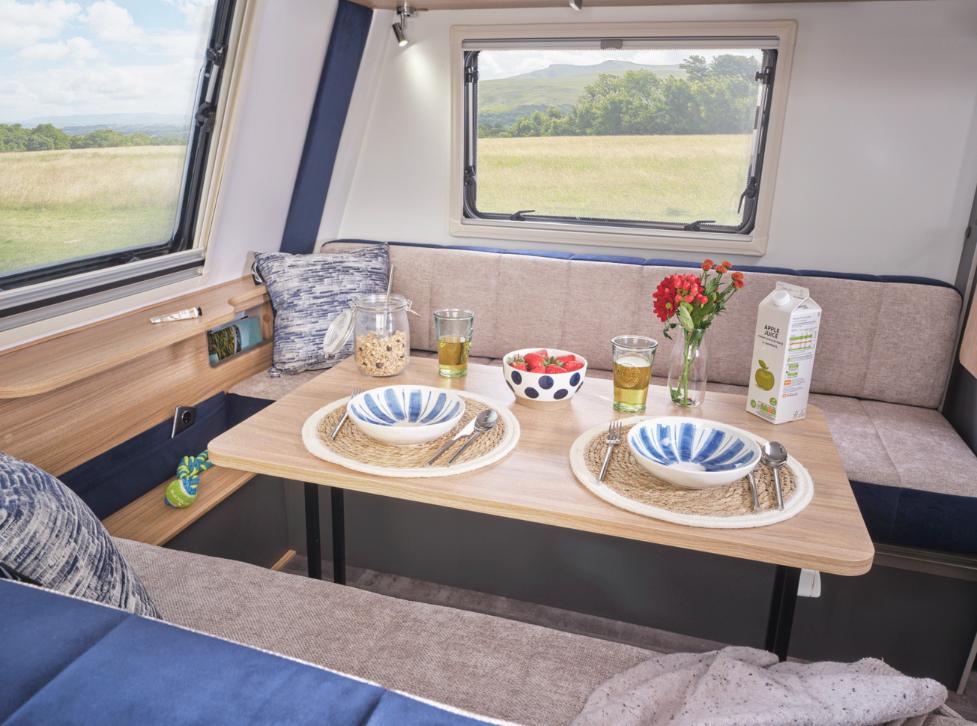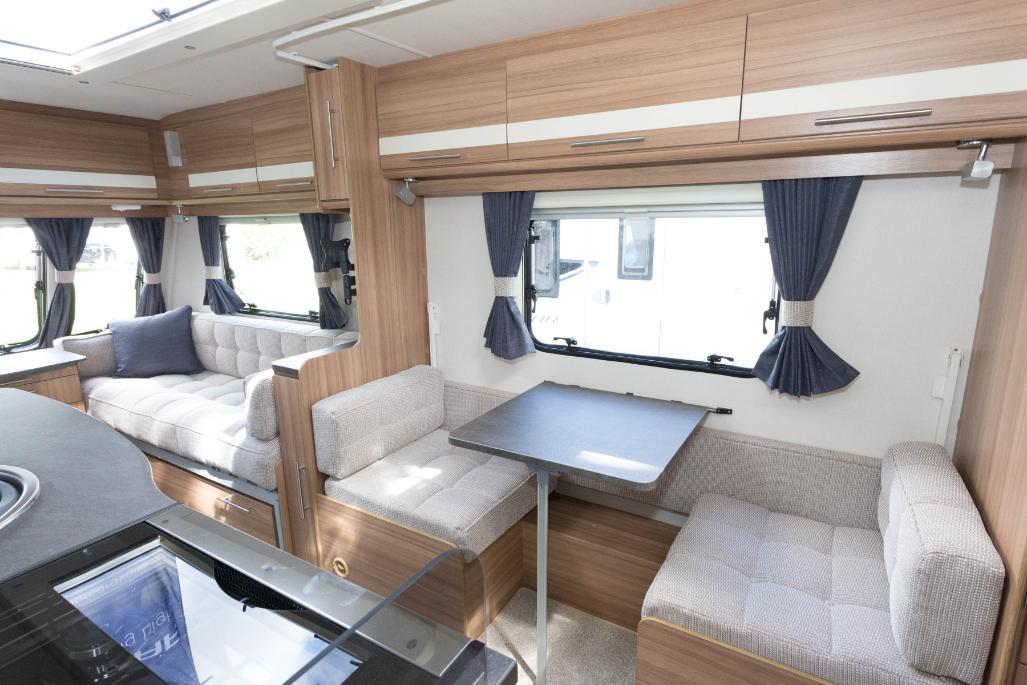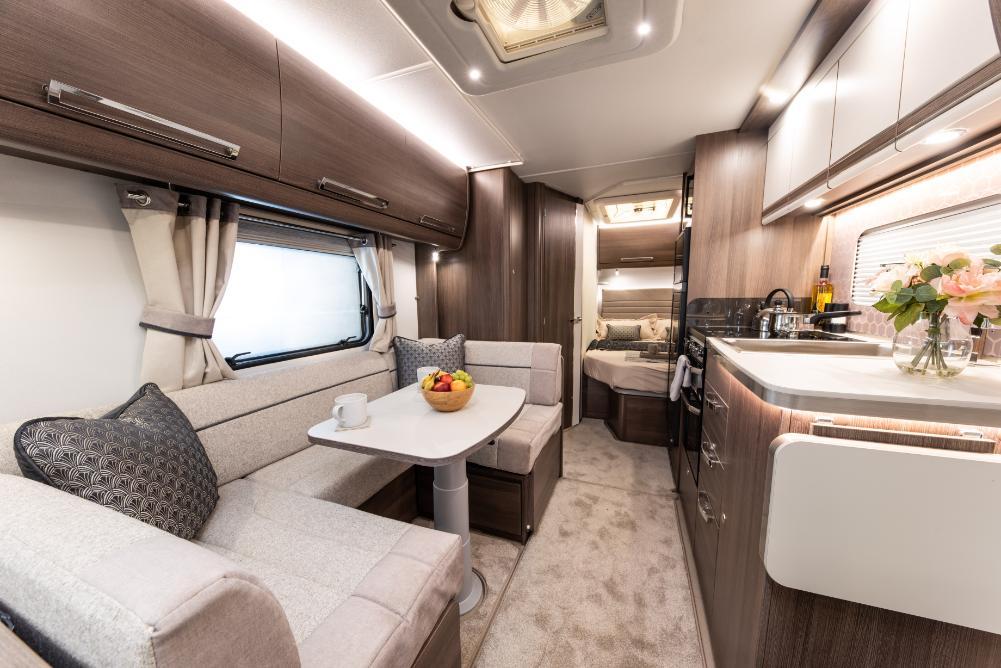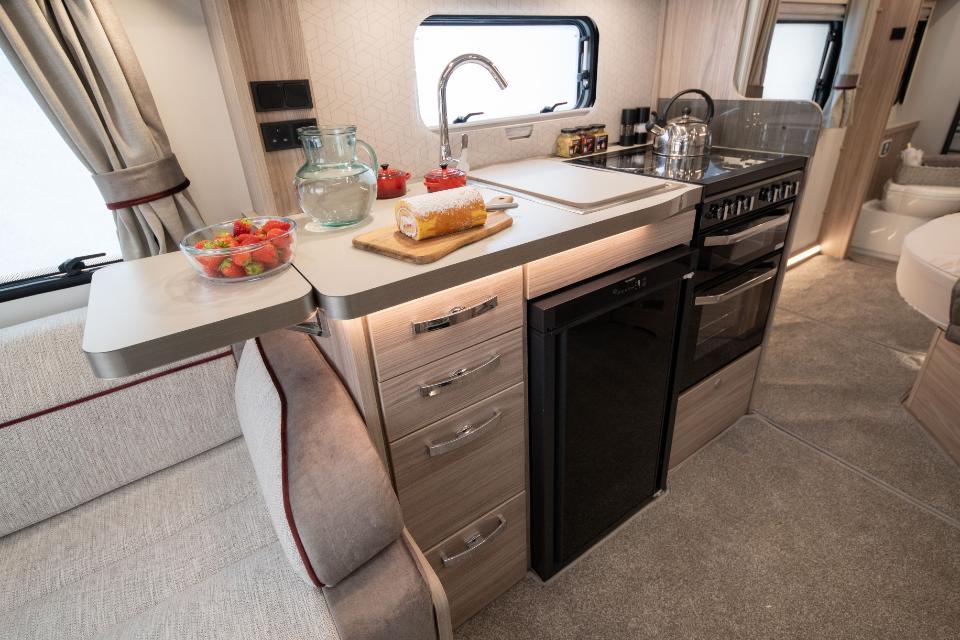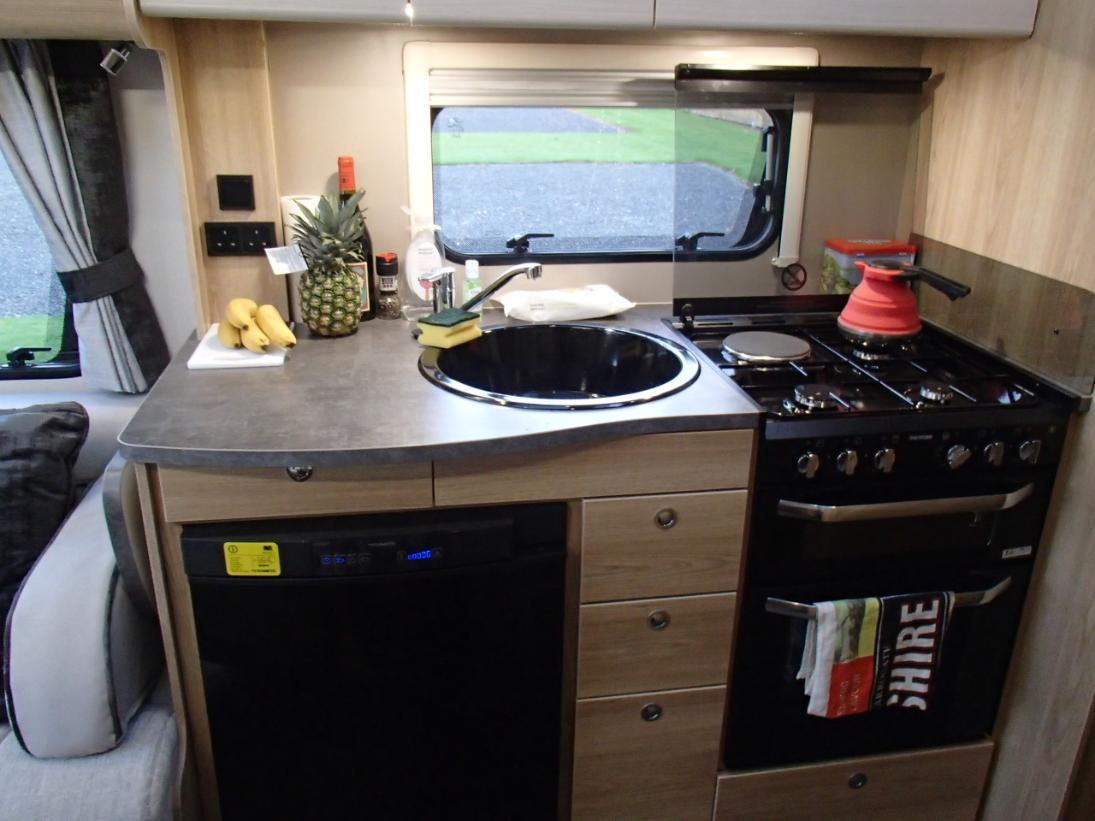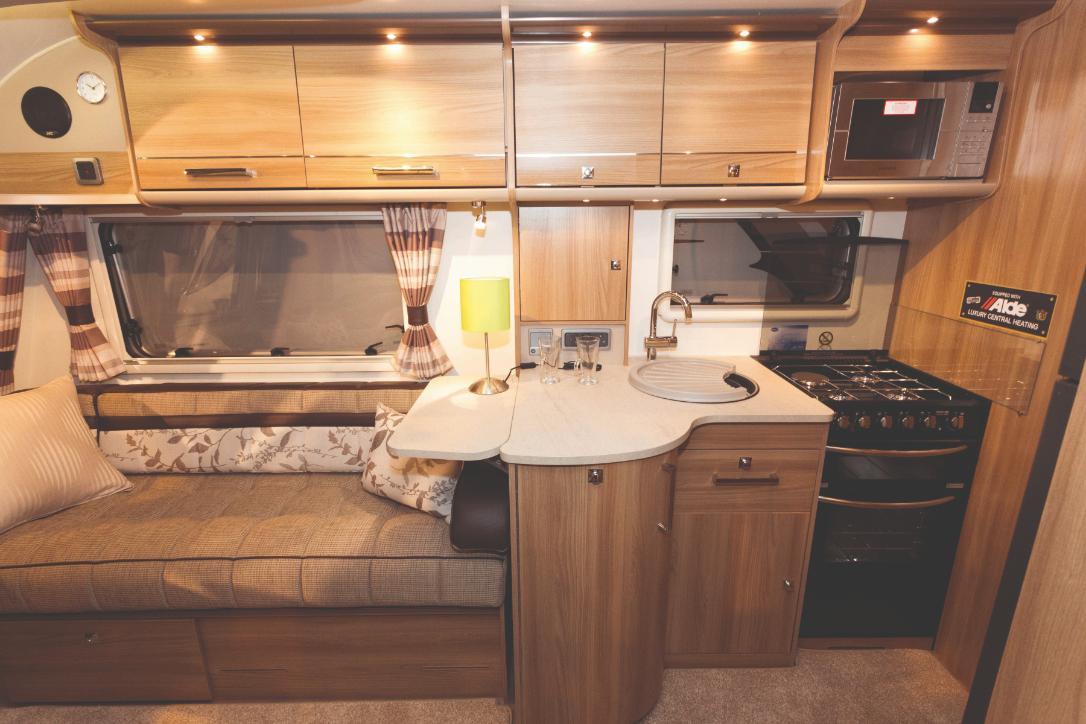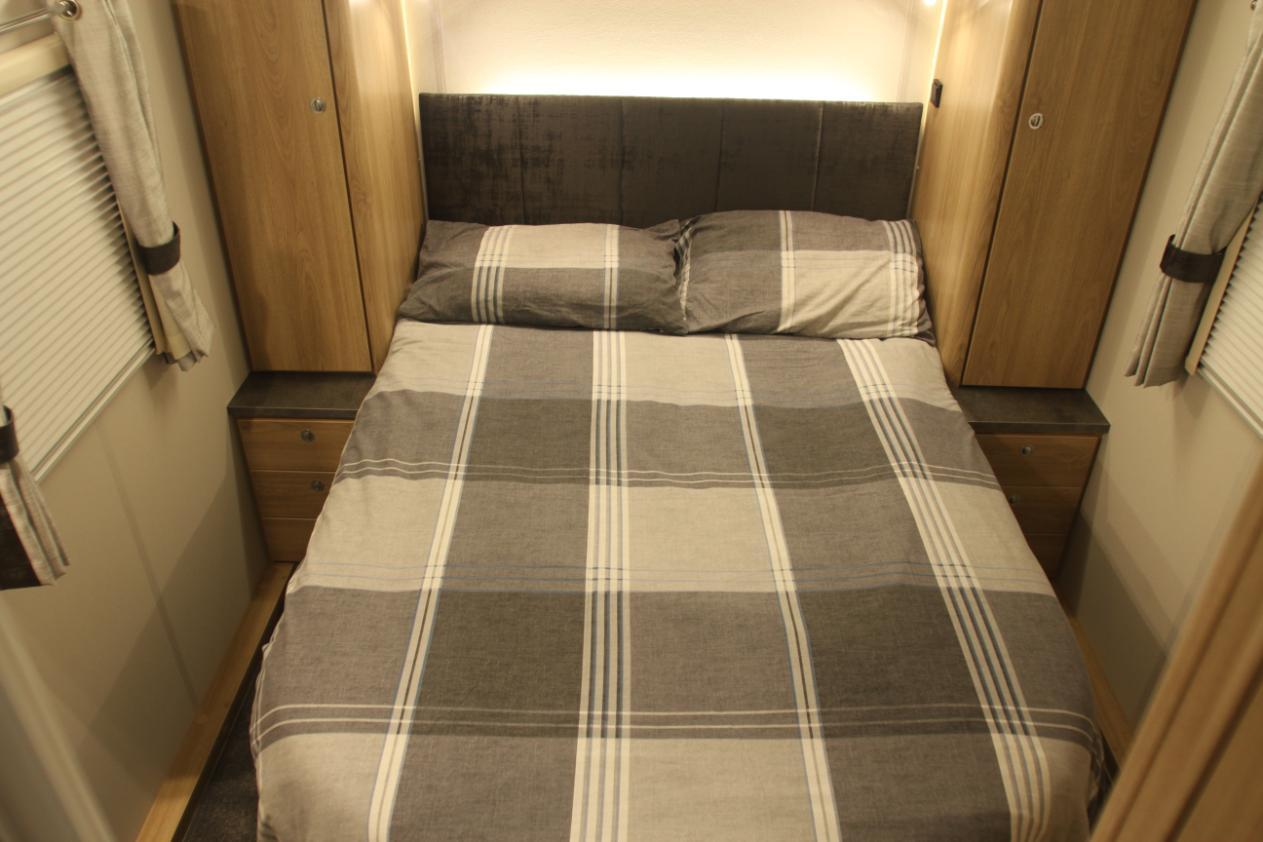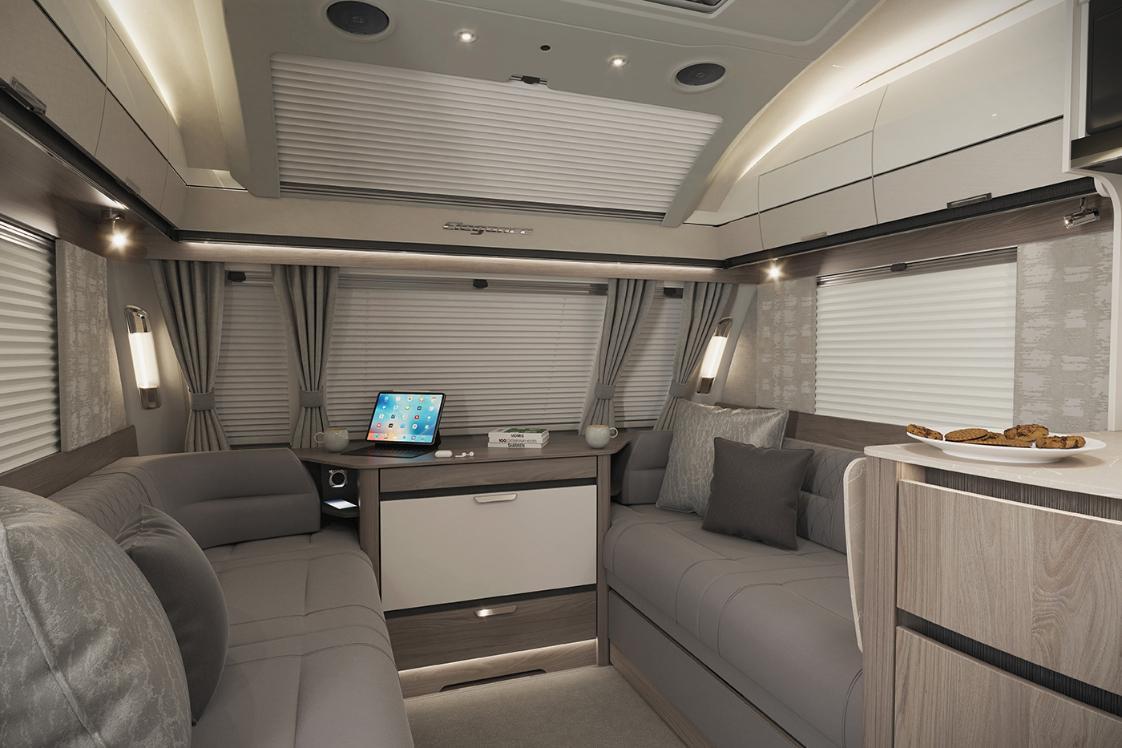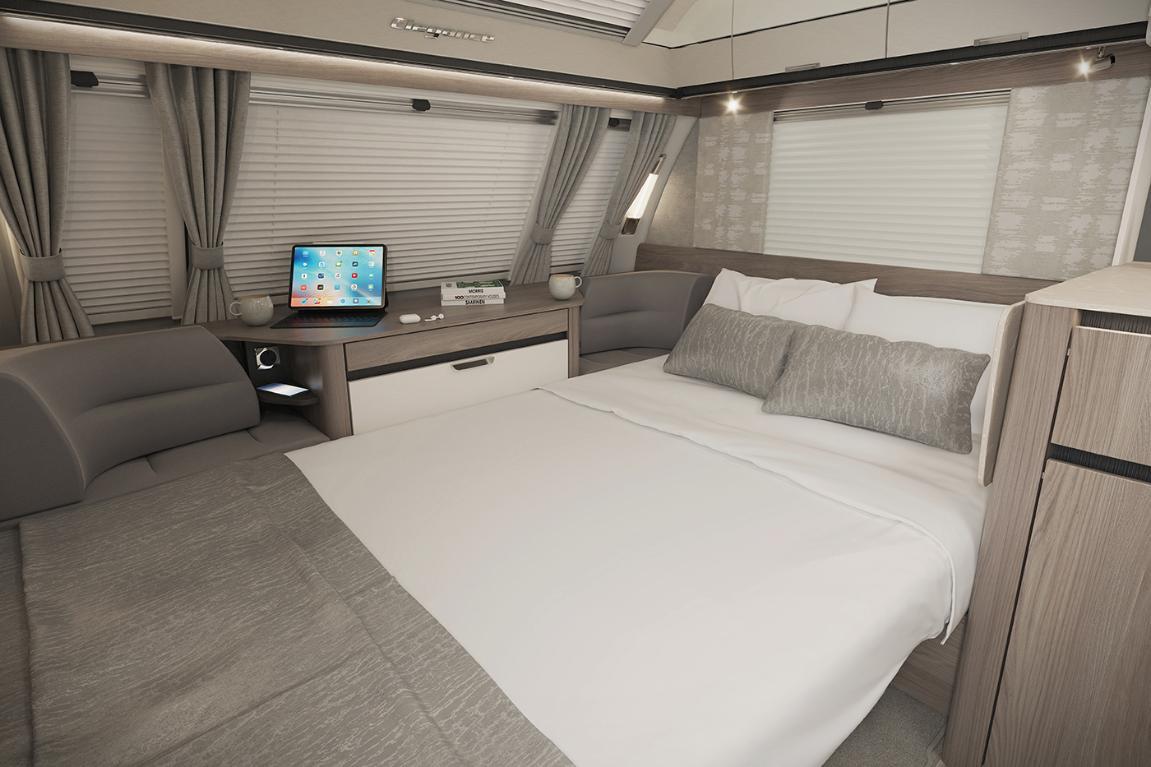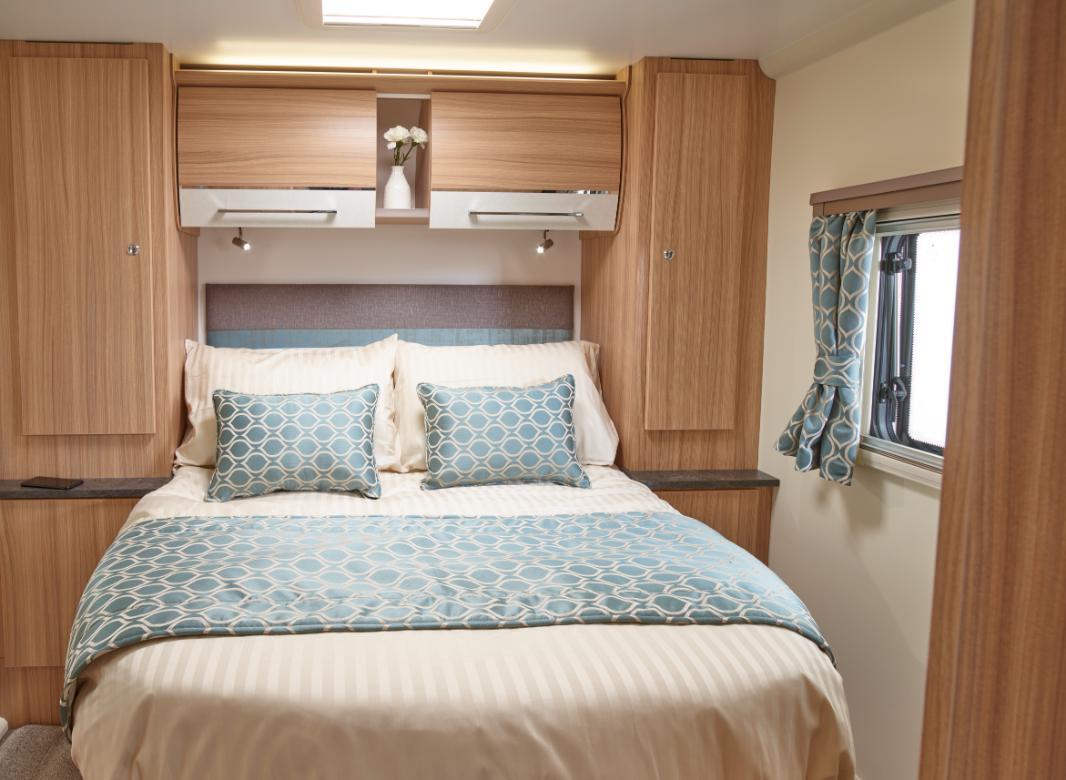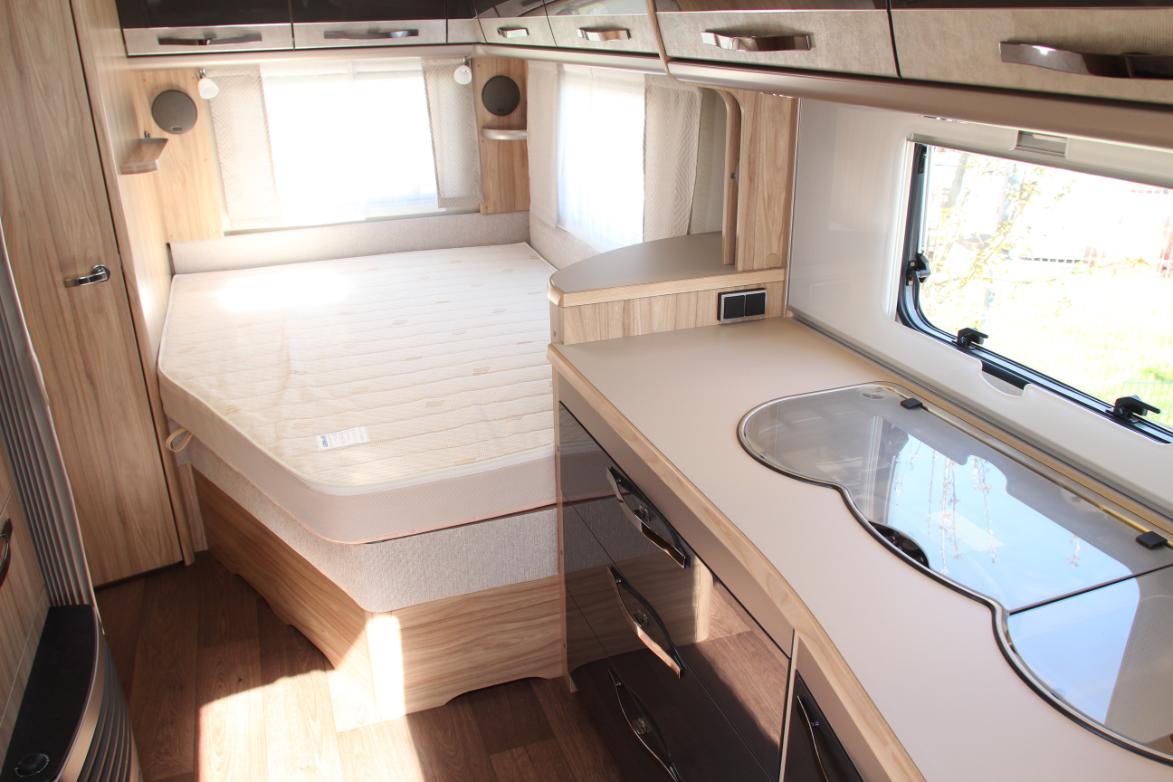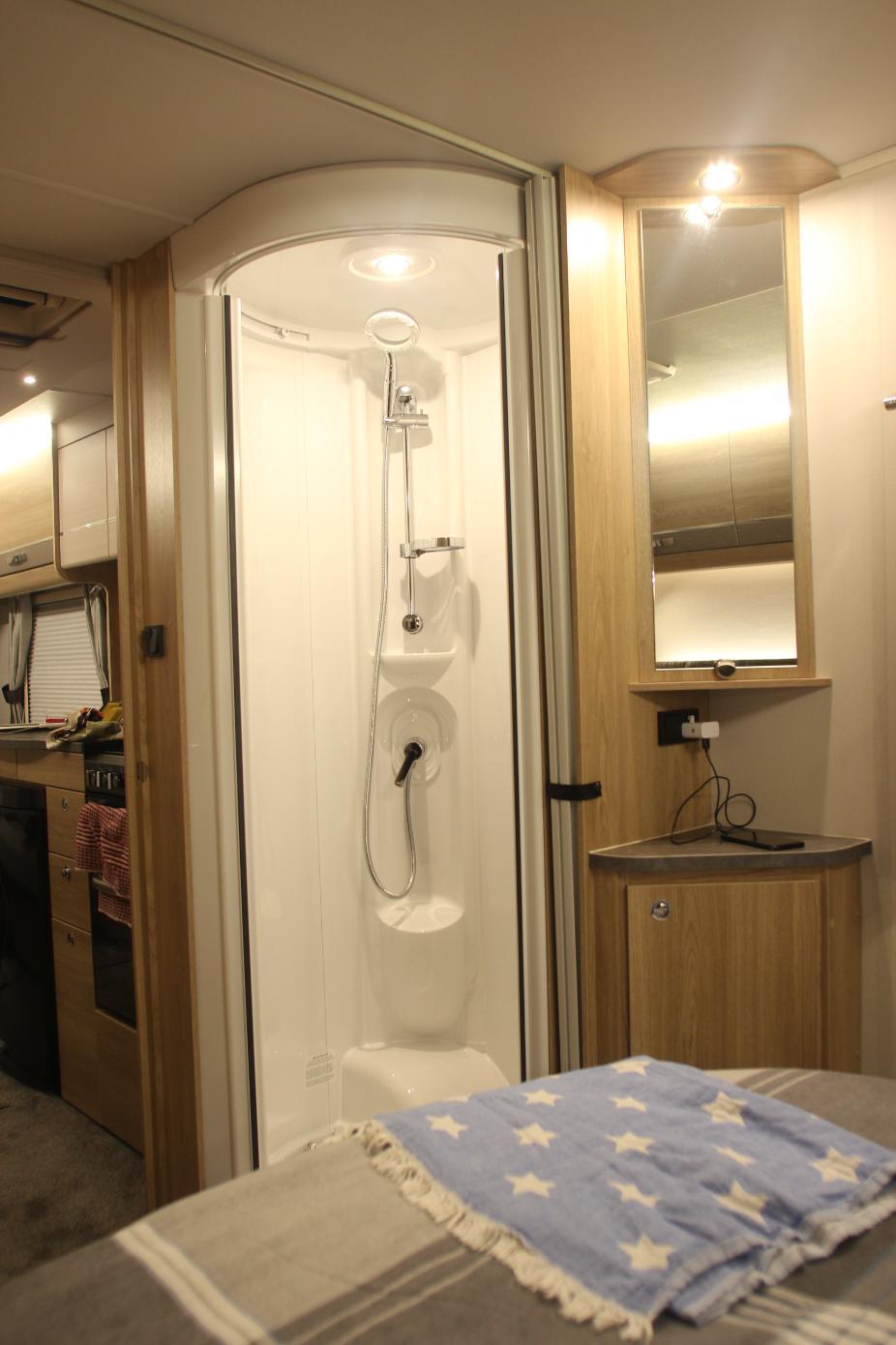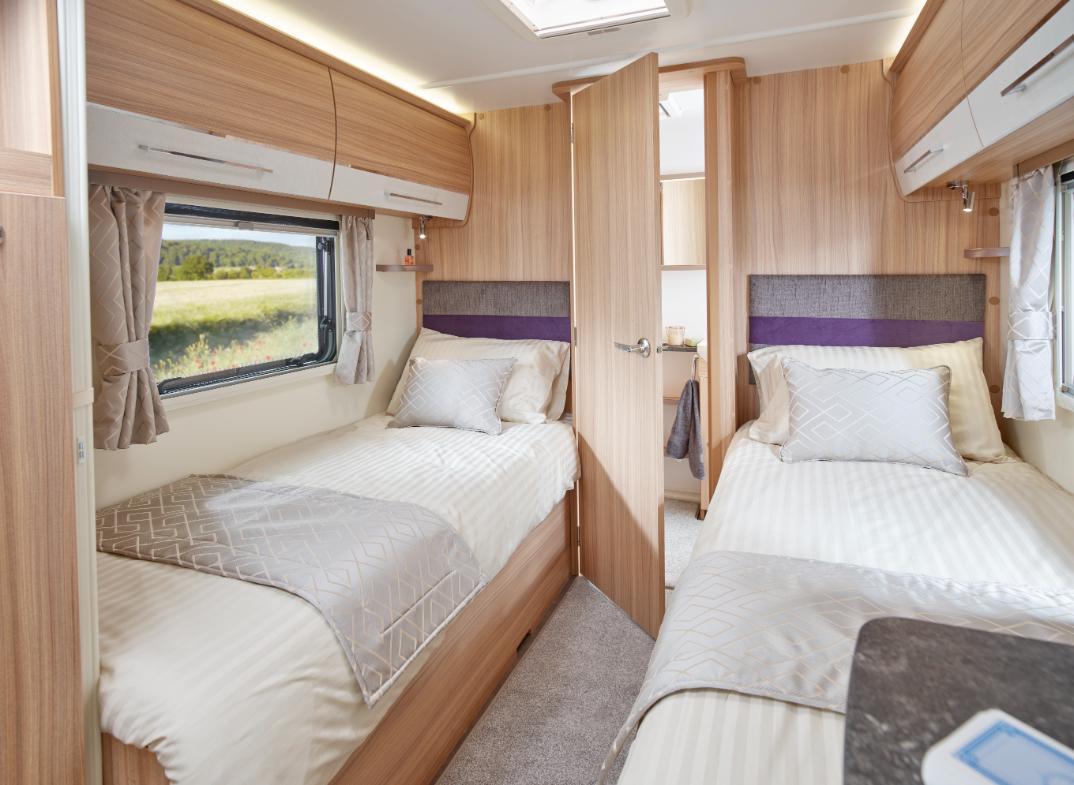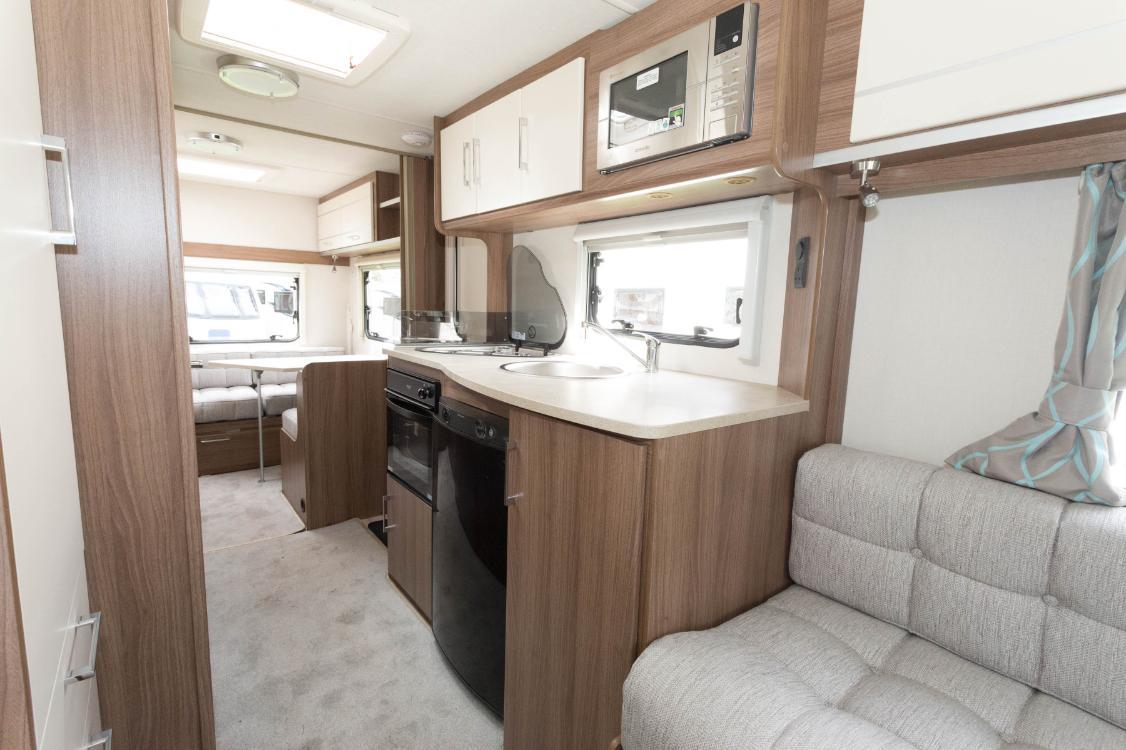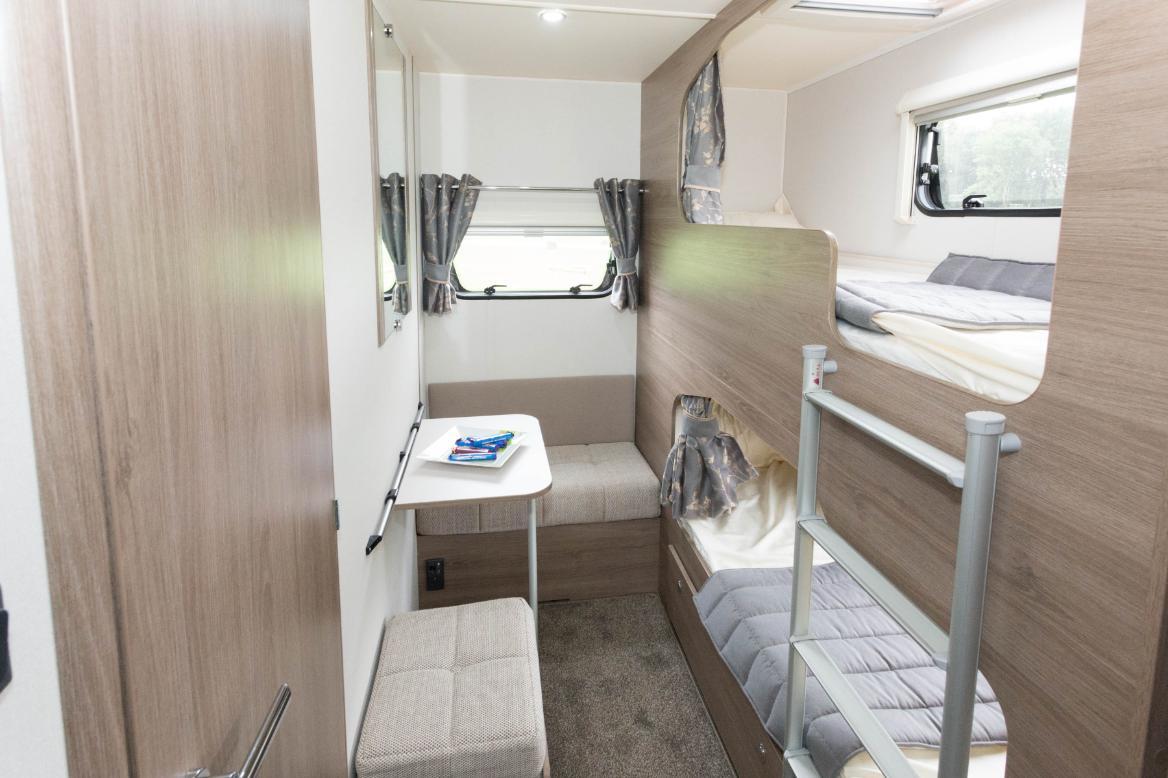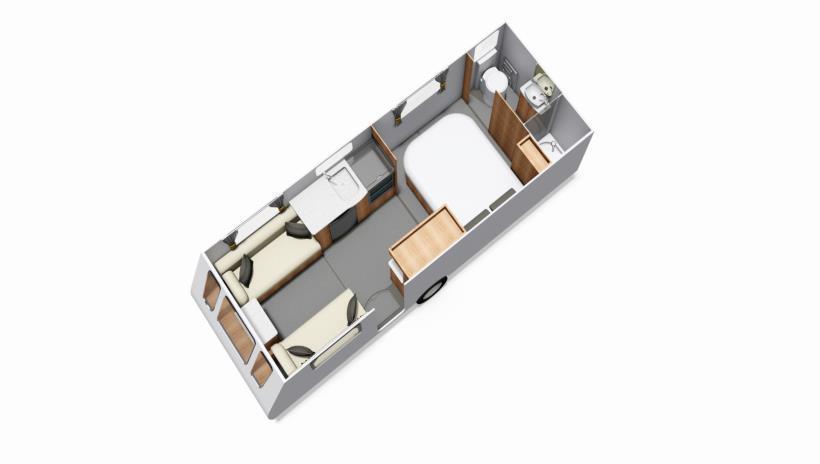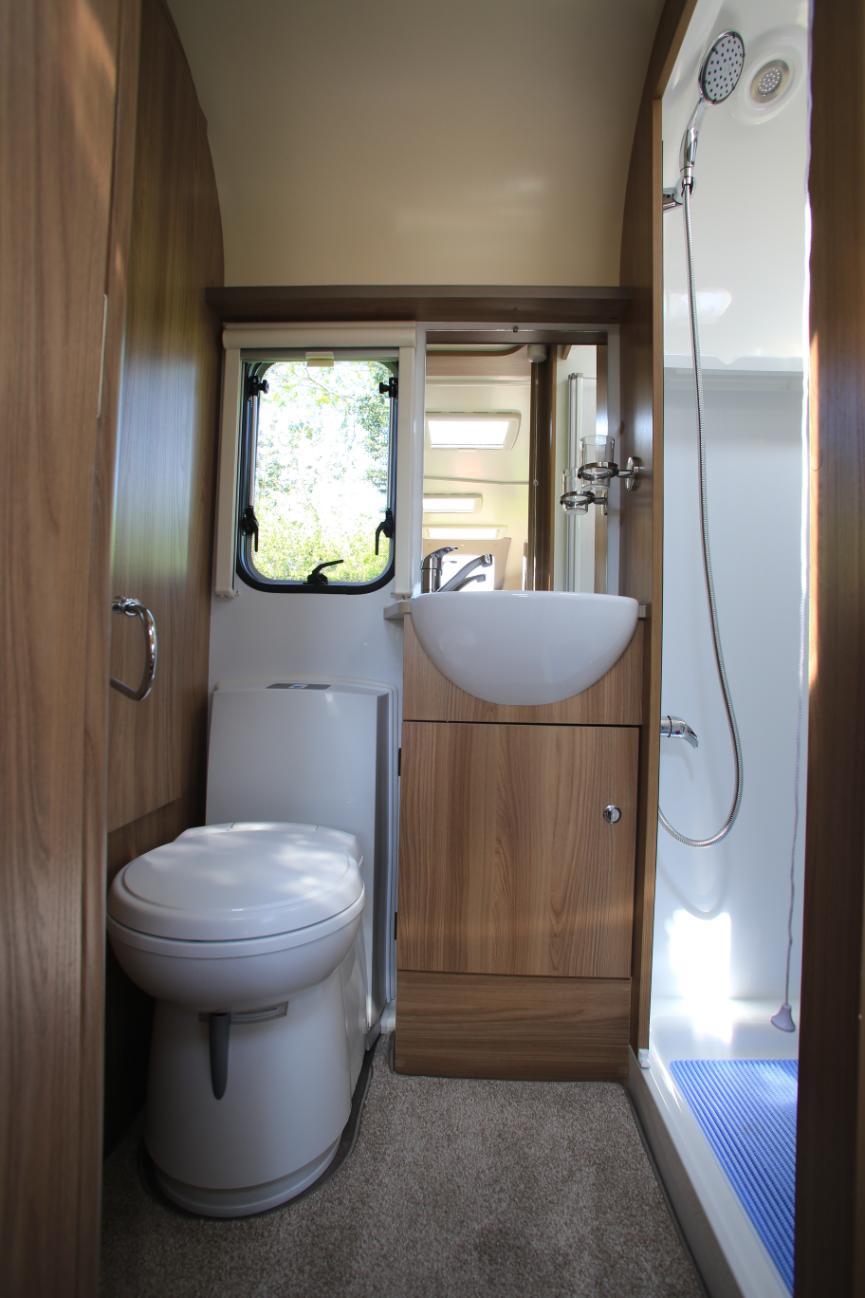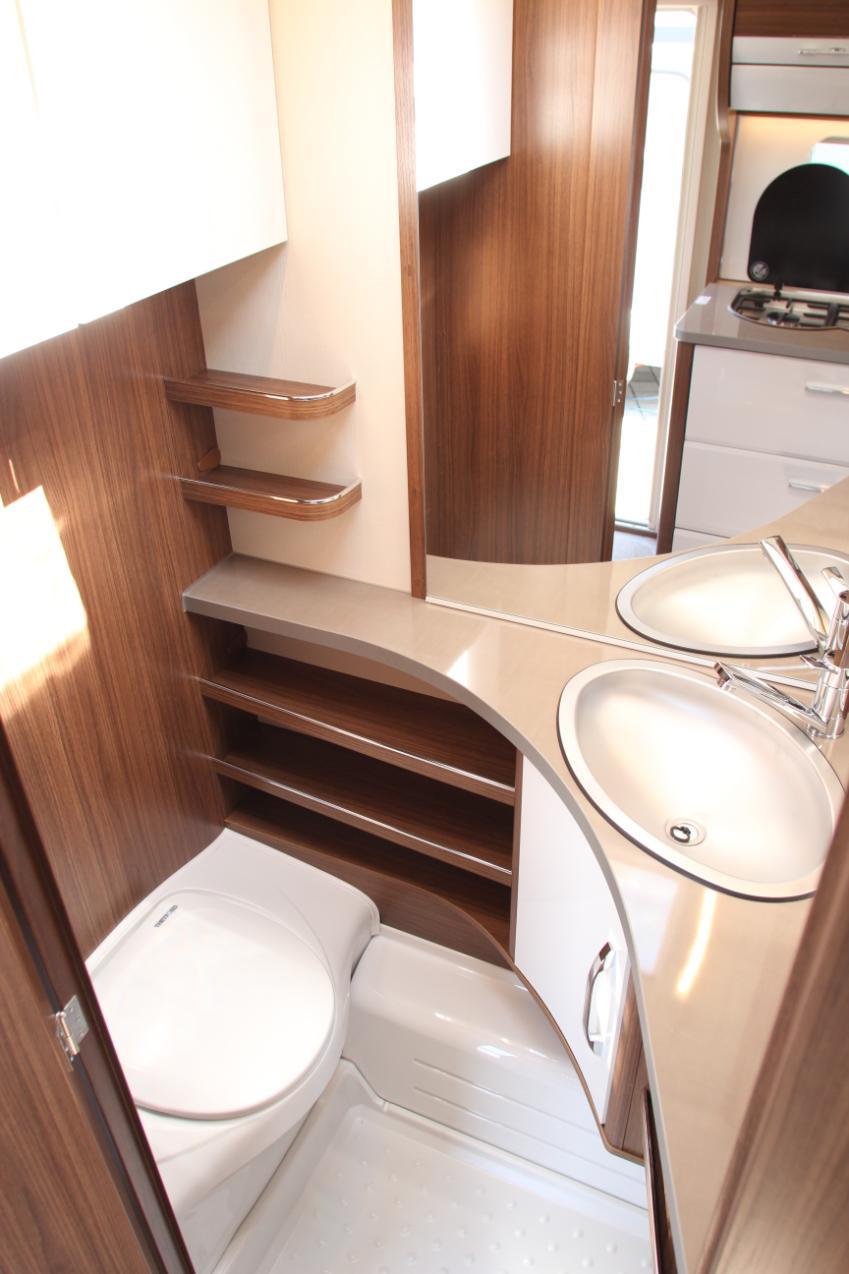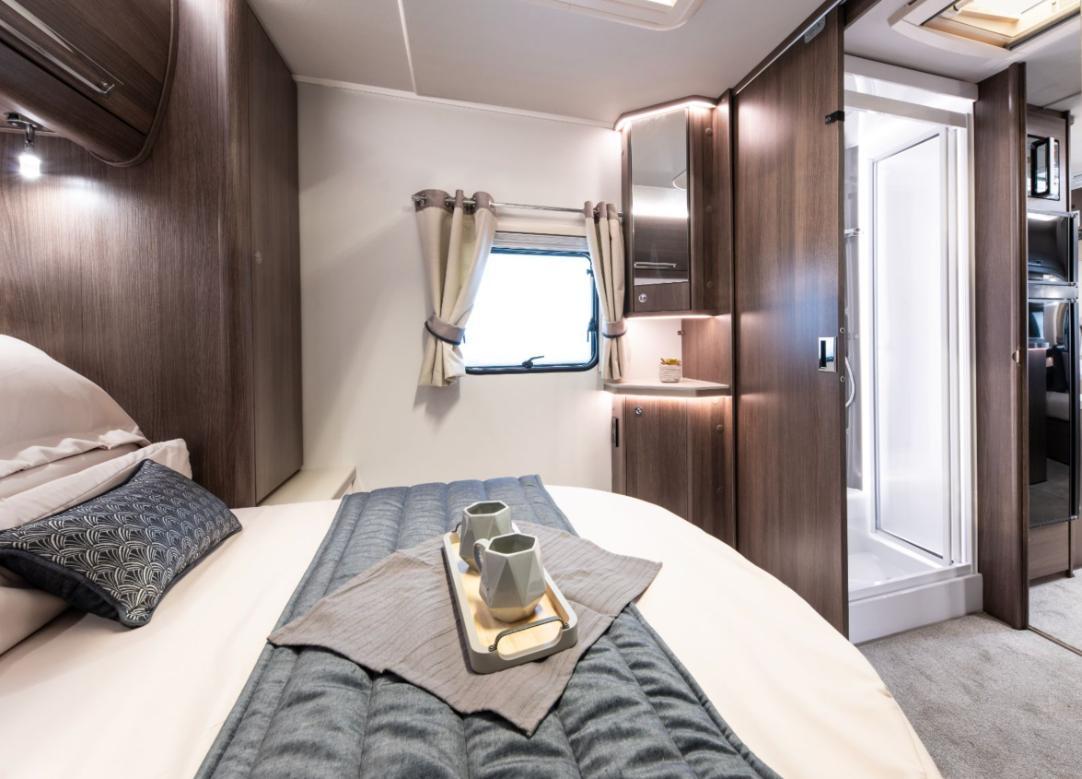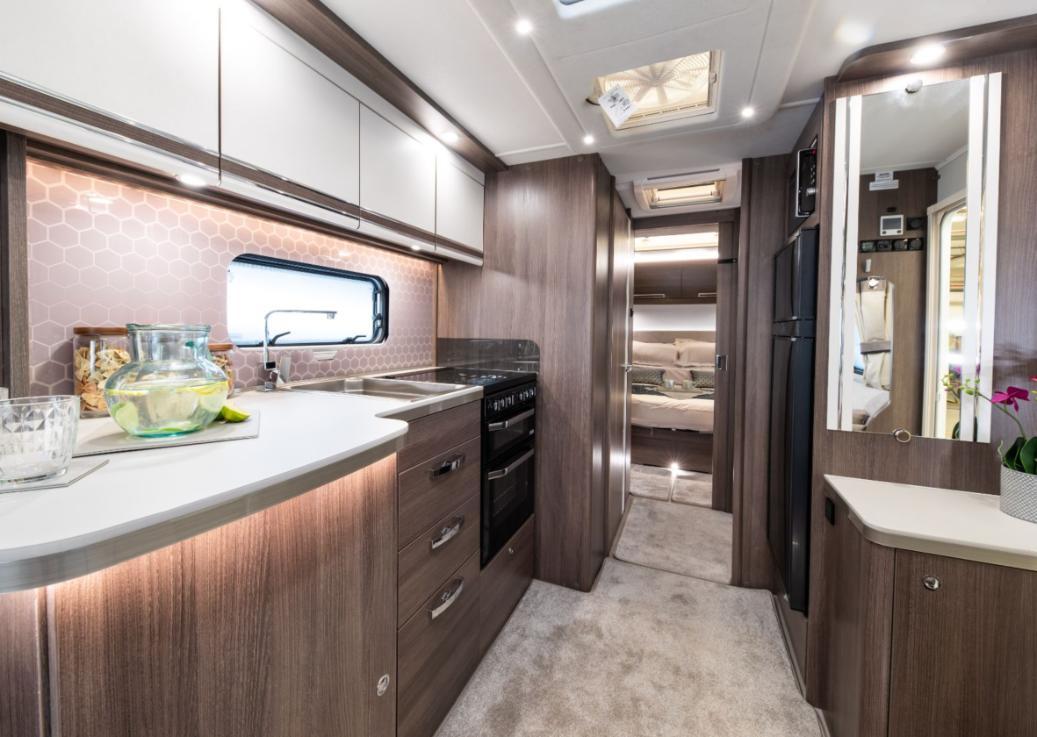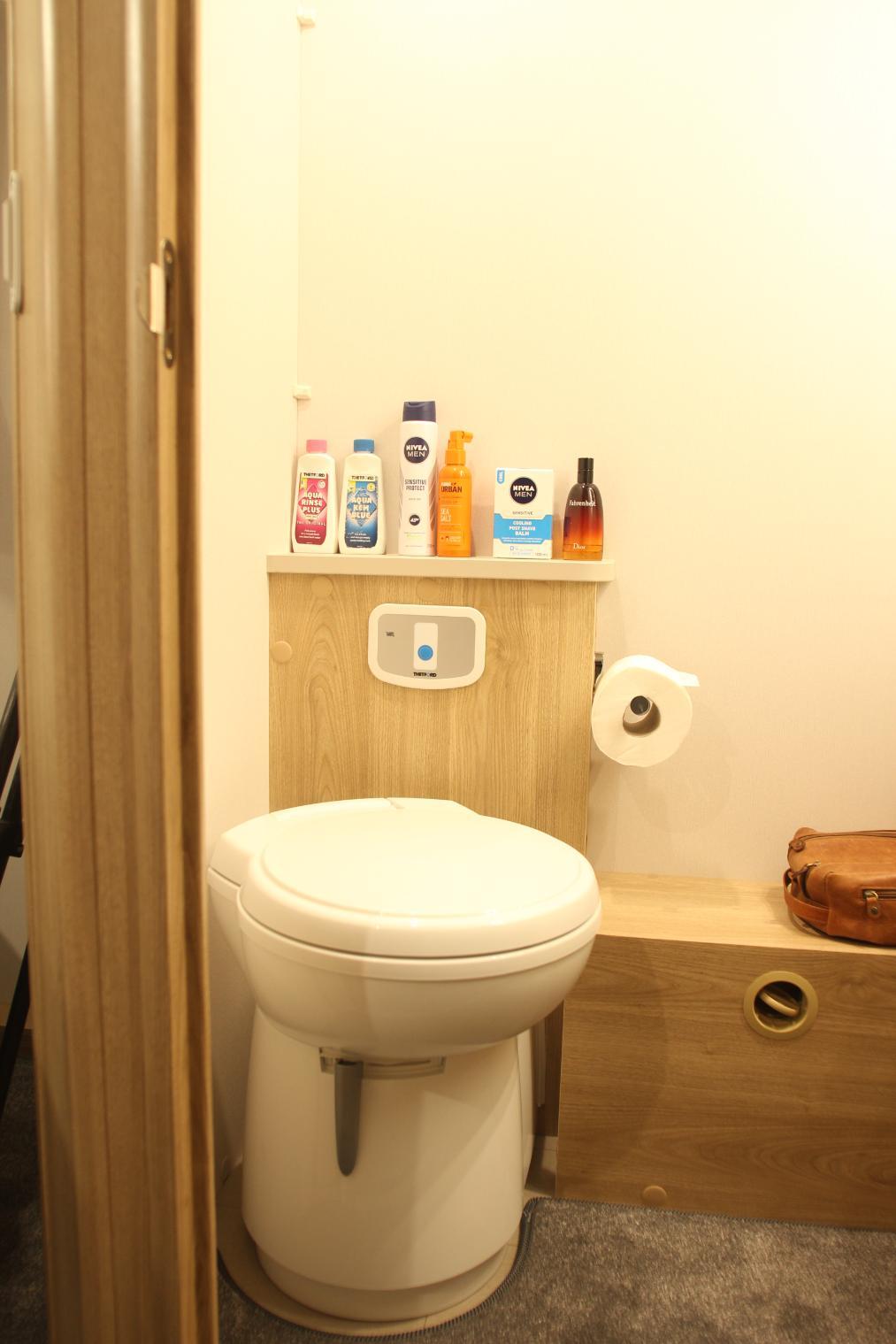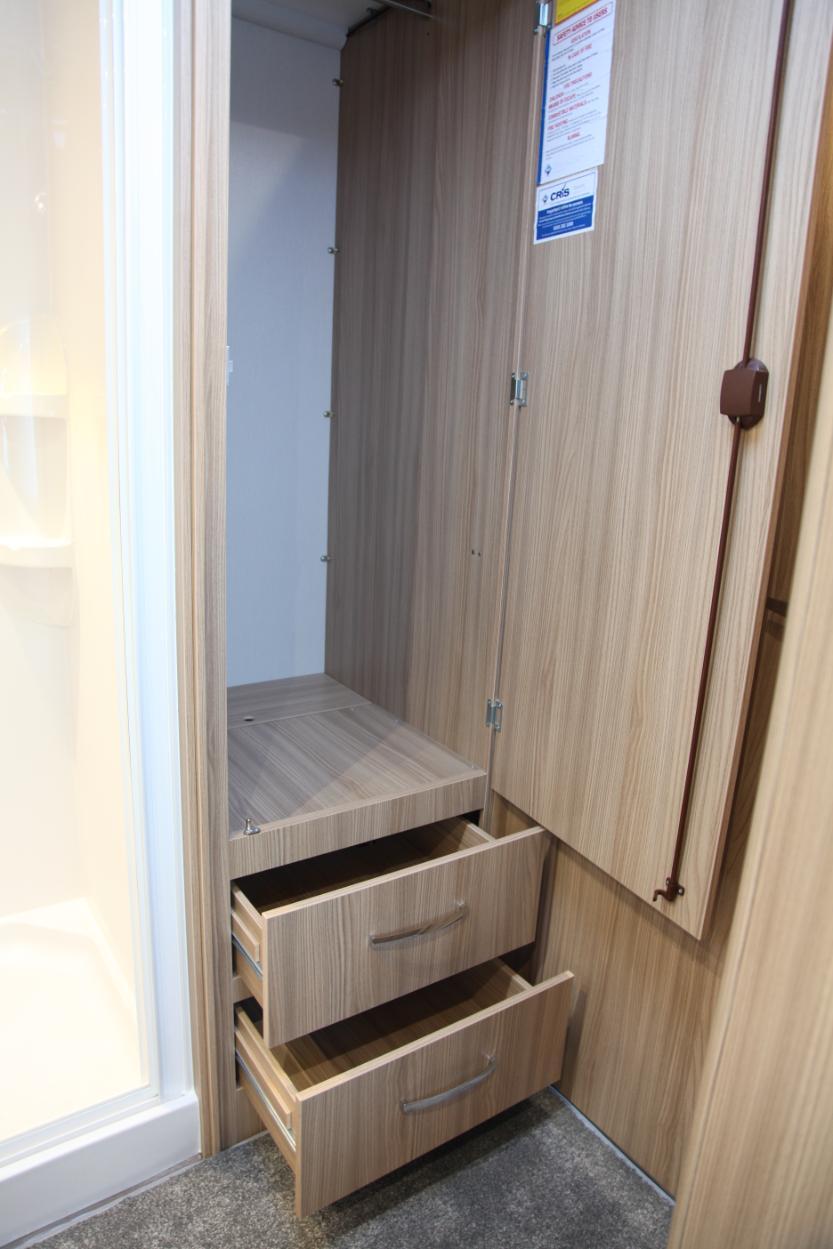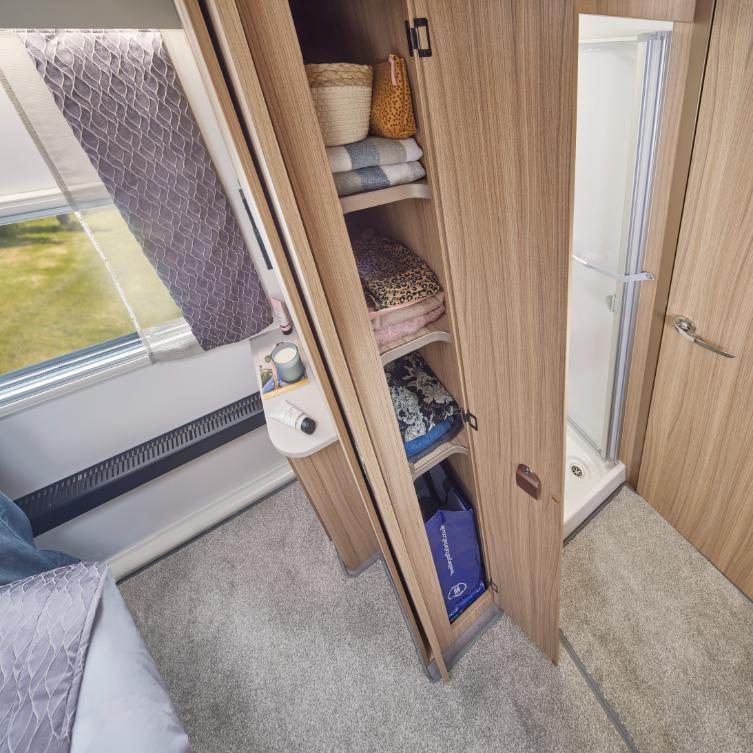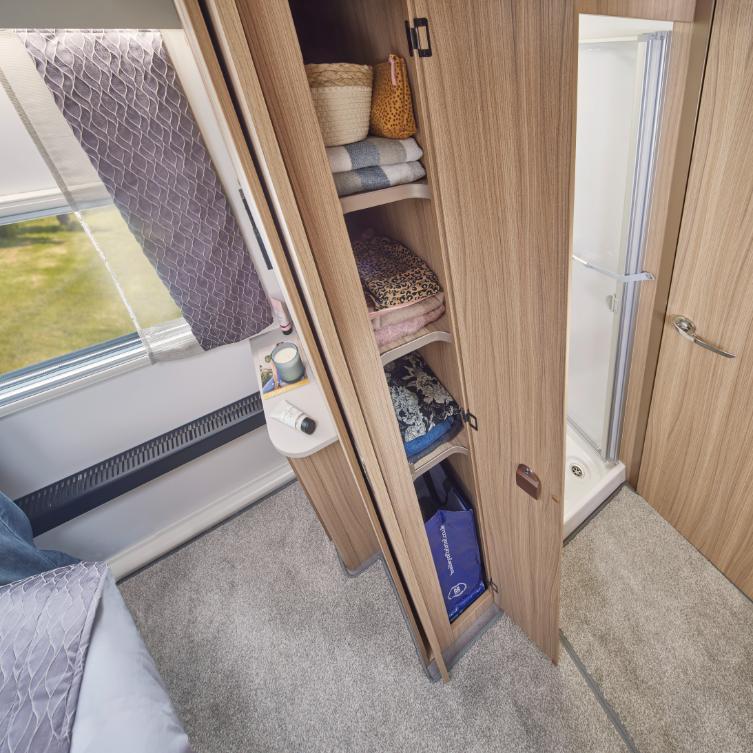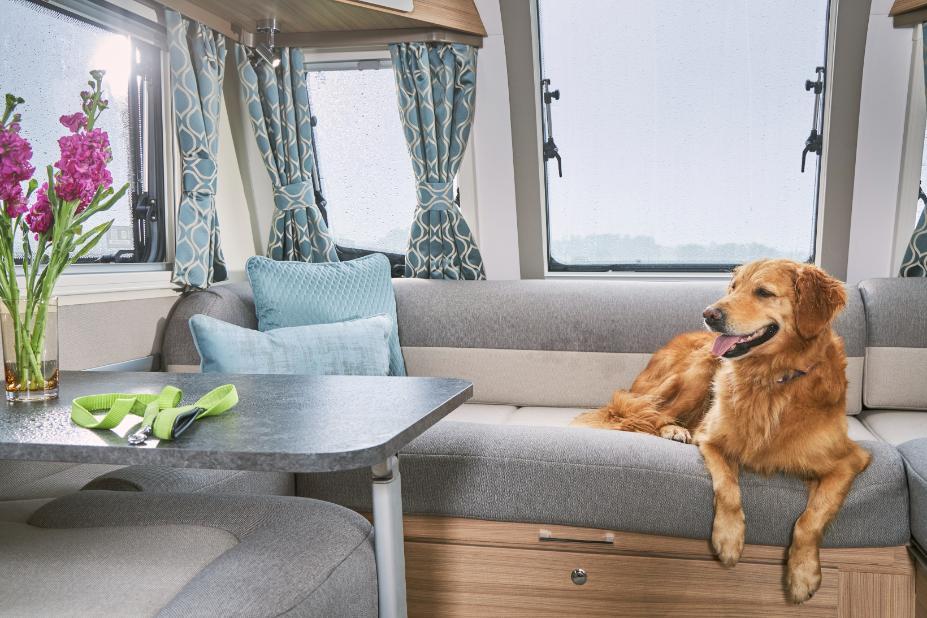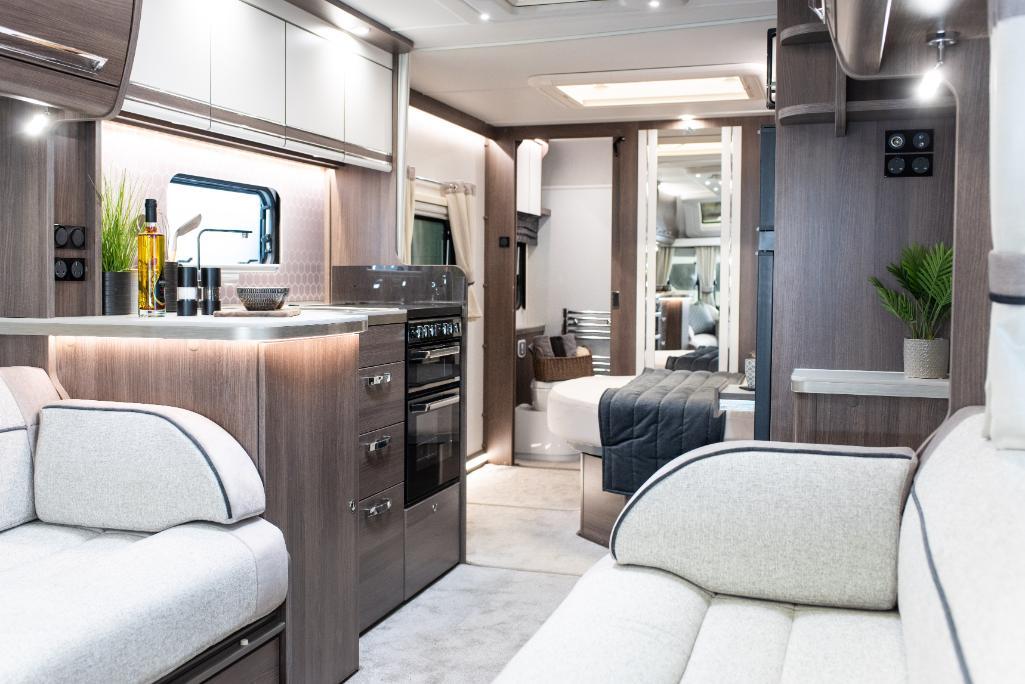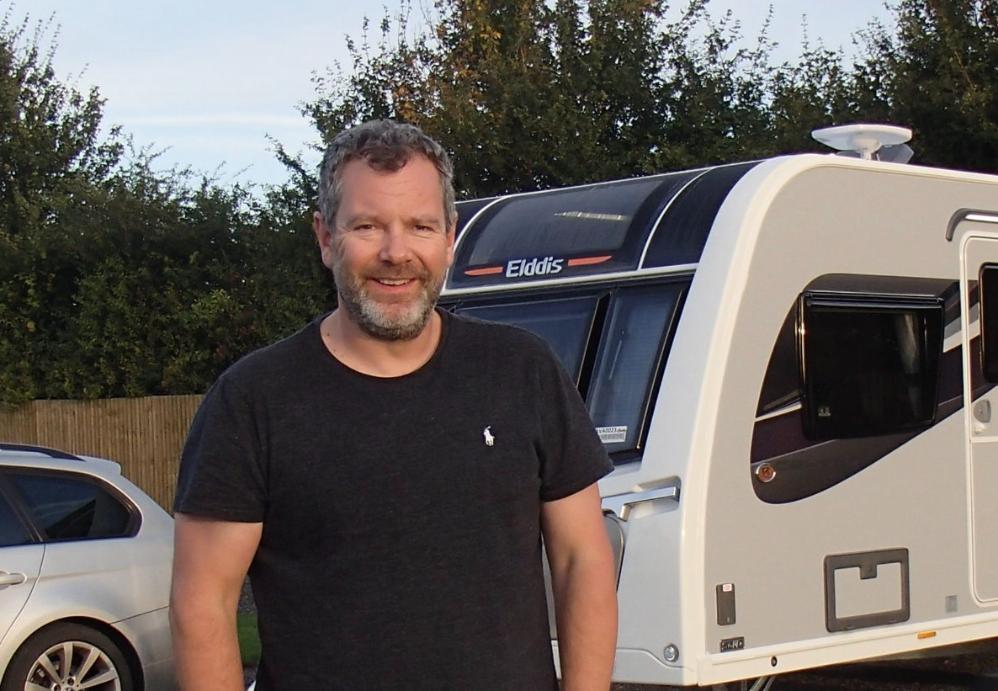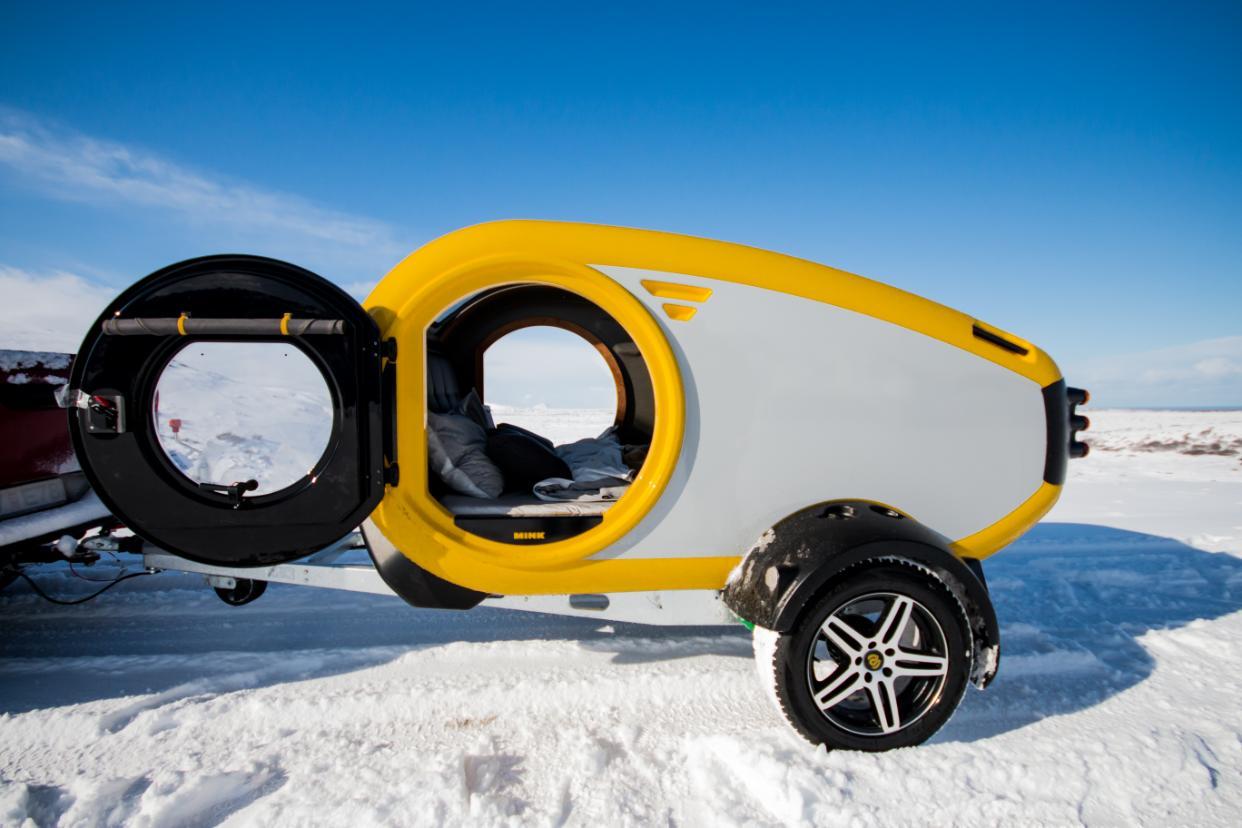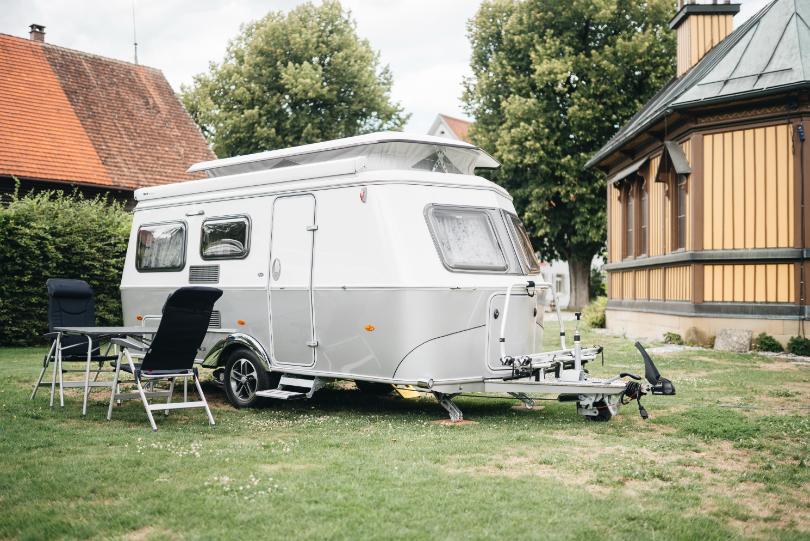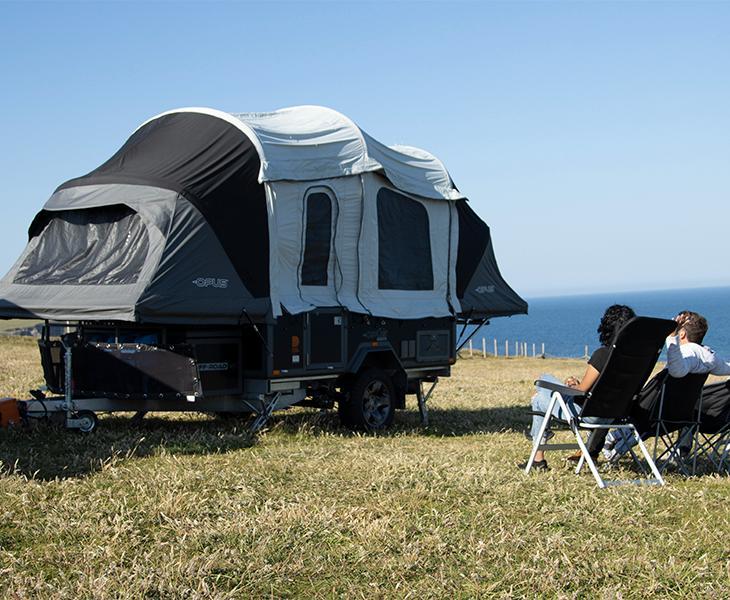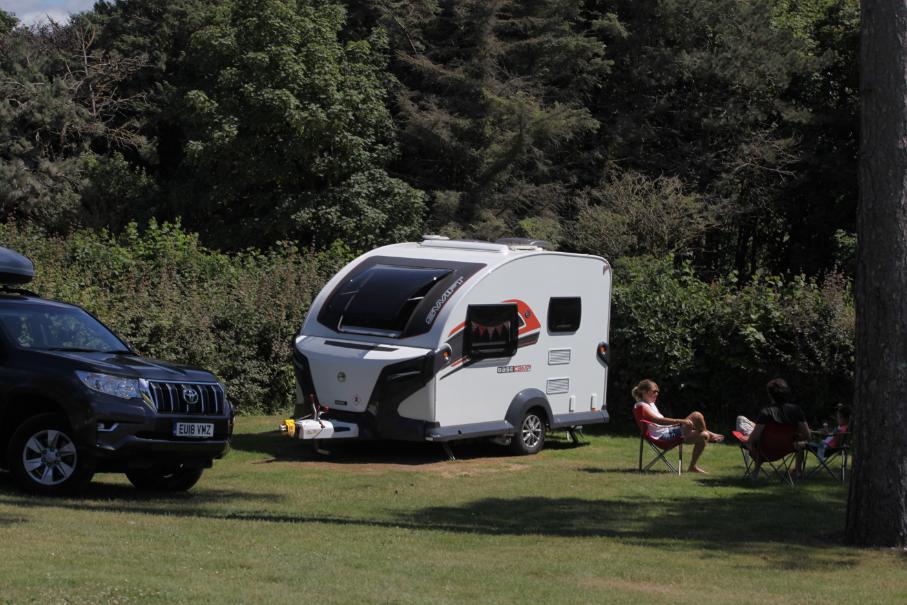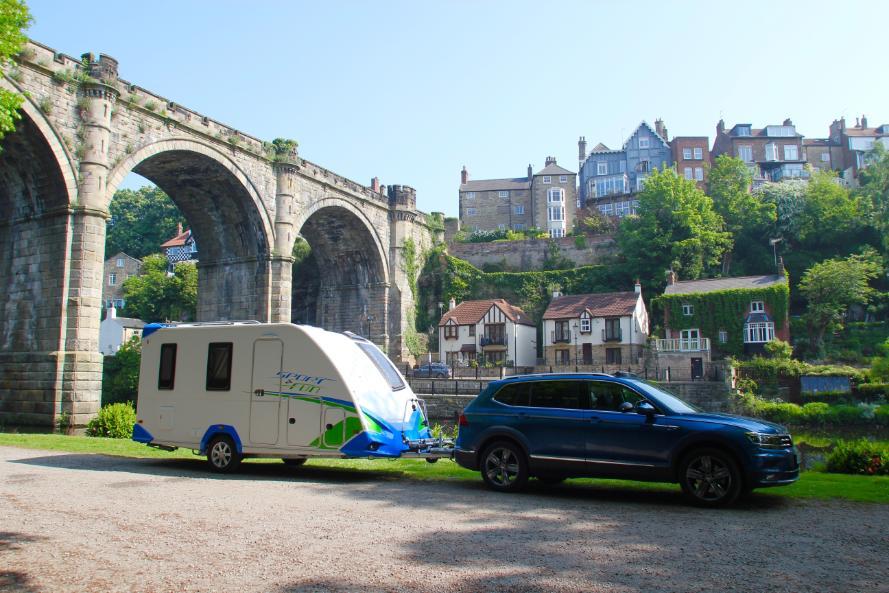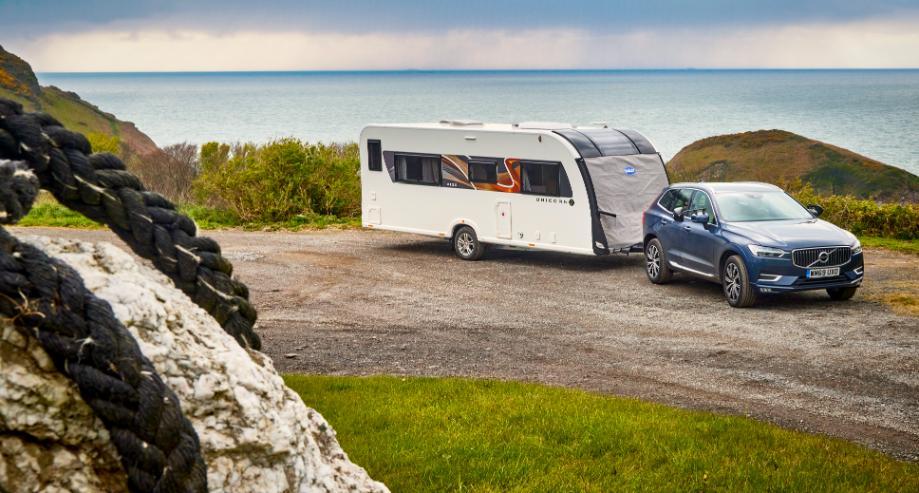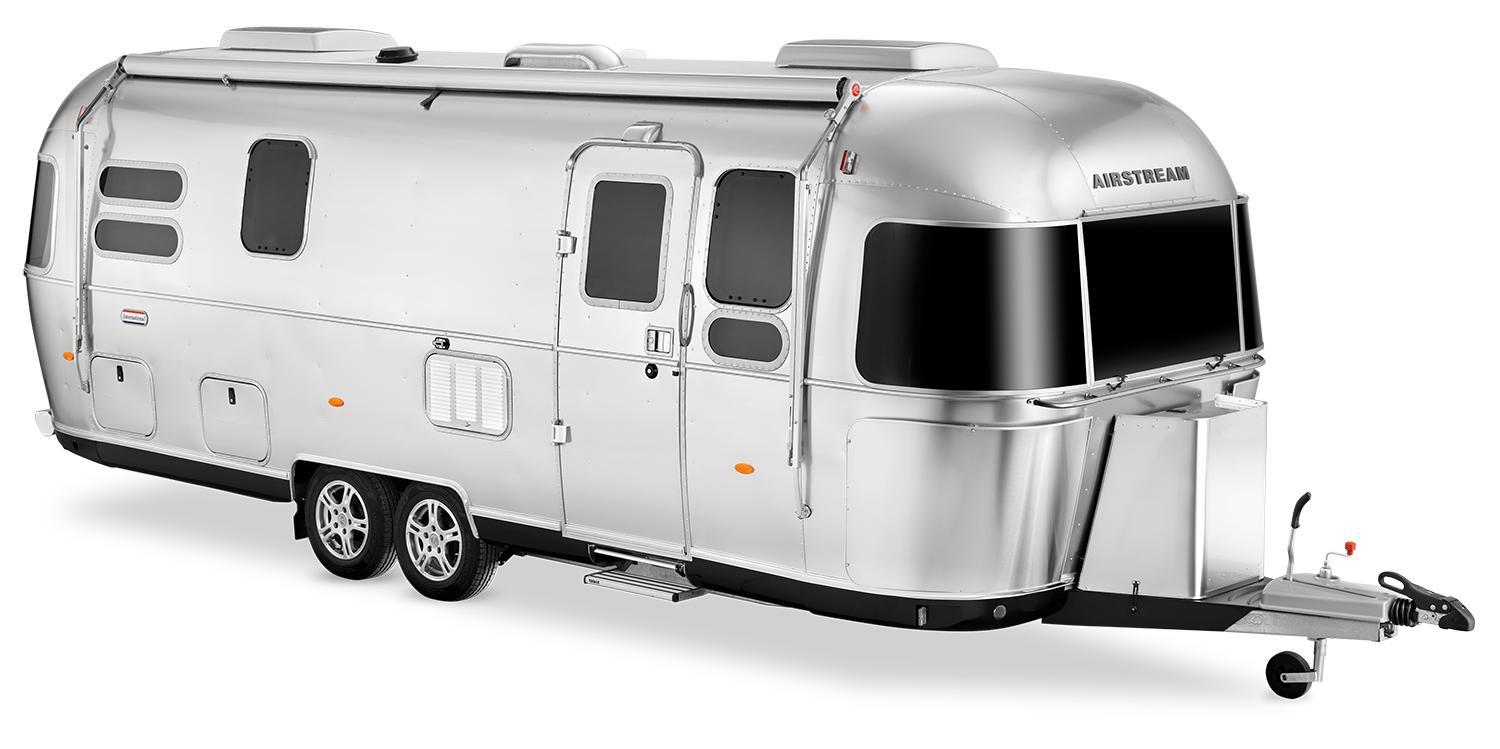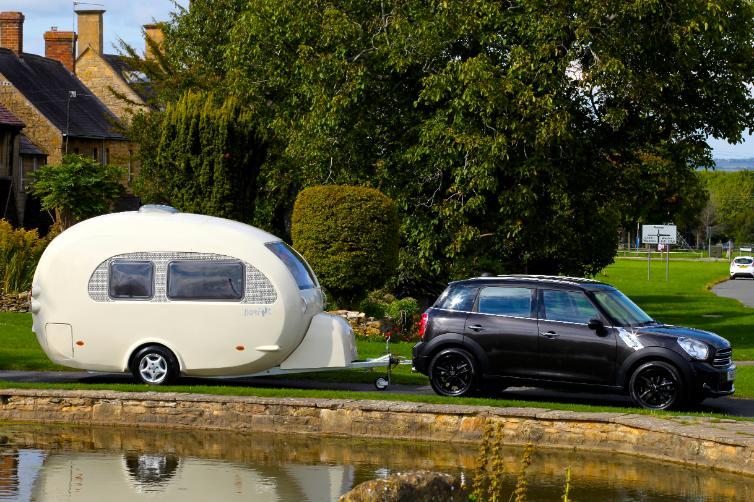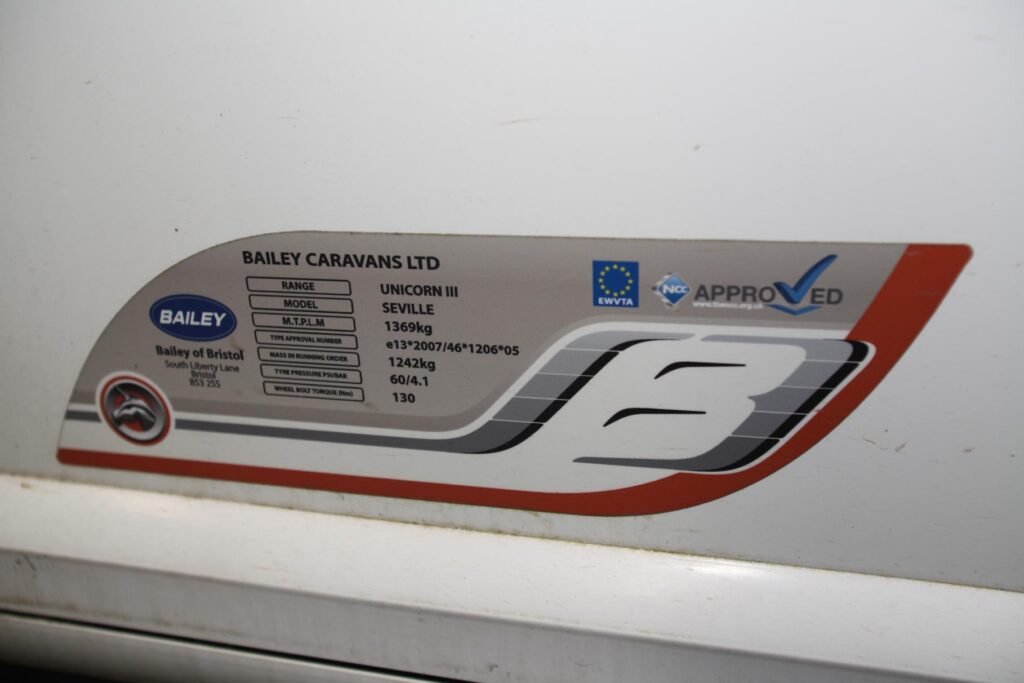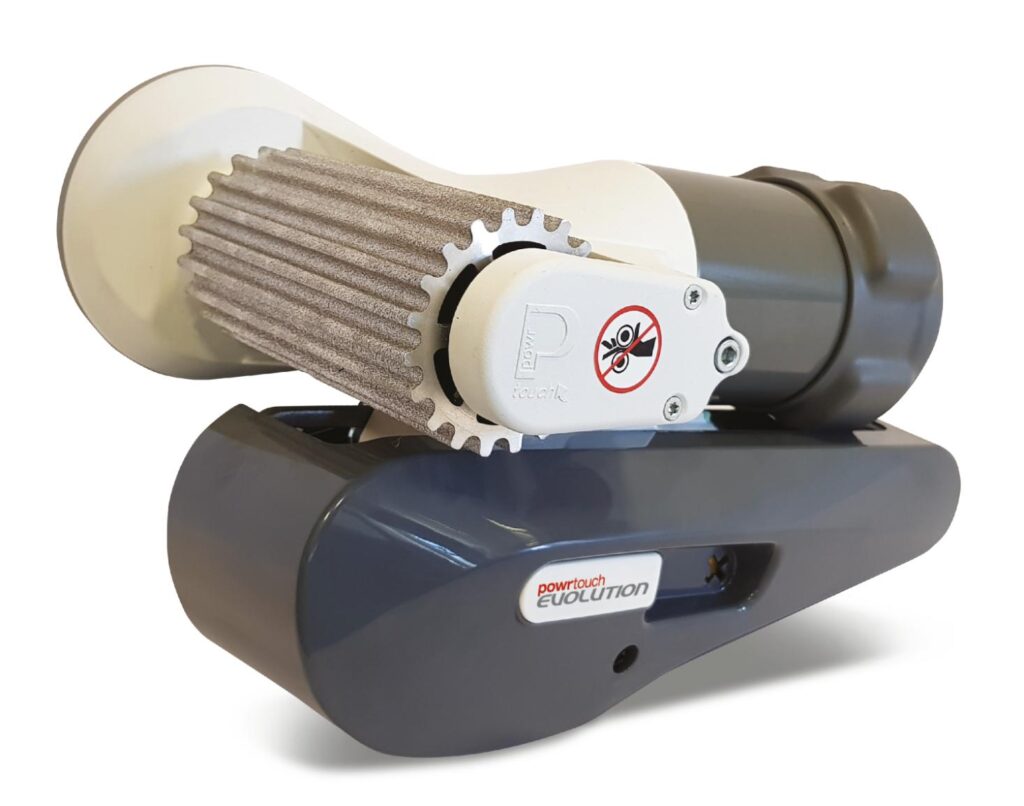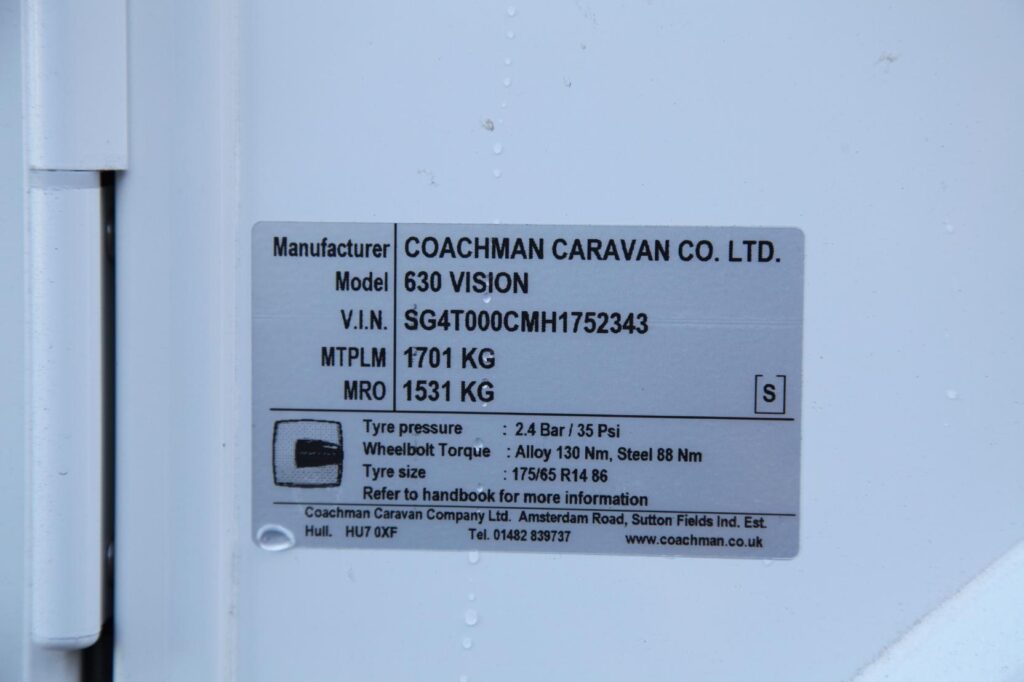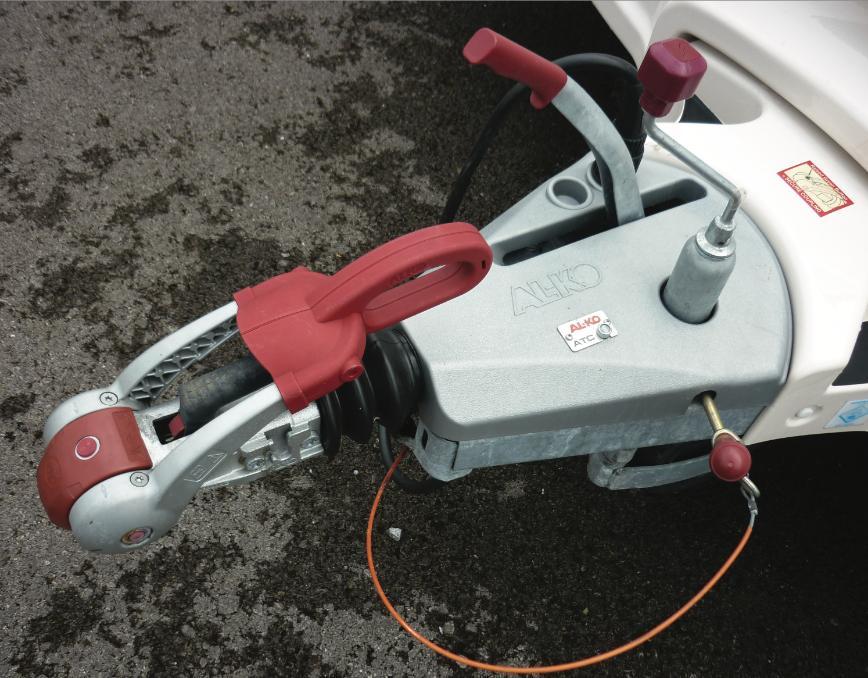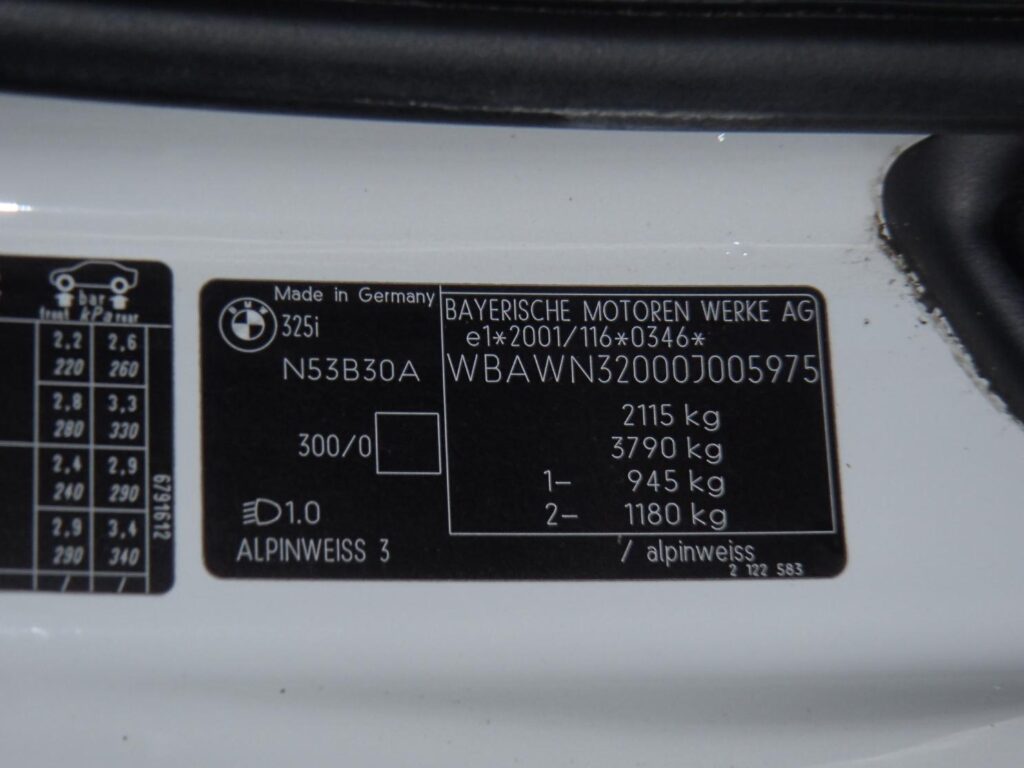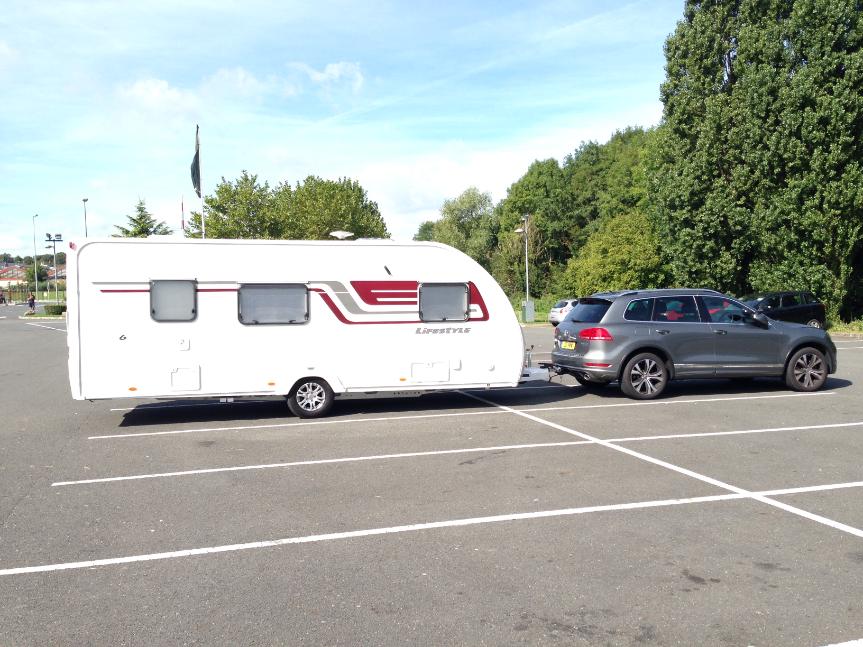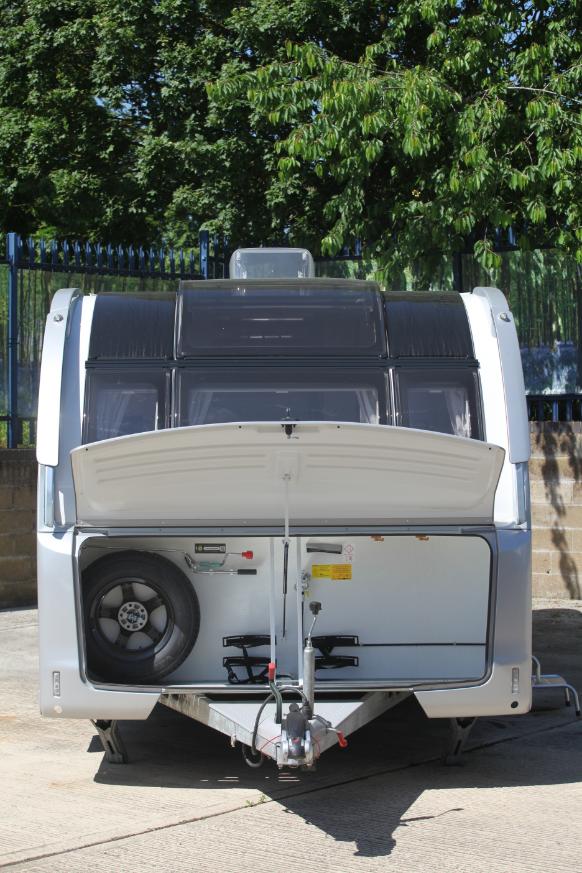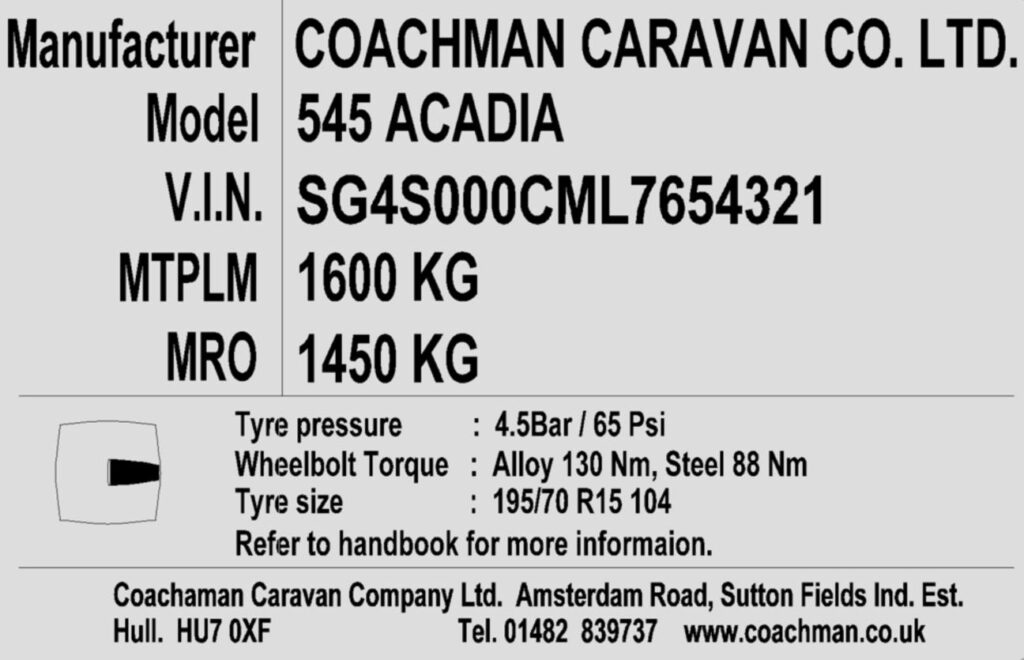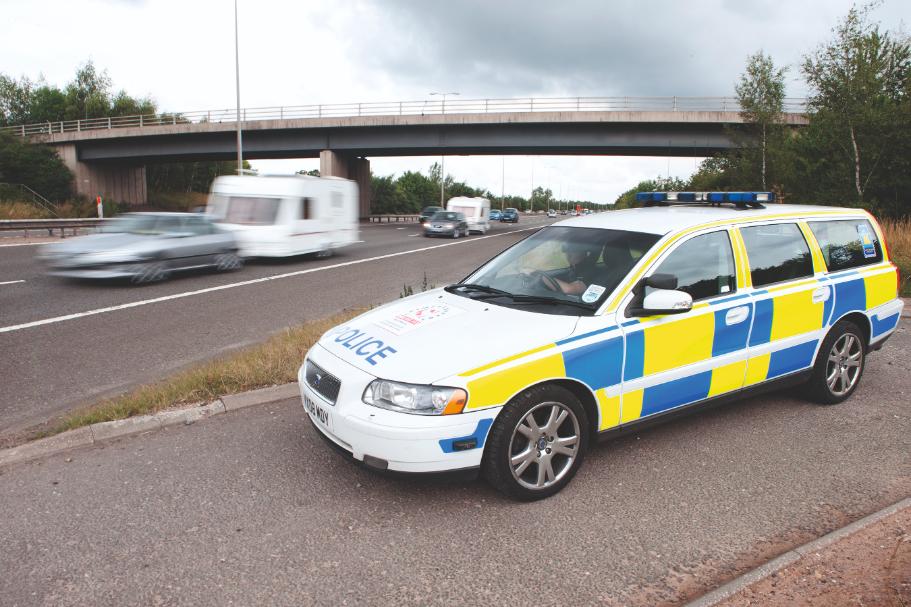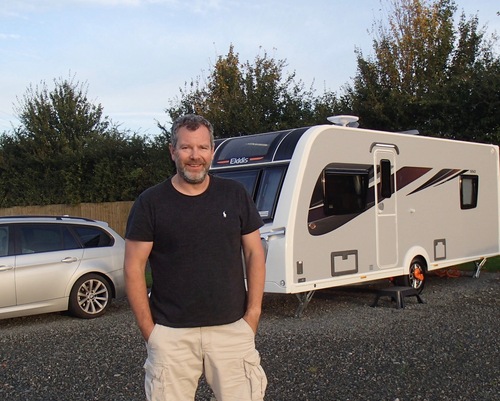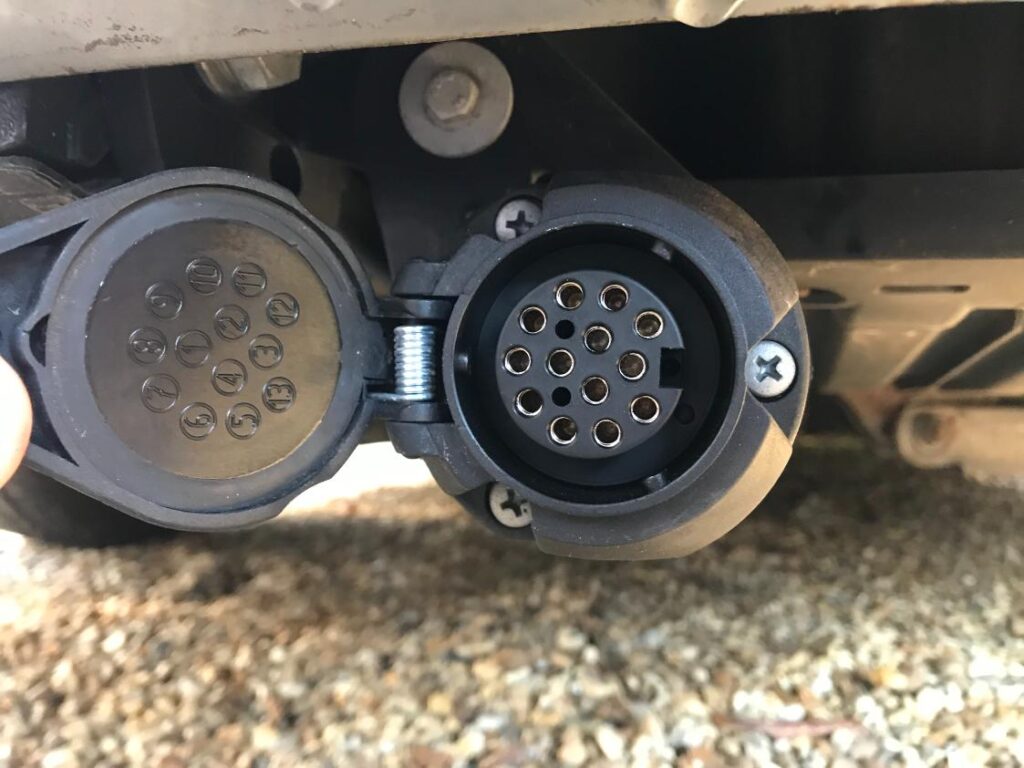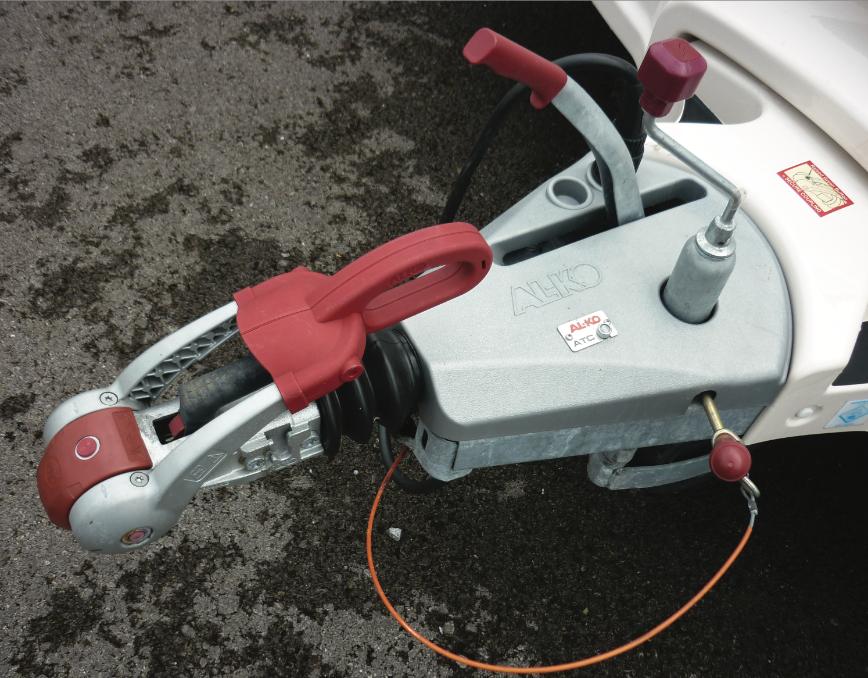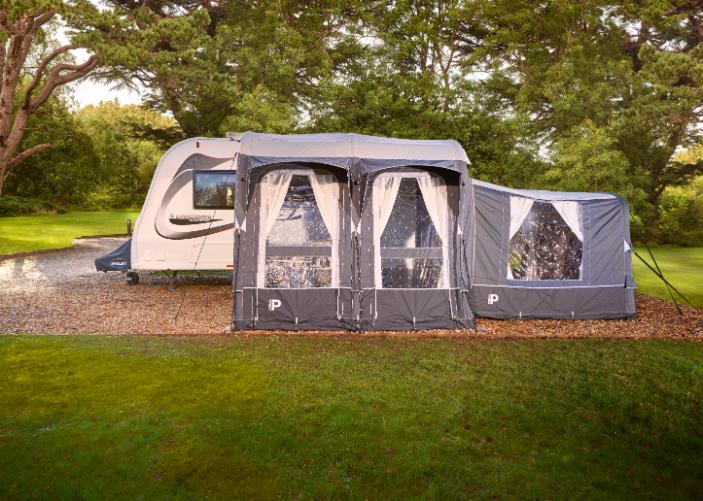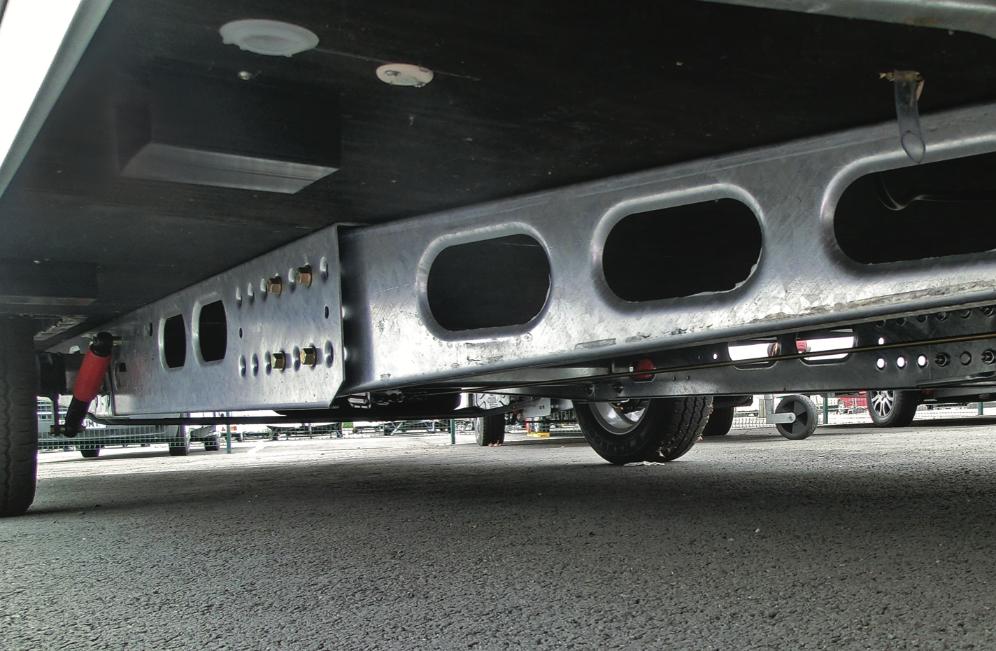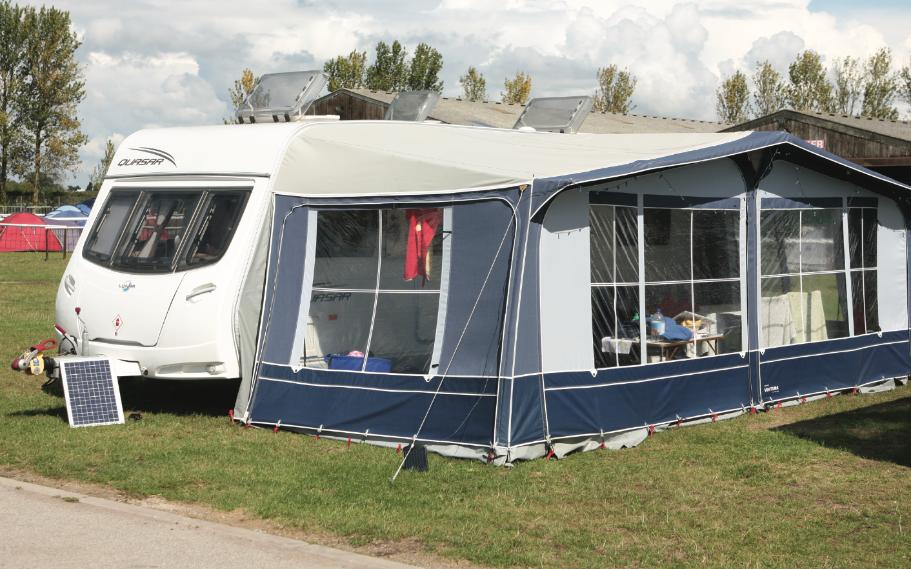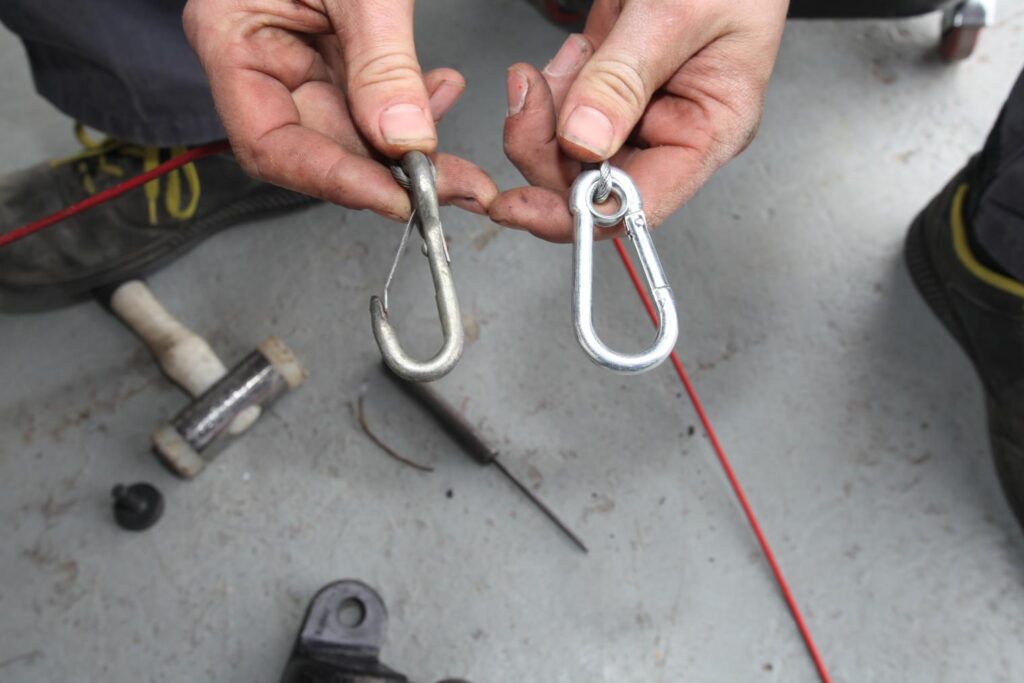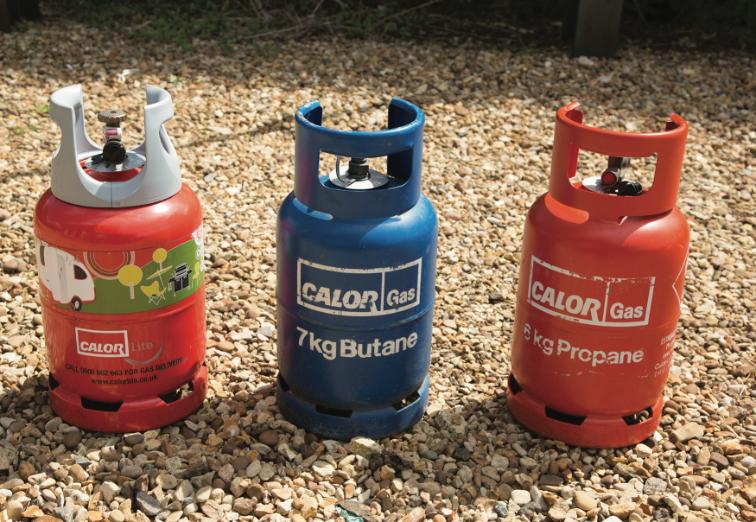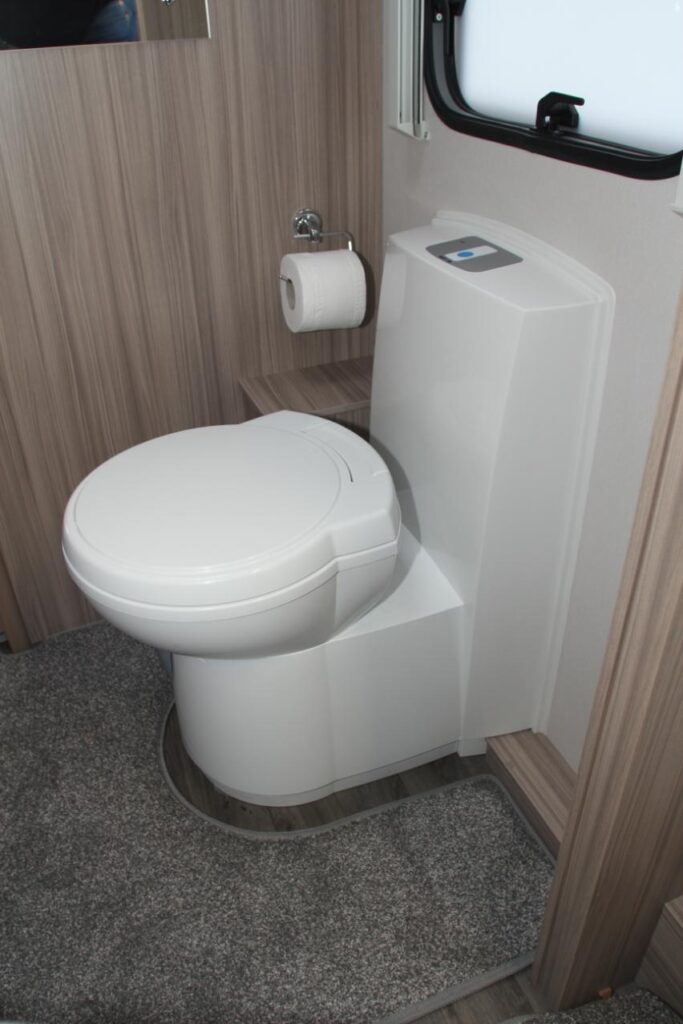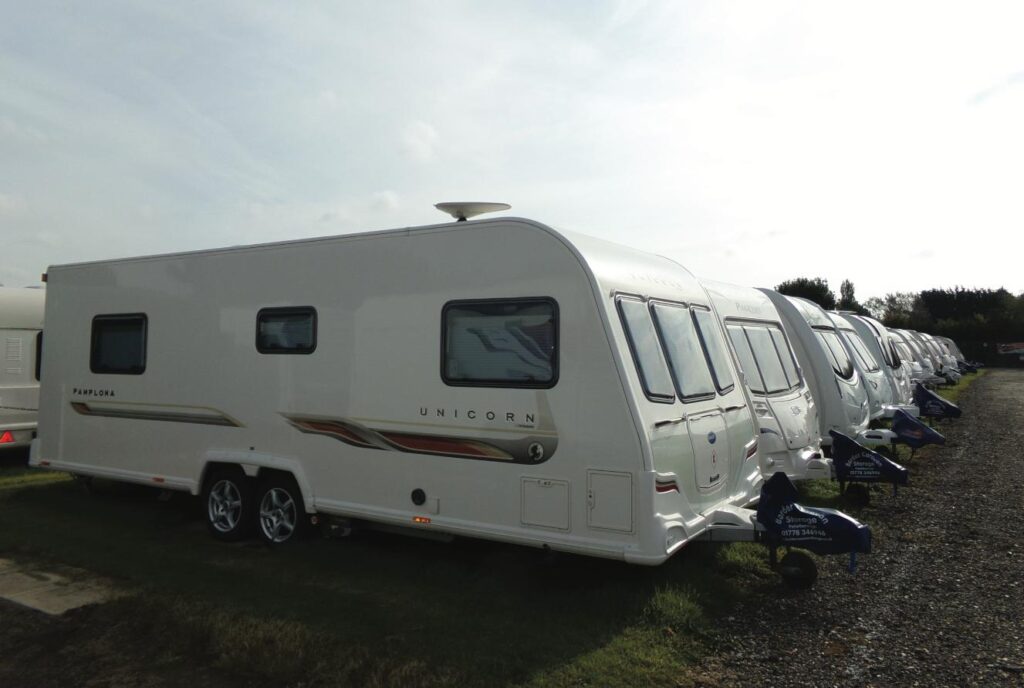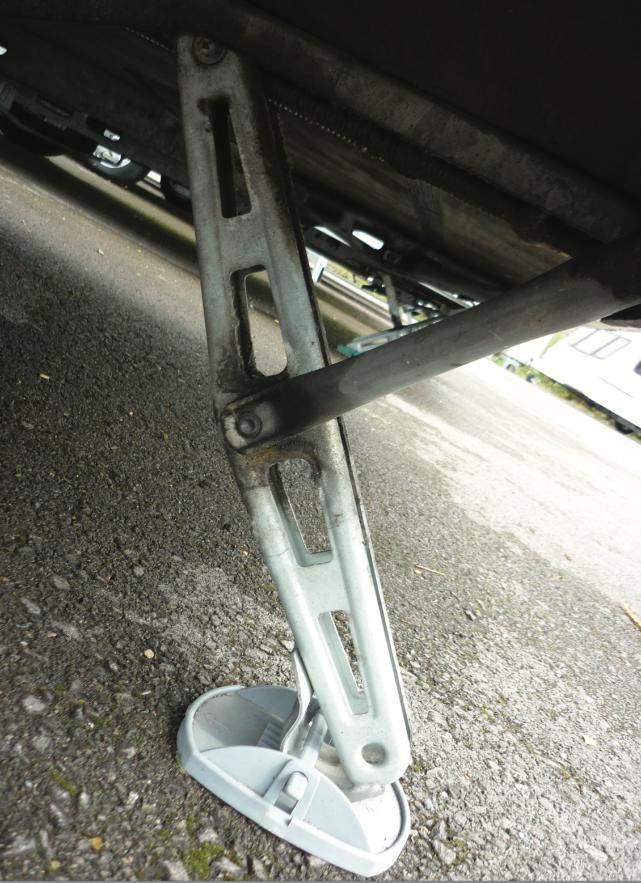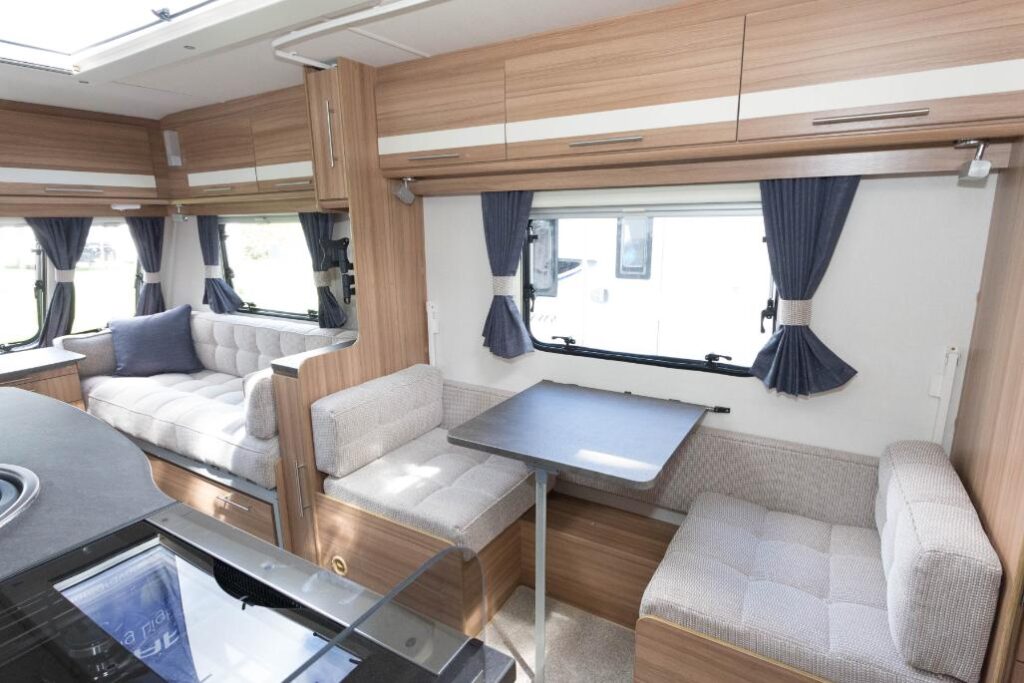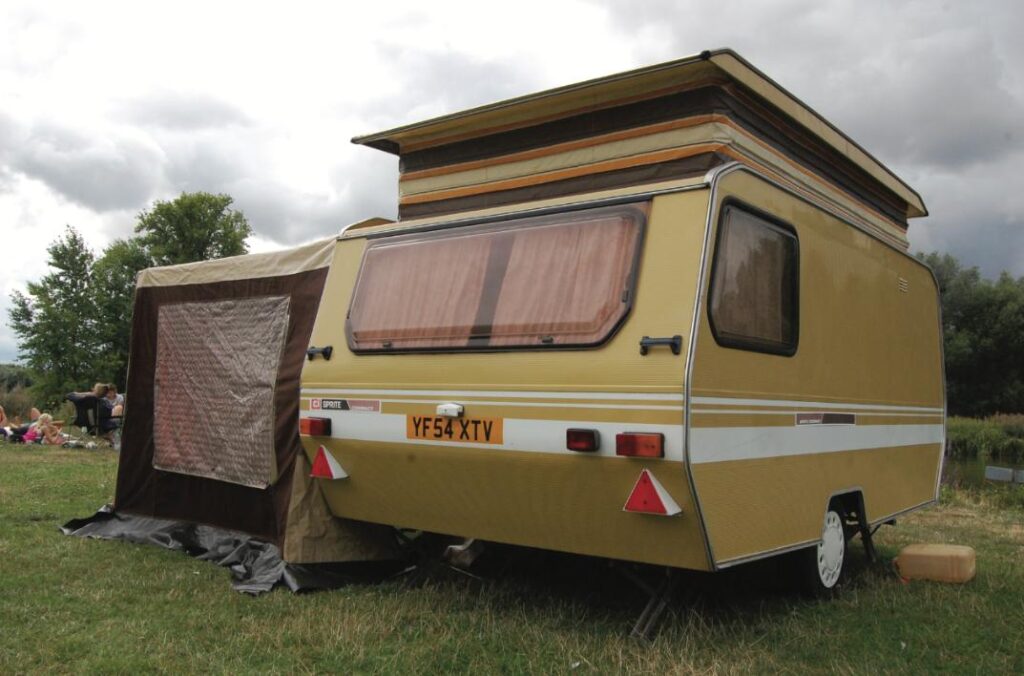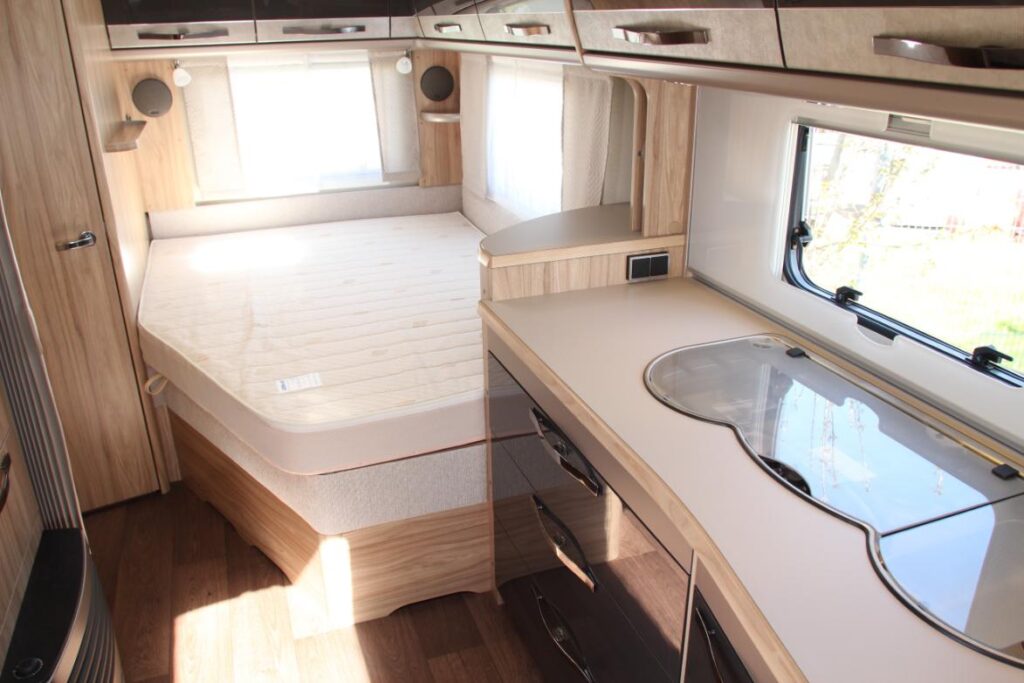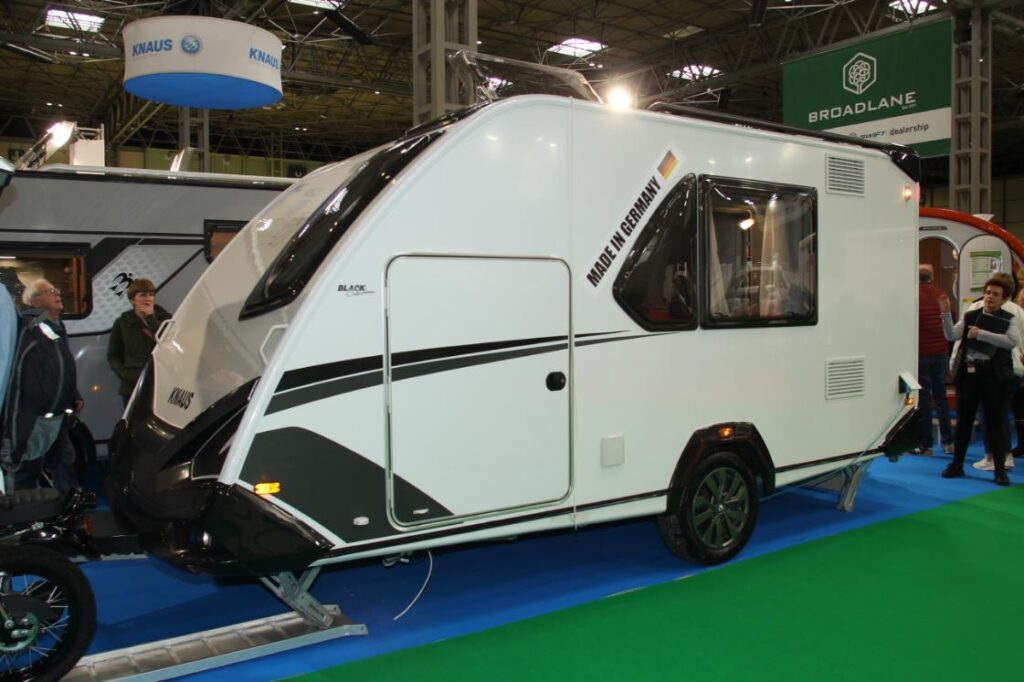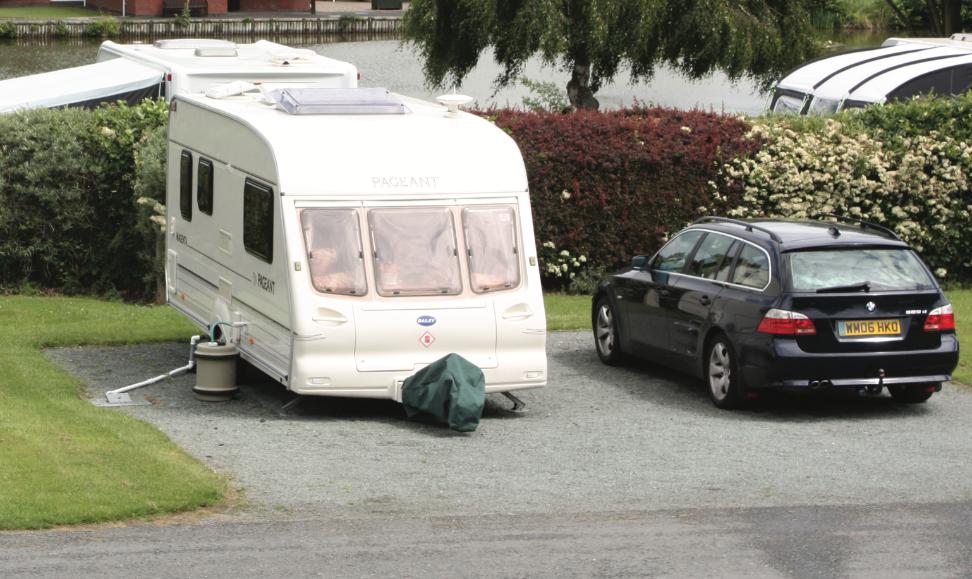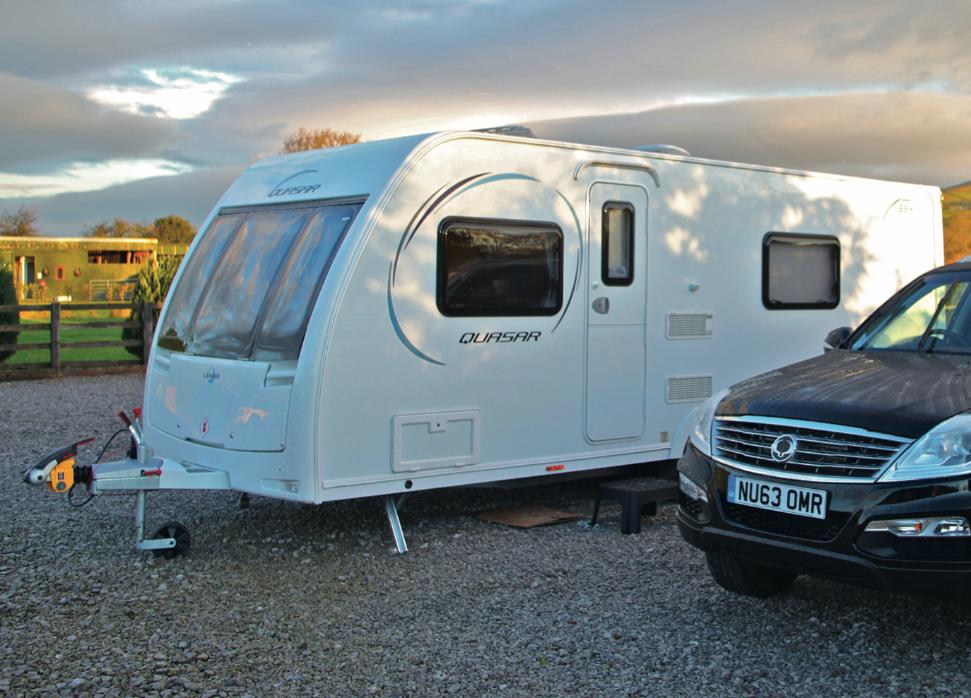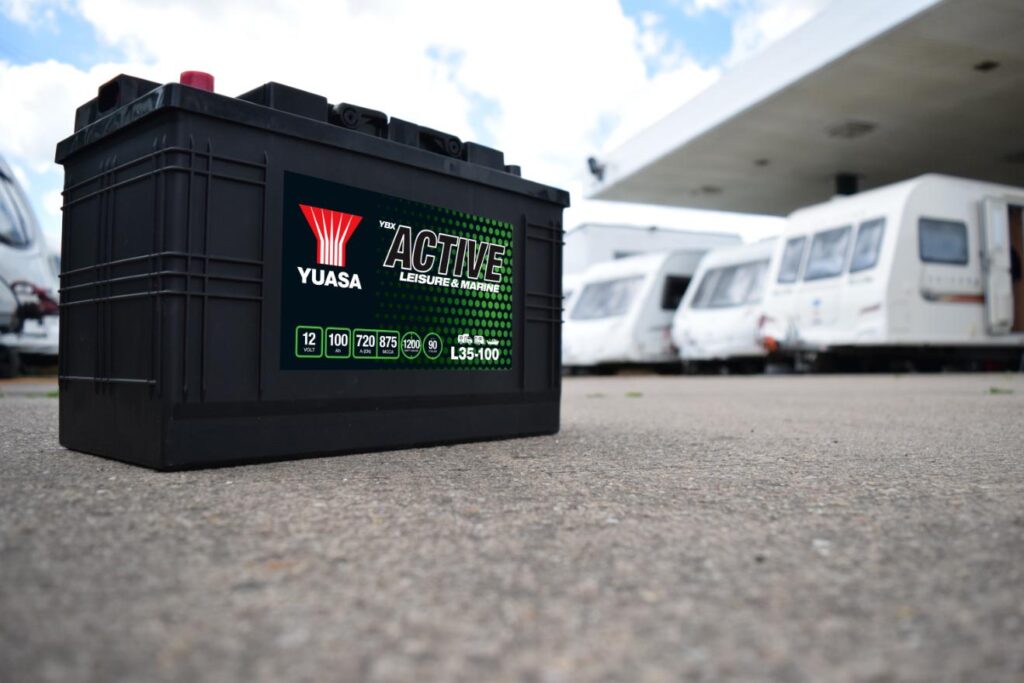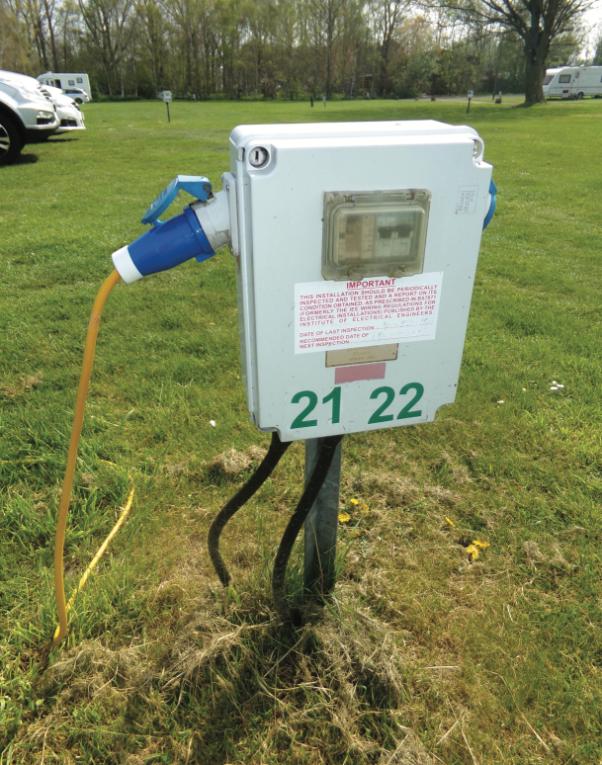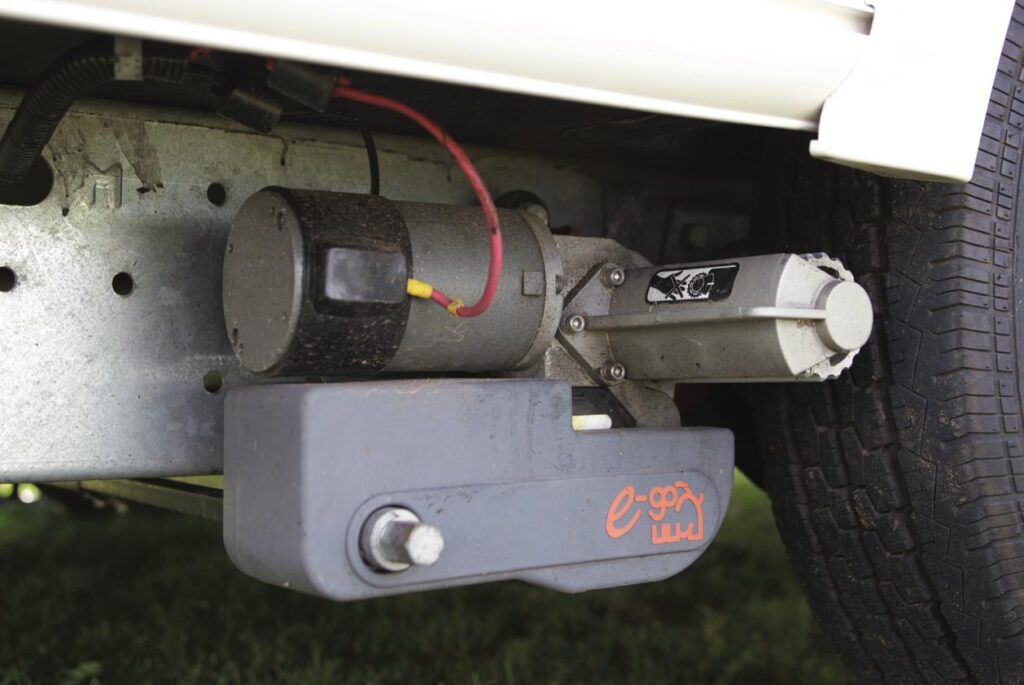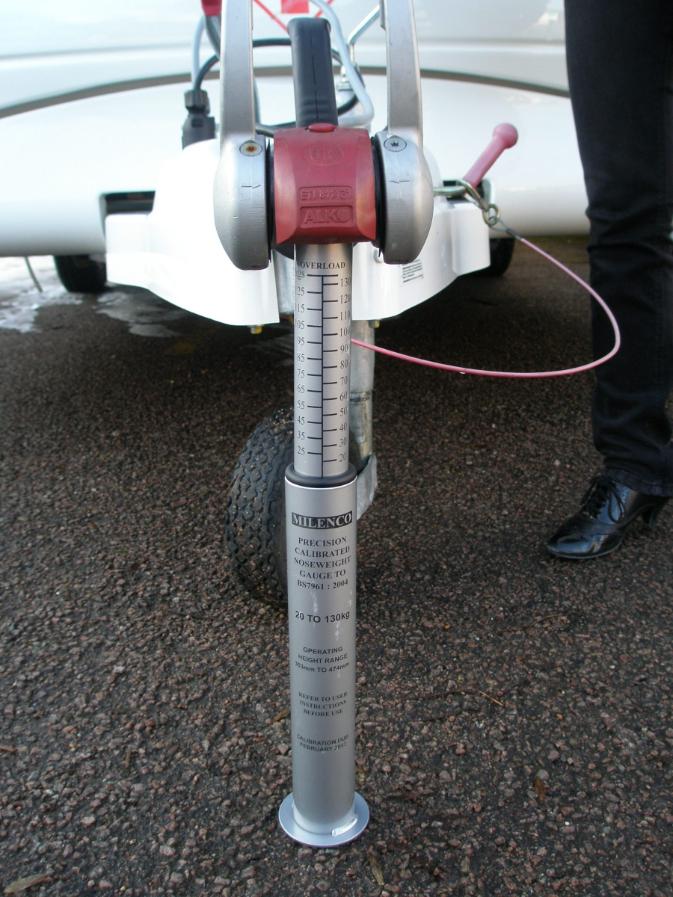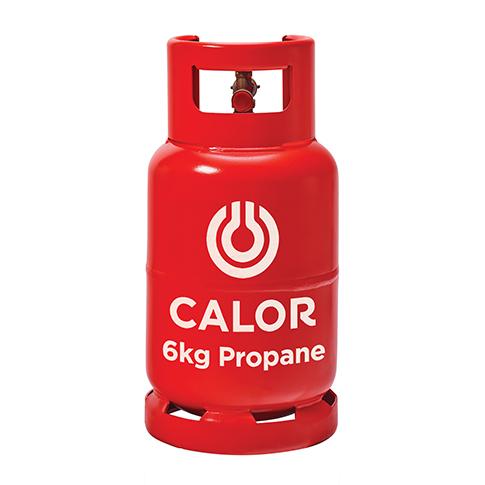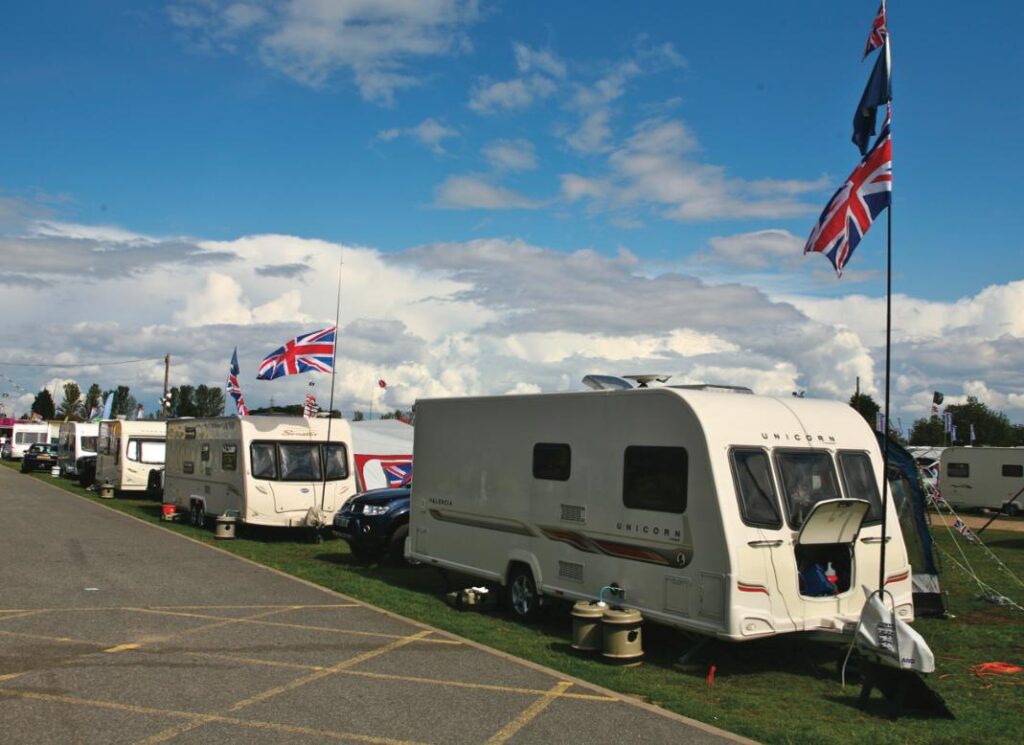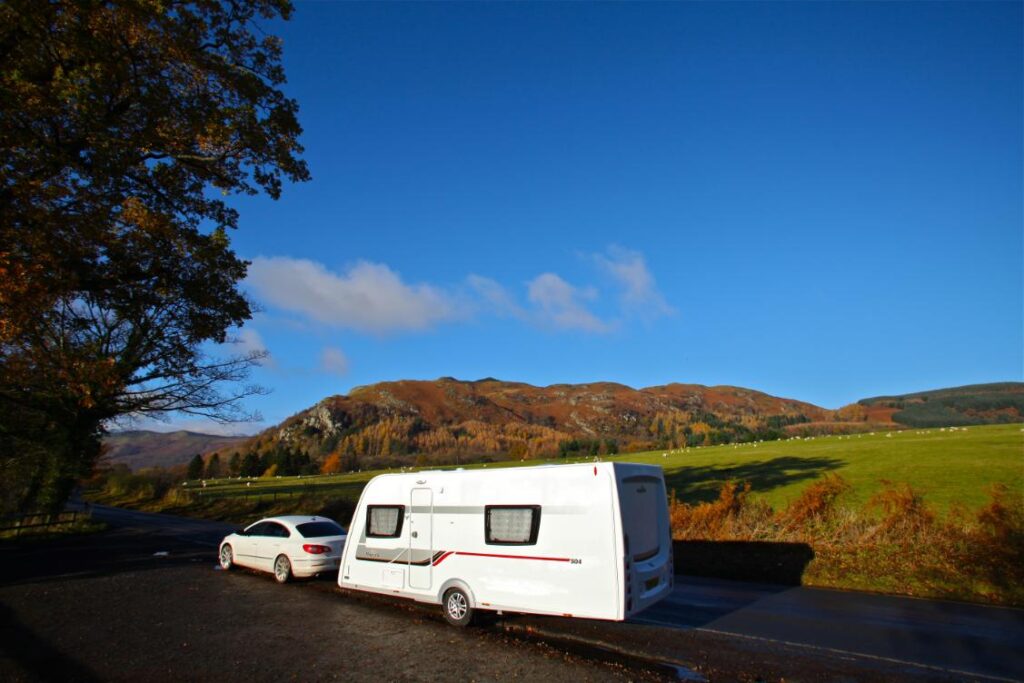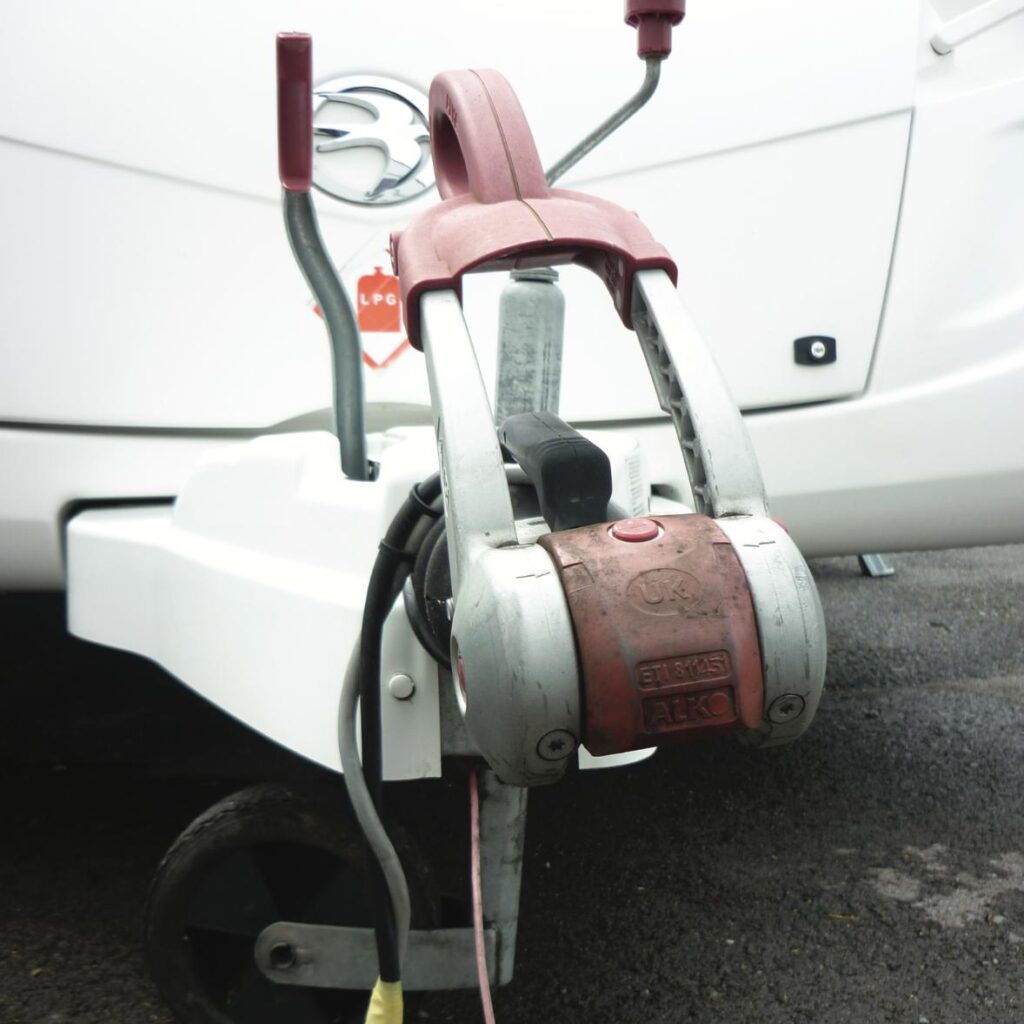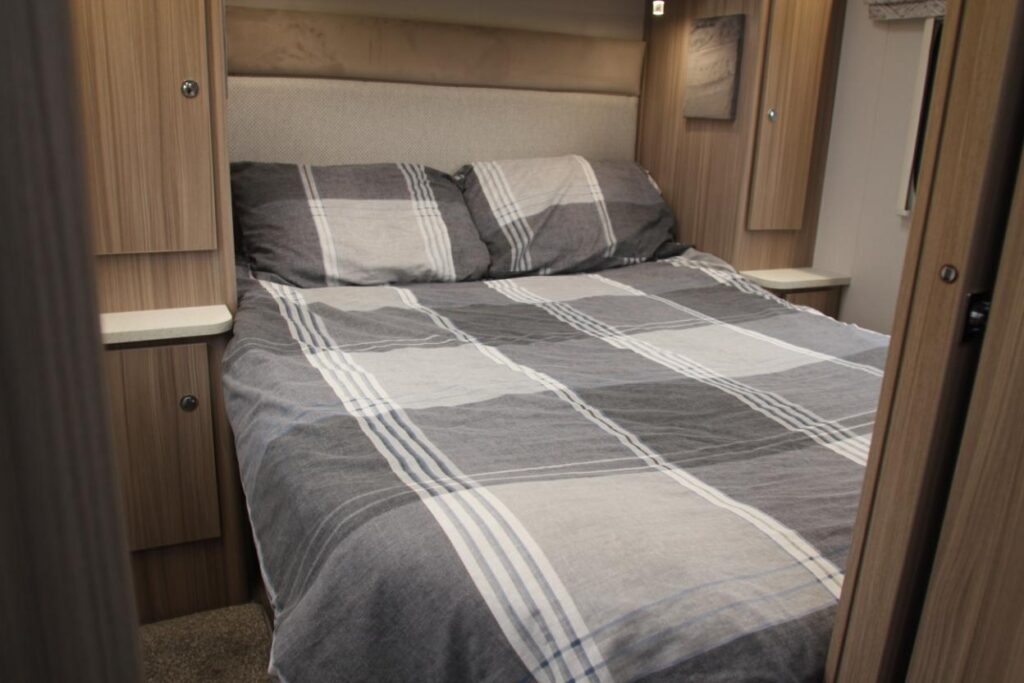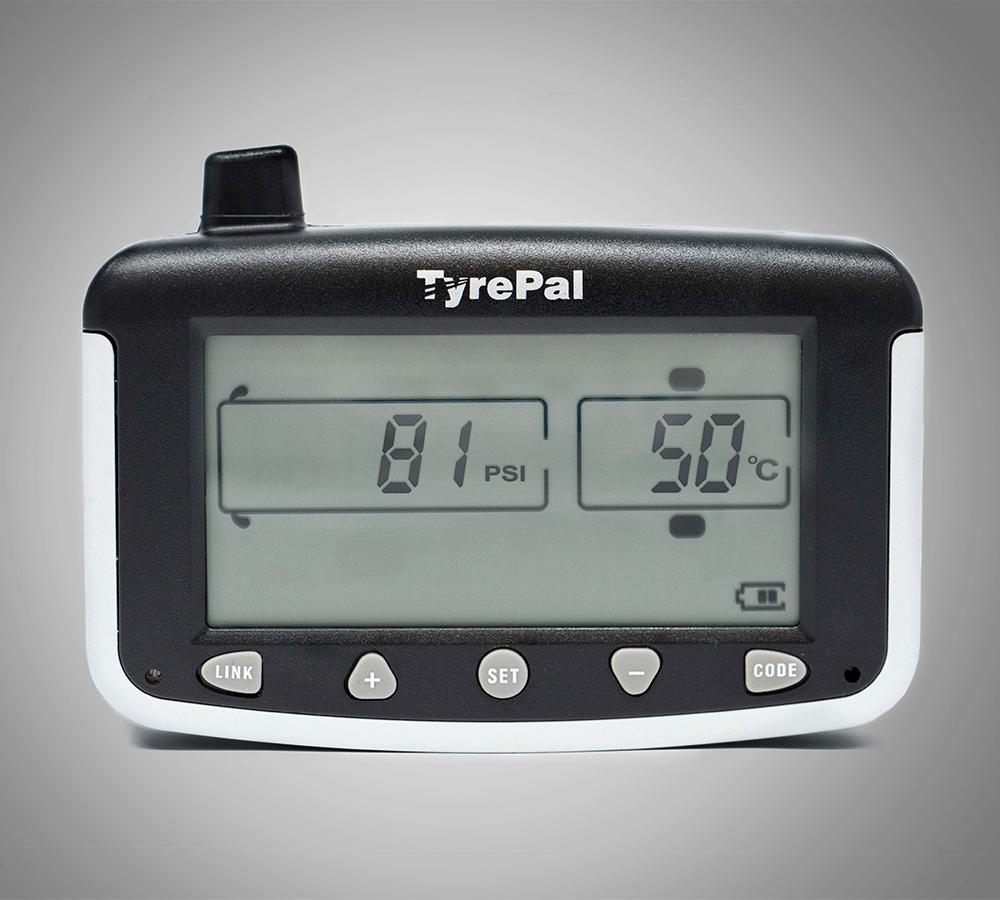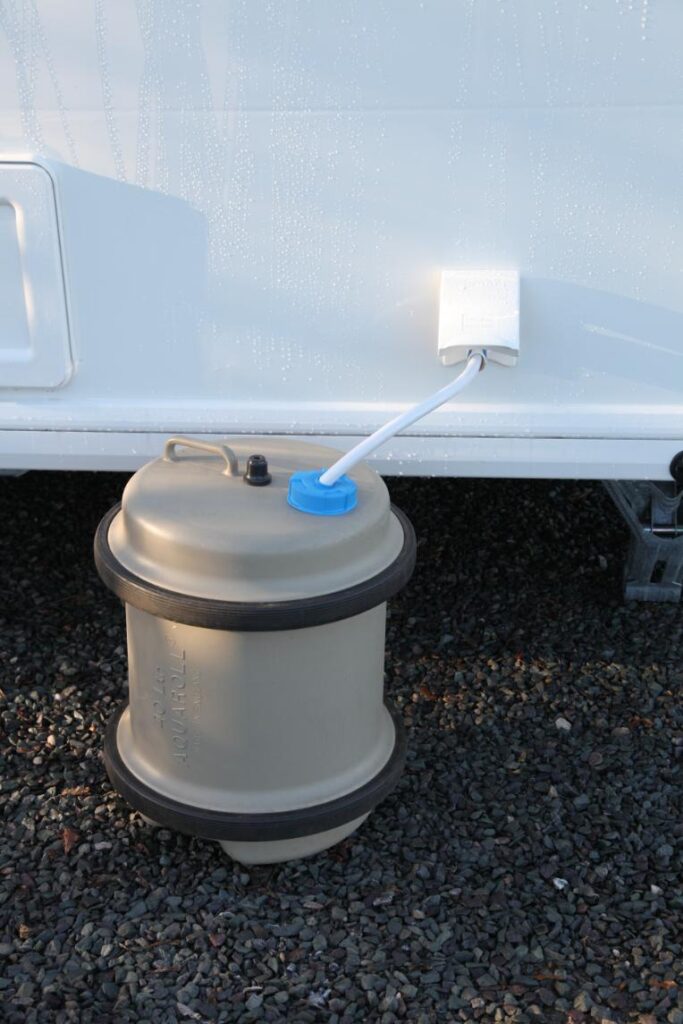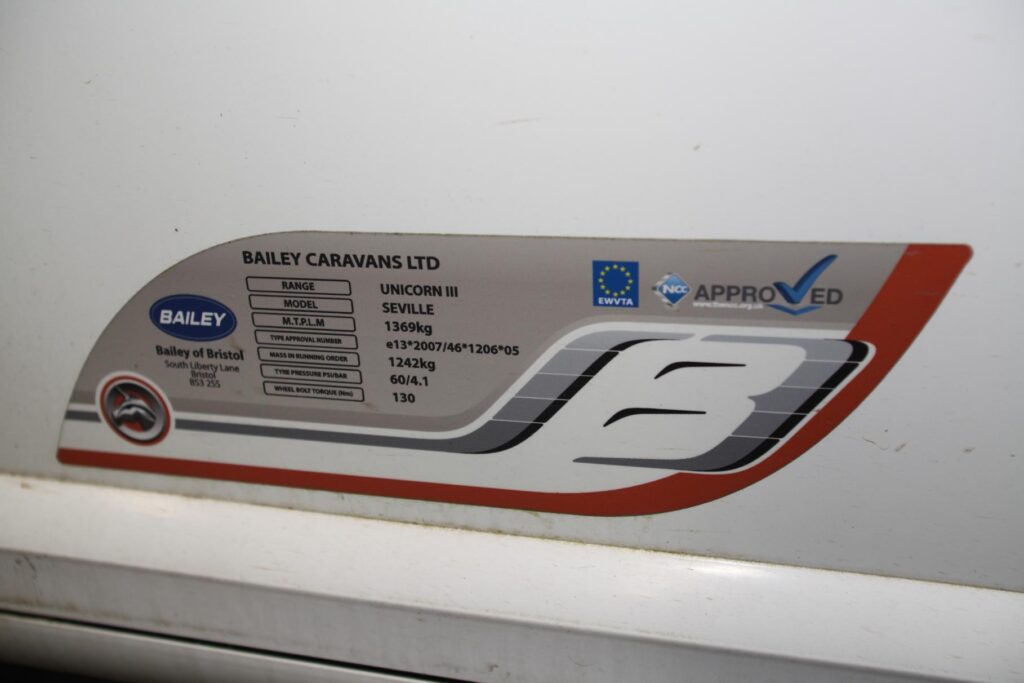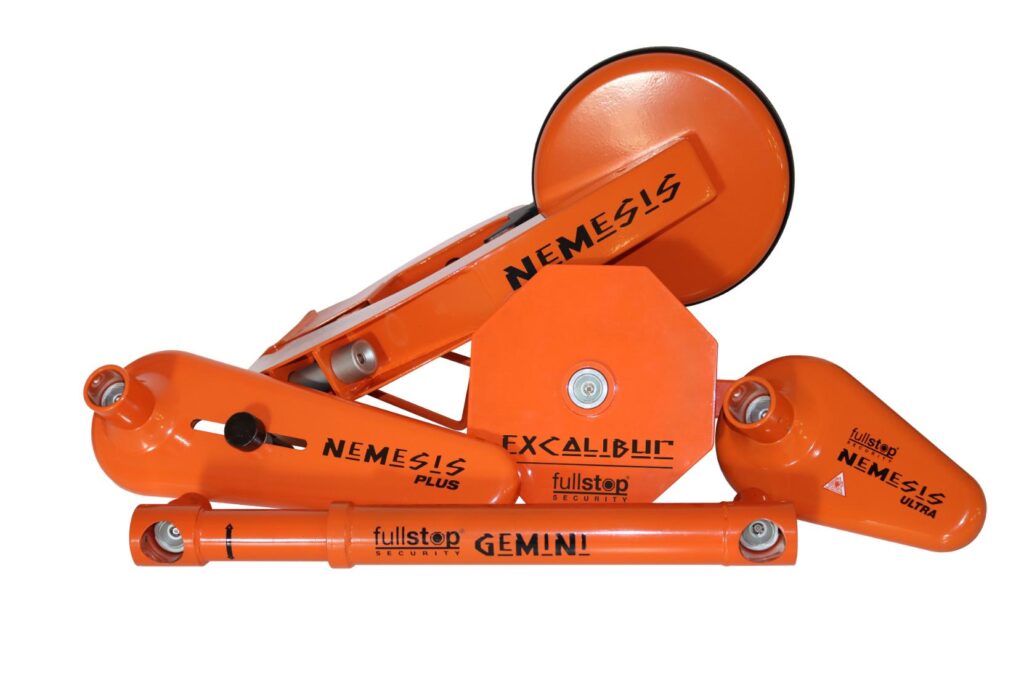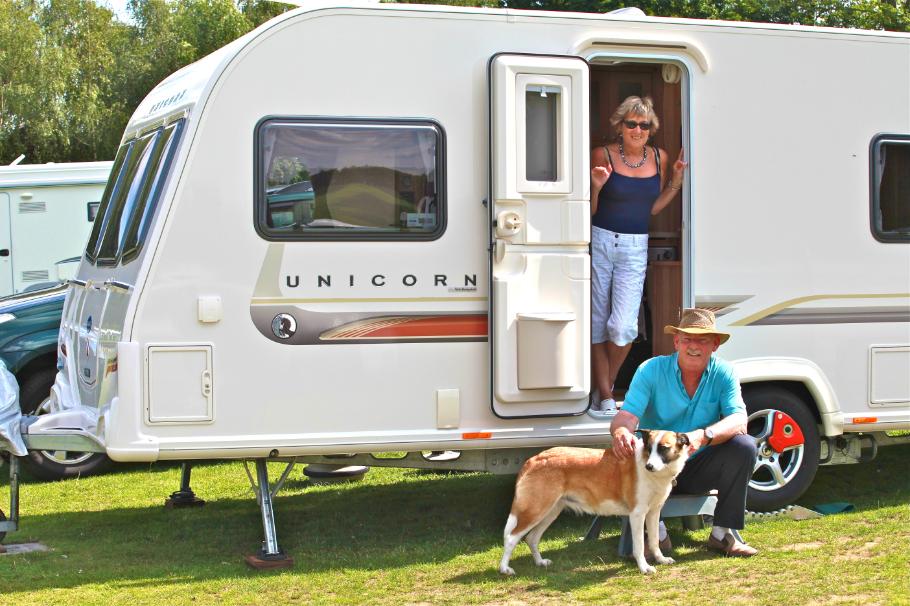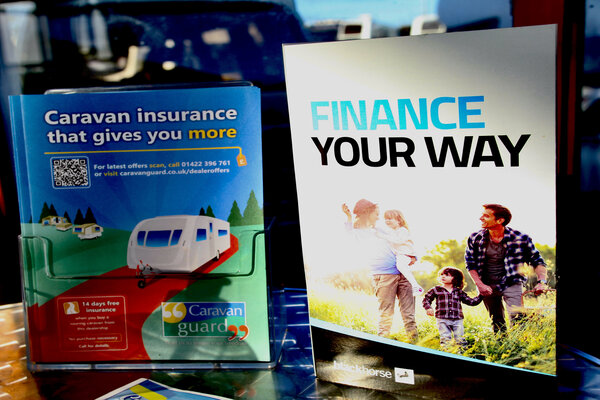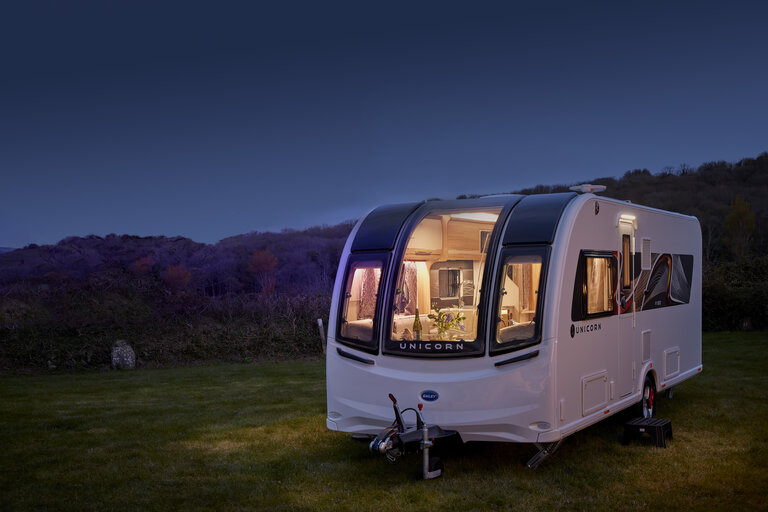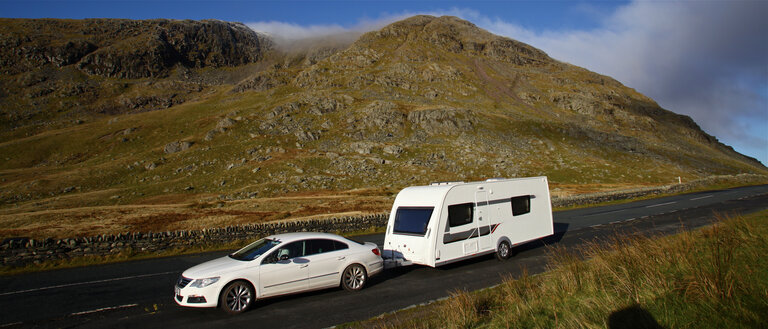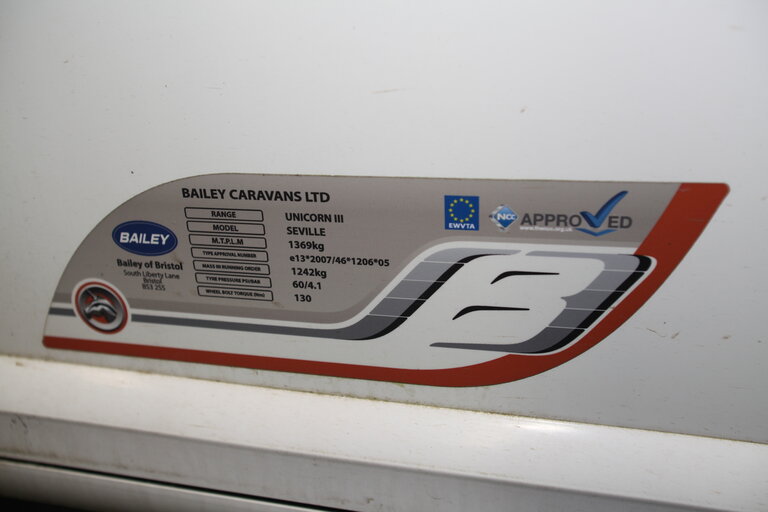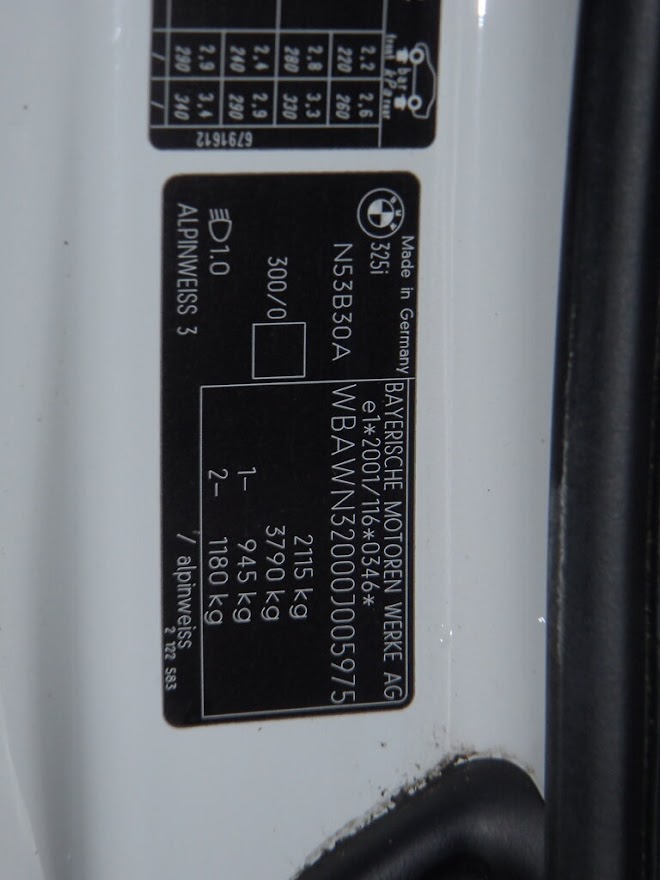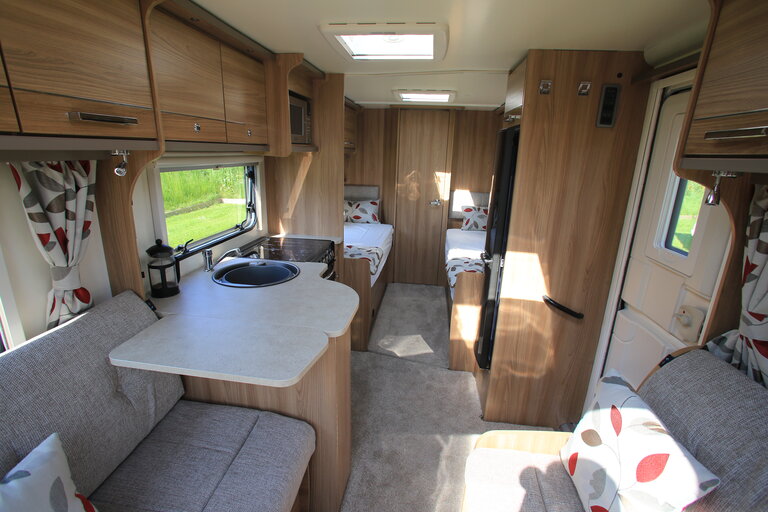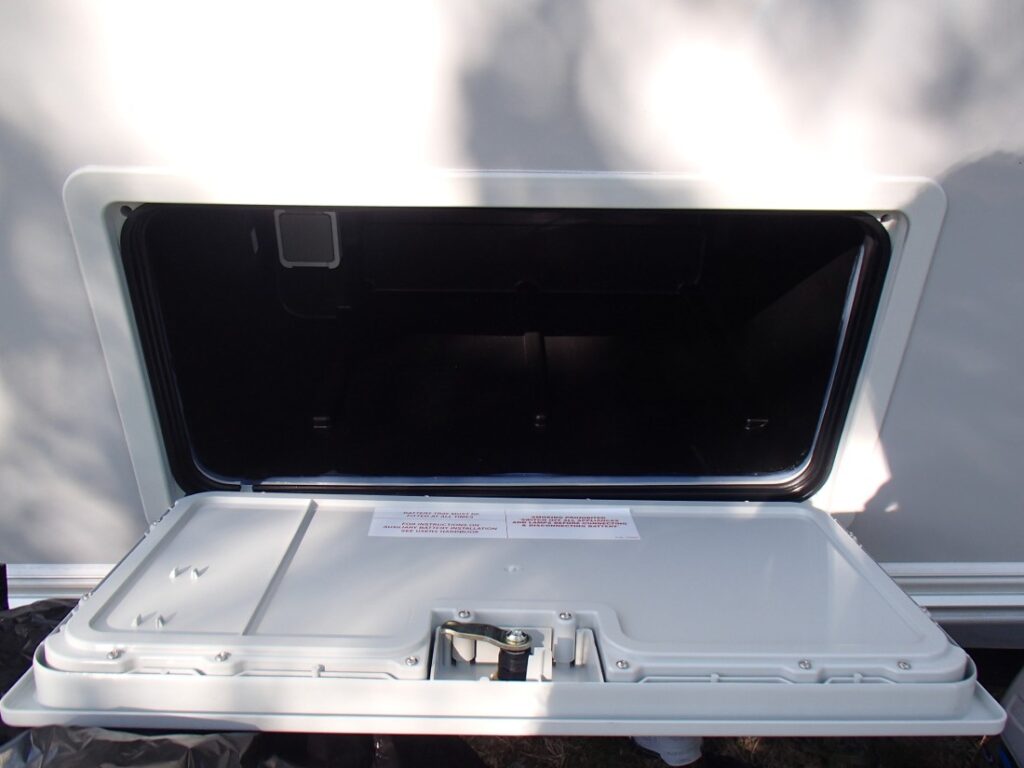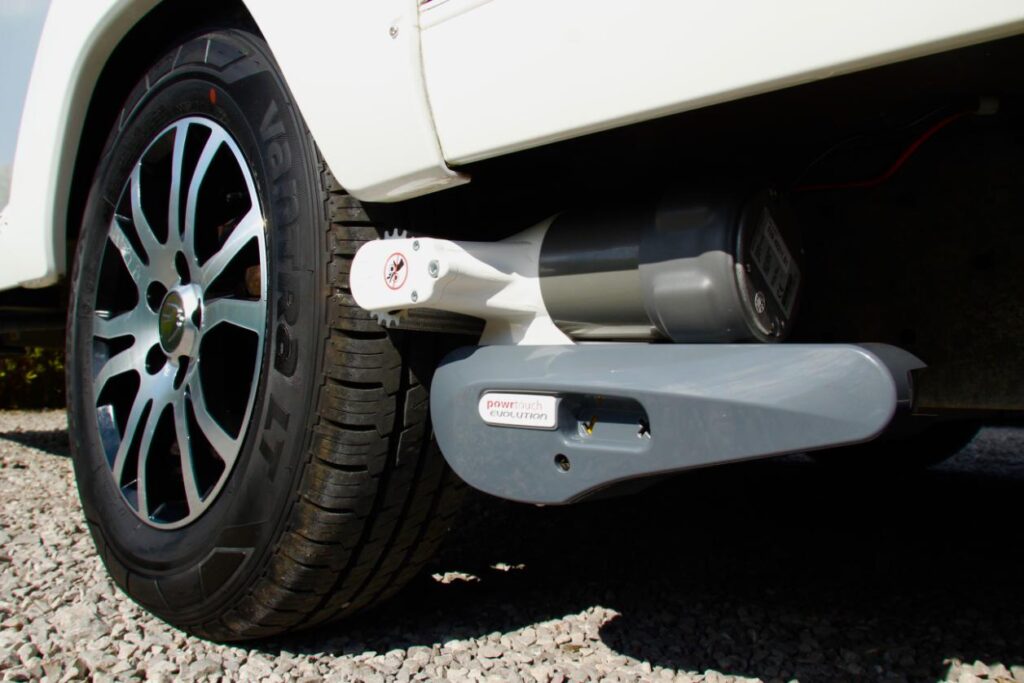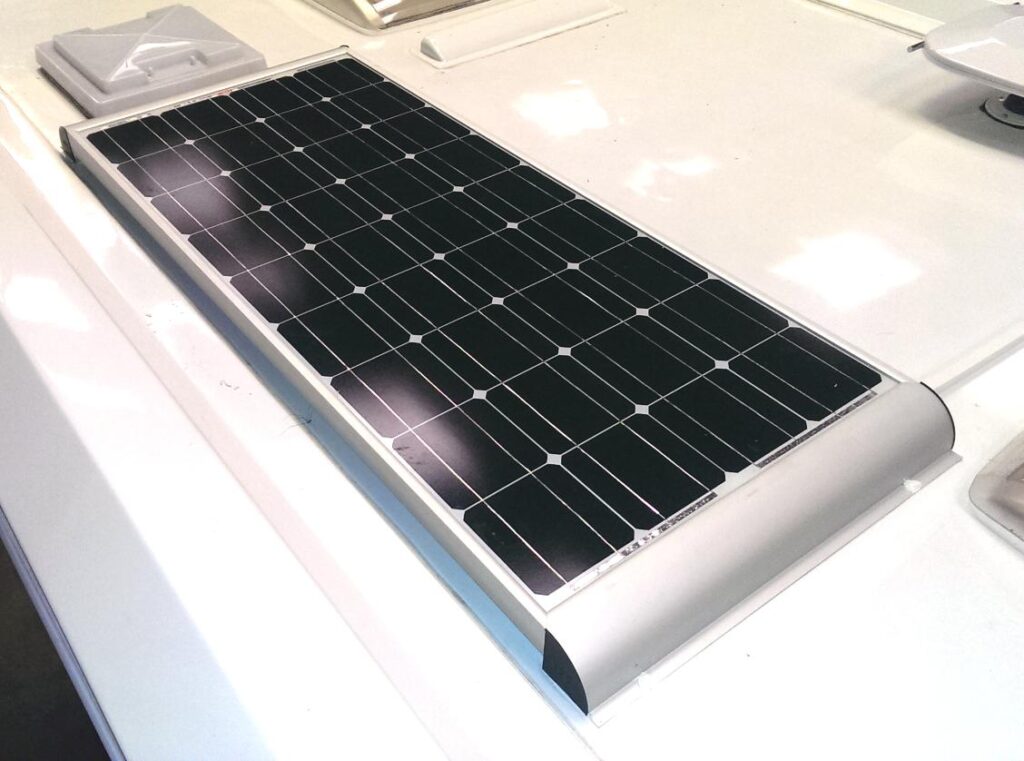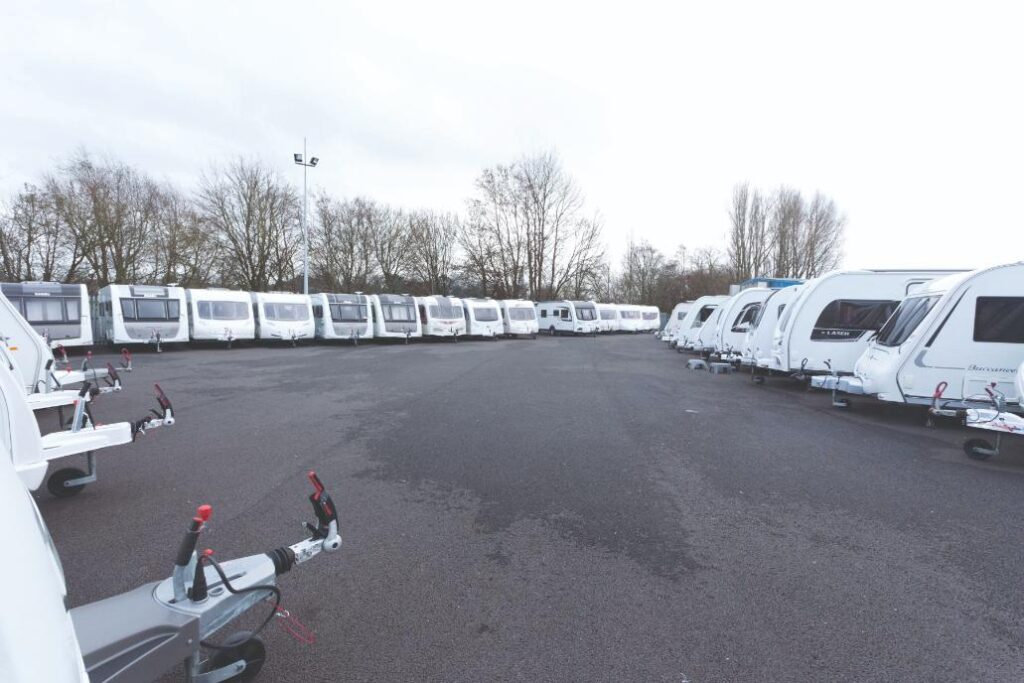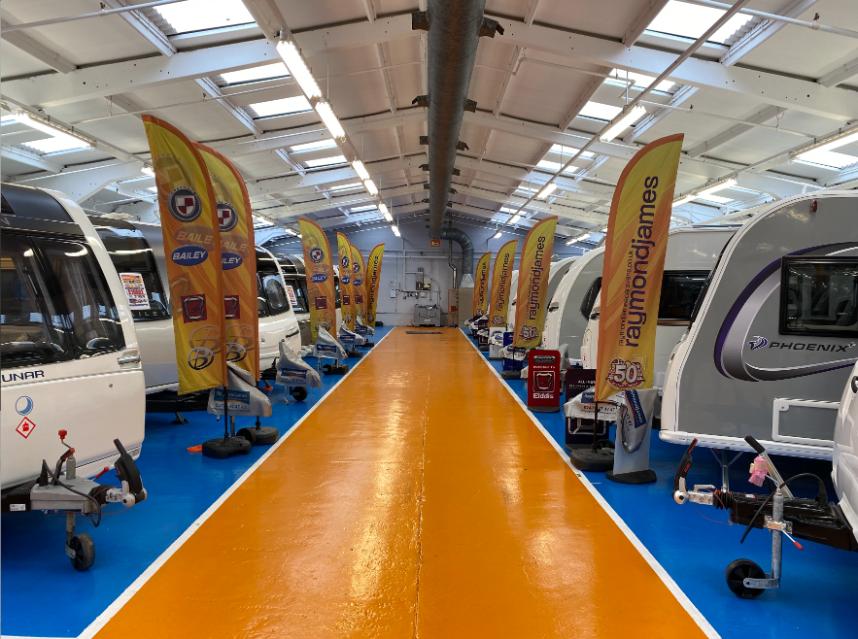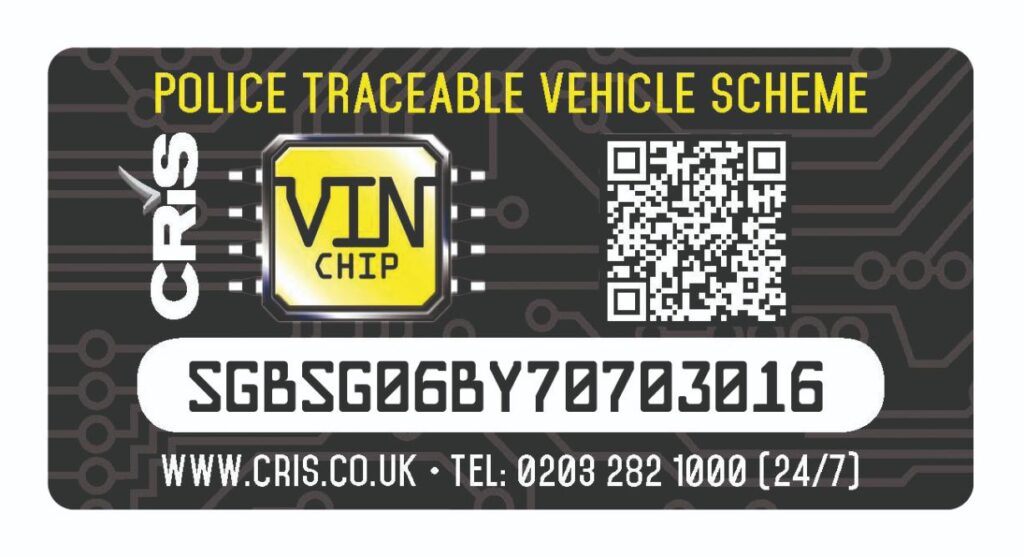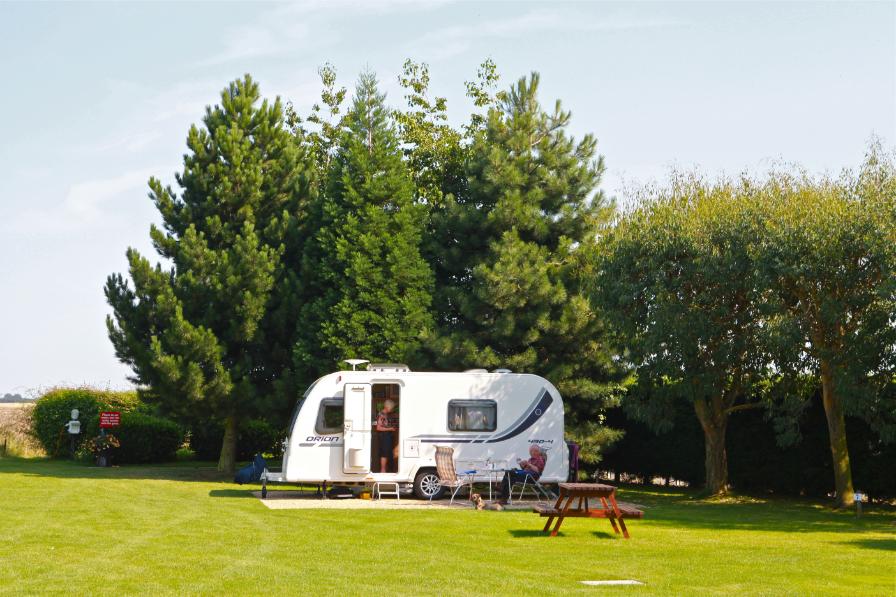An in-depth guide to Shakespeare’s county, Warwickshire, home to premium leisure-vehicle dealership, Raymond James Caravans
We always recommend staying close to your caravan dealership for your first night or two in a new van. That way, if you have any questions or issues, the experts are on-hand to provide the solutions.
This regional guide will also help you have a memorable day when you take your caravan for its annual service at RJC. Drop your van off and go see the sights.
Read on, to discover the best historic and modern-day attractions in Raymond James’ county – Warwickshire.
It may surprise you, but Raymond James Caravans’ head honcho, Bill Chilver, ISN’T the most famous William to ever have worked in
these parts!
A certain well-known scribbler, by the name of Shakespeare, also called wonderful Warwickshire his home, and it’s his legacy that makes the leafy region such a fantastic place to spend a day or two in your caravan.
Read on, to learn our favourite attractions, for anyone spending time in the county.
Warwick
Warwick is a beautiful and ancient town that boasts one of the world’s finest castles at its heart.
Park in the Pay & Display at St Nicholas’ Park (CV34 4QY) where the maximum charge is up to £7 for the day (card and RingGo app only). There is a 2.1-metre height barrier.
St Nicholas’ Park, with its thatched café, is a great place to ease yourself into the day with a coffee or breakfast.
It’s a treasure trove of perfectly-manicured lawns and sweeping pathways, interspersed with mature trees and formal flowerbeds. It sits right on the bank of the gently-flowing River Avon, and is perfectly placed for a picnic later in the day.
The café is open all year, and there’s crazy golf, tennis, a skate park, paddling pool and a funfair – so it’s perfect for kids.
Visitors can also hire canoes, kayaks or pedalos and ‘navigate’ a couple of hundred metres down the Avon, to take in the vast majesty of the castle’s defences.
Boats are available from 10am to 5:30pm, every day of the week in June, July and August, and on weekends in March, April, May and September. It’s worth planning ahead… call 01926 494 743 or check online at warwickboats.co.uk.
For details of St Nicholas Park, visit warwickdc.gov.uk.
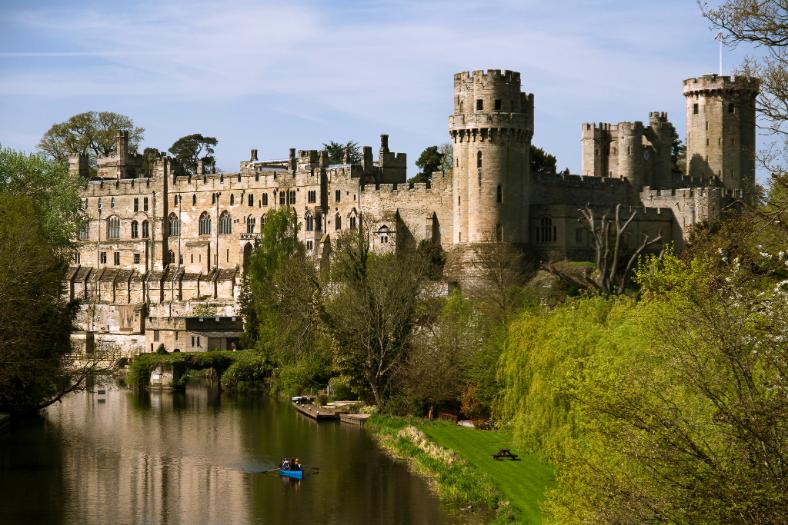 One iconic view of the Castle is from the A425 Banbury Road bridge over the River Avon, right next to the Park. From here you can frame the impressive fort between huge trees.
One iconic view of the Castle is from the A425 Banbury Road bridge over the River Avon, right next to the Park. From here you can frame the impressive fort between huge trees.
Next, walk the short distance into the town centre, keeping your eyes peeled for the amazing architecture and details that are all around. These include magnificent St Mary’s Church, the intricate stone archway on Castle Hill and the façade of the Tourist Information Office with its ornate detailing.
However, you’ll need to walk the length of Jury Street and the High Street (not that far in reality) to see the very best architecture outside the castle. The Lord Leycester Hospital, a timber-framed, medieval building at 60 High Street, is no longer a hospital, but its charmingly wonky exterior is packed with 900 years of history.
Expect entry costs to be around £10 for adults when it reopens in Summer 2023, though it’s possible to download a 20% discount voucher from the website.
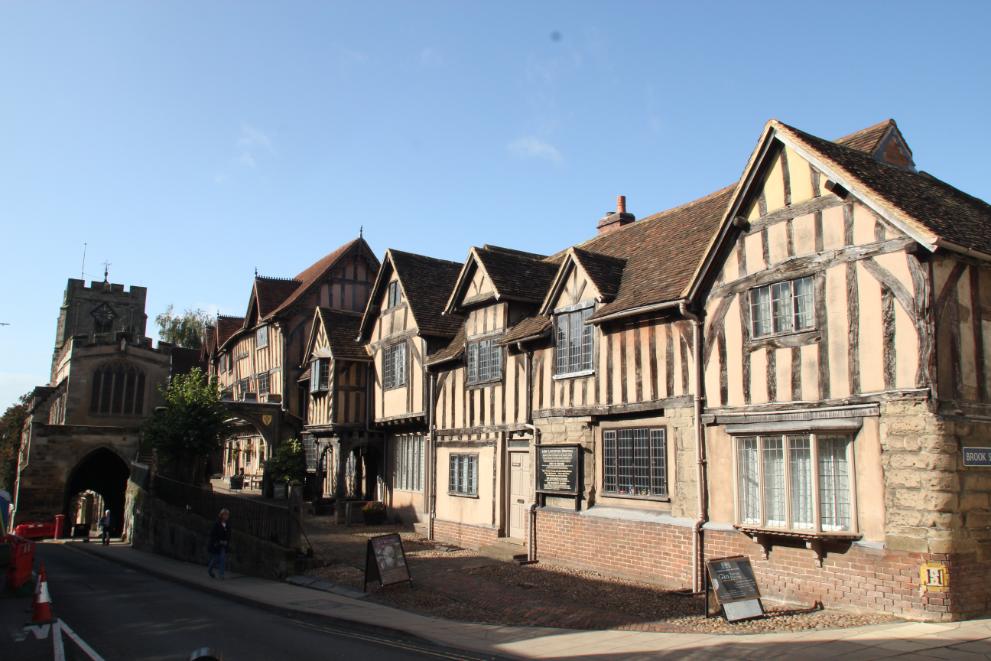 The building was a chapel from 1126, before a Guildhall was added. Later, in 1571, it became a hospital for wounded and aged soldiers.
The building was a chapel from 1126, before a Guildhall was added. Later, in 1571, it became a hospital for wounded and aged soldiers.
In 1617, the Great Hall held a feast to celebrate the visit of King James I to Warwick. It must have been the mother of all parties… it took the town 10 years to pay off the bill!
When it reopens in Summer 2023, after a major refurbishment, the Lord Leycester gardens will be open all year (c.£3 entry) and there’s also a lovely café in the medieval surroundings.
Those fascinated by the history can pay from £11 for a guided walking tour, or save some money by downloading the free ‘Warwick Town of Treasures’ app, and take a self-guided tour of the hospital and town.
I would consider taking headphones along, as Warwick is a busy town and, I would say, slightly spoiled by all the traffic! Also, remember to download the app beforehand, when you have a strong wifi signal.
The app is excellent, and will enhance any visit to the town. It even includes a guided tour of St Mary’s Church, along with a fascinating ‘walk through history’ in between the two locations.
All this history will make you hungry, and Jack’s Shack in Jury Street is a good tip for refuelling. It offers an excellent range of cakes, snacks and beverages. It’s a fun spot, and its refreshments are great.
Warwick Castle
William the Conqueror built Warwick Castle in 1068, although it took another 100 years before it was constructed using stone.
This incredible fort has a history worthy of a season of Game of Thrones, and there’s barely a decade when it wasn’t at the centre of some drama; from civil war and sieges, to murder, torture and mayhem. The gory details are revealed in all their bloody excessiveness, when you take a Castle day-trip (£34 for aged 3+).
There’s also a range of live shows within the castle walls each day. These include wizards, falconry, jousting and archery, plus a giant working trebuchet catapult.
Meanwhile, the Castle’s Dungeon reveals why it was sensible to toe the line back in medieval times.
The endless tales of grisly ways to die might appeal to those with an appetite for the gruesome endings! The dungeon, of course, is extremely popular and costs a £8 supplementary fee.
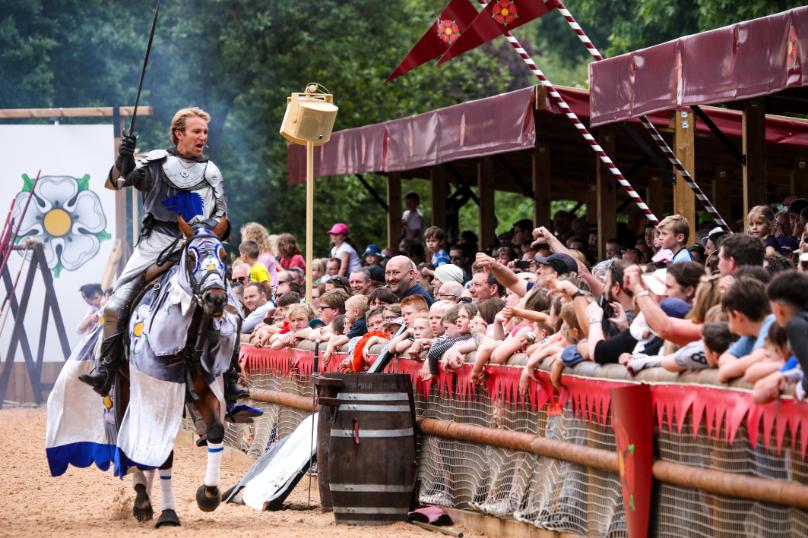
The Castle itself is quite astonishing. On the outside there are the towers, ramparts and 64 acres of stunning gardens; while, inside, the Great Hall and staterooms are sensational.
There’s plenty to keep kids engaged, too. See if they can escape from the Horrible Histories’ Maze, then find a seat at the War of the Roses Live Arena.
There’s enough at the Castle to keep you enthralled for a full-day, so perhaps take a picnic and save a few bob as you soak up all that history.
British Motor Museum
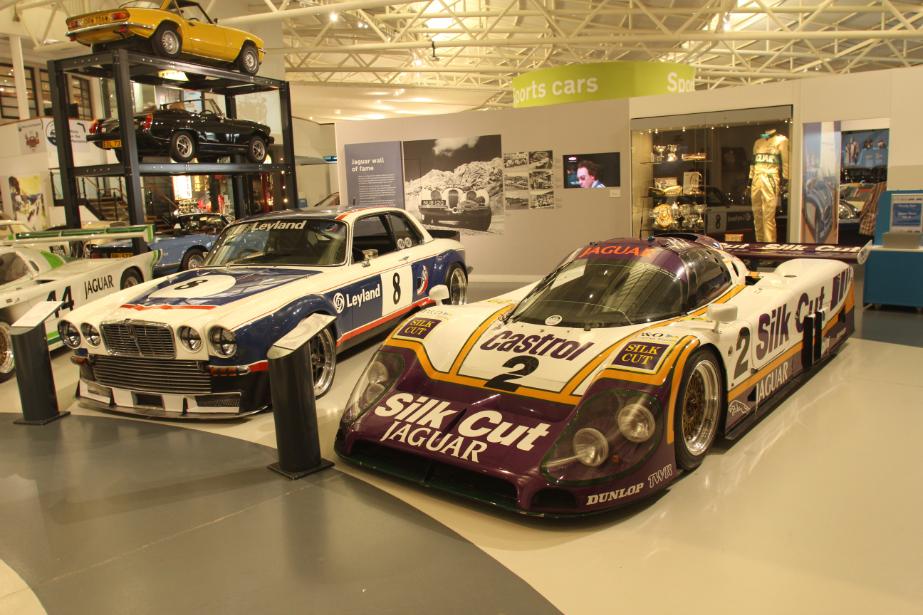 This expansive automotive museum is located right next door to Jaguar Land Rover’s HQ at Gaydon (CV35 0BJ).
This expansive automotive museum is located right next door to Jaguar Land Rover’s HQ at Gaydon (CV35 0BJ).
Admission costs £14.50 for adults, £12.50 for concessions and £9 for kids; but there’s enough here to keep you entertained for at least half a day. Inside, you’ll find hundreds of unforgettable British automobiles, commercial vehicles and motorcycles.
It helps if you’re aged over 45, and can recall the heyday of British car manufacturing in the 50s, 60s and 70s. All those cars you were driven in, or you coveted, in your childhood and teens are on display.
Car enthusiasts will be hit with a tsunami of amazing memories – many involving broken fan belts, steaming radiators and hard shoulders!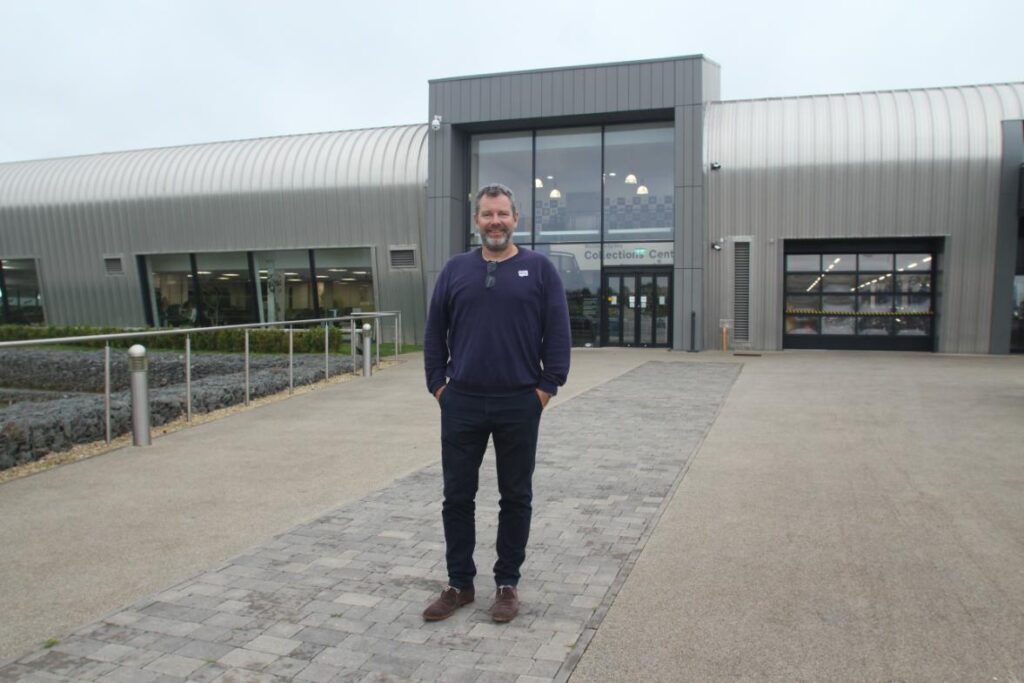
Every British automobile your youth is likely to be on display along with many historic motors from racetrack and TV screen.
The British Motor Museum was expanded a few years back and now has an additional annex crammed with fascinating meta, including F1 cars and some one-off concept road cars.
Stratford-upon-Avon
William Shakespeare’s legacy has made Stratford a huge tourist trap, but it’s still unmissable, especially if you head there slightly out of season. Park in the Windsor Street Shoppers Car Park (21 Windsor St, CV37 6N), as it’s both cheap and very close to the town centre.
From there, the first stop must be the Royal Shakespeare Theatre and its environs. Here, you’ll find the River Avon with its boat hire and tourist cruises from the Marina, Bancroft Gardens, sculptures and room for kids to play. Plus, just over a footbridge is the lovely Stratford Butterfly Farm.
I can recommend the nearby Pen & Parchment pub for coffee or lunch. You’ll find it on Bridge Foot Road, next to the Tourist Information Office. It offers a wide choice, excellent value and decent quality. There’s, free WiFi, too.
In addition to the RSC, there are five main Shakespeare-focused attractions around the town. These are: Anne Hathaway’s Cottage, Shakespeare’s New Place, Shakespeare’s birthplace, Mary Arden’s Farm and Hall’s Croft.
Shakespeare addicts will want to see all five, but the less fervent can happily make do with two or three. A 12-month, Shakespeare’s-Story Ticket for three destinations costs £25 for an adult, £12.50 for a child and £20 for concessions.
Meanwhile, tickets for each attraction cost £20, £10 and £16 respectively, so, if you’re planning to visit more than one, it makes sense to buy the Shakespeare’s-Story option. You can always pop back within 12 months to see the remaining properties. (shakespeare.org.uk)
William Shakespeare was born in Stratford in April 1564. His parents were wealthy and the house where he was born still exists in Henley Street, next-door to the Shakespeare Gift Shop and close by the Shakespeare Centre. His father, John, was mayor of Stratford, so William attended the local grammar school.
In 1601, John Shakespeare died, so William, as the eldest son, inherited the house. It was passed down through the family for two centuries, before the Shakespeare Birthplace Trust bought it in 1847.
Aged 18, William married Anne Hathaway and the couple had three children, but, soon after, he moved to London to pursue his writing career. Within a few years he gained both fame and fortune, with many of his most famous works being written from 1589 to 1613.
It’s believed that Shakespeare retired back to Stratford shortly before his 50th birthday. It was here that he died, three years later. By then he had created over 39 plays and 154 sonnets.
Shakespeare’s birthplace is an impressive and elegant house on Henley Street. Close by, at 22 Chapel Street, is Shakespeare’s New Place, the house it’s believed he retired to. The latter is an intriguing interpretation of William’s life, featuring wonderful gardens filled with sculptures.
While in town, consider visiting the amazing Mechanical Art & Design Museum, at 4-5 Henley Street (which is just 100m from Shakespeare’s Birthplace).
This excellent museum is packed with engaging attractions for grown-ups and children, all of whom will love the collection of weird and wonderful machines on display. It’s Steam Punk meets Scrapheap Challenge… a delight for anyone who loves their engineering delivered in a fun way!
M.A.D is perfect for kids who love their STEM subjects at school, while adults will appreciate the design and sculptural beauty of these mind-boggling machines.
MADmission is £8.80 for adults, £7 for concessions and £6 for 6-15 year olds. Under 6s go free, while a 2+2 family ticket costs £25.
Mary Arden’s Farm and Anne Hathaway’s Cottage are located in beautiful countryside just outside Stratford.
You could walk the mile to Anne Hathaway’s Cottage (CV37 9HH), but tit’s easy to park if you decide to drive.
This is where William romanced his wife to be, and it’s a picture-perfect setting, especially the sensational gardens.
Anne was born here in 1556 and her descendants lived in the house until 1911! The cute cottage has nine acres of gardens, orchards and woodland, making it a lovely place to chill-out on a sunny day. Maybe, take a picnic and enjoy all that this divine cottage has to offer.
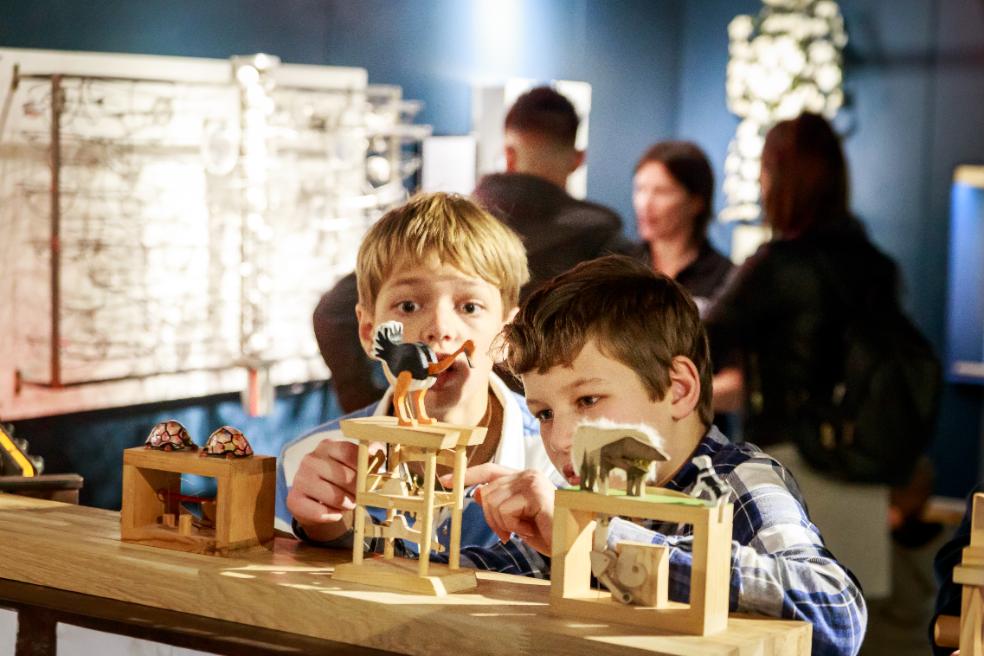 Further out of town (CV37 9UN), is Mary Arden’s Farm, the childhood home of William’s mother. This is a working Tudor-age farm that delivers all the sights, sounds and pungent smells of a 16th-century small-holding!
Further out of town (CV37 9UN), is Mary Arden’s Farm, the childhood home of William’s mother. This is a working Tudor-age farm that delivers all the sights, sounds and pungent smells of a 16th-century small-holding!
Bad odours aside, period-costumed staff carry out the daily tasks you’d have seen on a Tudor farm. Energetic visitors can also partake in some duck-herding and archery.
There’s plenty to keep kids engaged, too. As well as a large adventure playground, there are butterflies, nature trails, a falconry display and opportunities to ‘Meet the Farm Animals’.
Both historic attractions are fascinating and photogenic.
Where to stay
Stay very near Raymond James Caravans on the lovely Lime Tree campsite at Ratcliffe Culey. It’s just 2.3 miles from the dealership.
Lime Tree Caravan Park
Main Road, Ratcliffe Culey, Atherstone CV93PD
Open All year
Price £23 (£21 for seven nights or more)
T 07891 145467
W limetreecaravanpark.co.uk/
This small, family-run caravan site has flat pitches, along with toilets and showers. There’s a pub nearby, and the lovely spacious pitches make it easy for novice caravanners to get set up. The 16A electric hook up is the cherry on the comfy-camping cake!
Or explore the region, basing yourself at one of these recommended sites.
Harbury Fields Caravan Park
Harbury Fields Farm, Middle Road, Harbury CV33 9JN
Open Until late-November (27 November in 2023)
Price from £18 in high season
T 01926 612457
W harburyfields.co.uk
This stunning campsite has 58 flat, hardstanding pitches, set in lush, rolling countryside. It’s located 15 minutes from Leamington Spa and Warwick, making it perfect for visiting the county’s many attractions. All the pitches are spacious, with full-service pitches also available. The facilities are clean and modern, plus there’s a cosy reception with seats.
Warwick Racecourse CAMC Site
Hampton St, Warwick CV34 6HN
Open Early March to early-January (to 3 Jan 2024 this year)
Price from £17.40
T 01926 495448
W camc.com
This idyllic tree-lined site is ideally-located for some Shakespeare-based action!
It has 56 pitches, 31 of which are hardstanding. The facilities are Club-class, though it is open to non-members, too. It’s perfect for lovers of dogs, walking and cycling… or all three! Located close (but not too close) to the M40, it’s a pleasant 15-minute walk into Warwick town. Alternatively, meander down to the Grand Union Canal at picturesque Hatton Locks.
Other Attractions
The National Motorcycle Museum
Coventry Road, Bickenhall, Solihull
T 01675 443311
W nationalmotorcyclemuseum.co.uk
Kenilworth Castle
Castle Green, Kenilworth CV8 1NG
T 03370 3331181
W english-heritage.org.uk
Royal Leamington Spa
Court Street Car Park CV31 2BB
W royal-leamington-spa.co.uk
Charlecote Park
Charlecote, Warwick CV35 9ER
T 01789 470277
W nationaltrust.org.uk
Plus…
• warwickshirewalkingtours.co.uk
• britishmotormuseum.co.uk
• themadmuseum.co.uk
- shakespeare.org.uk
- warwick-castle.com
• visitwarwick.co.uk - lordleycester.com
• royal-leamington-spa.co.uk
• butterflyfarm.co.uk (Stratford Butterfly Farm)
• hattonworld.com (Hatton Country World)
• tudorworld.com (Tudor World) - Google – Jephson Gardens, Leamington Spa
• thenec.co.uk (National Exhibition Centre)
 The author
The author
John Sootheran is a seasoned caravan and motorhome journalist who previously edited Caravan magazine, and now writes for Britain’s best-selling caravan magazine, Practical Caravan, along with Practical Motorhome and the Camping & Caravanning Club magazines. He also works with a number of major caravanning brands.

